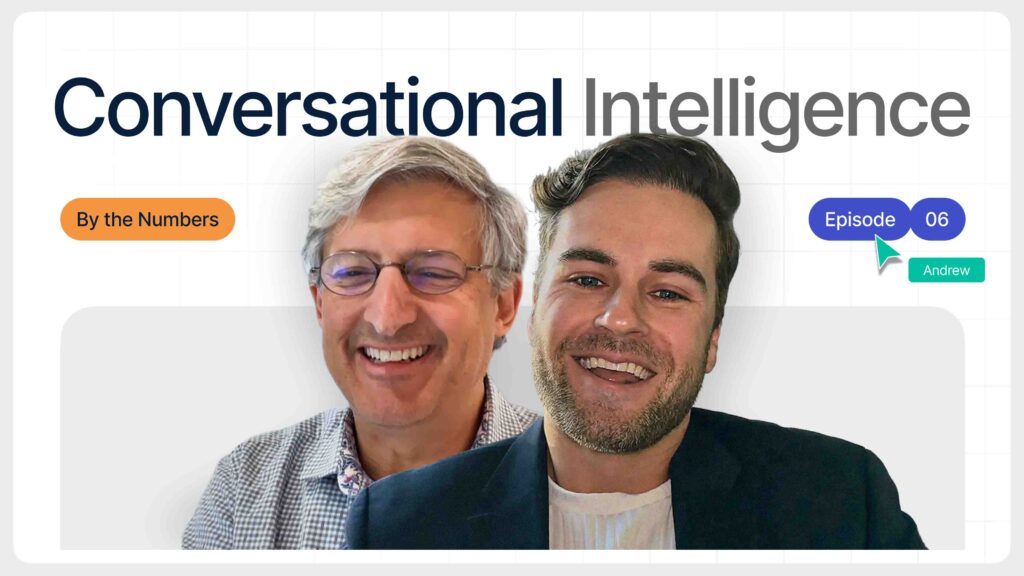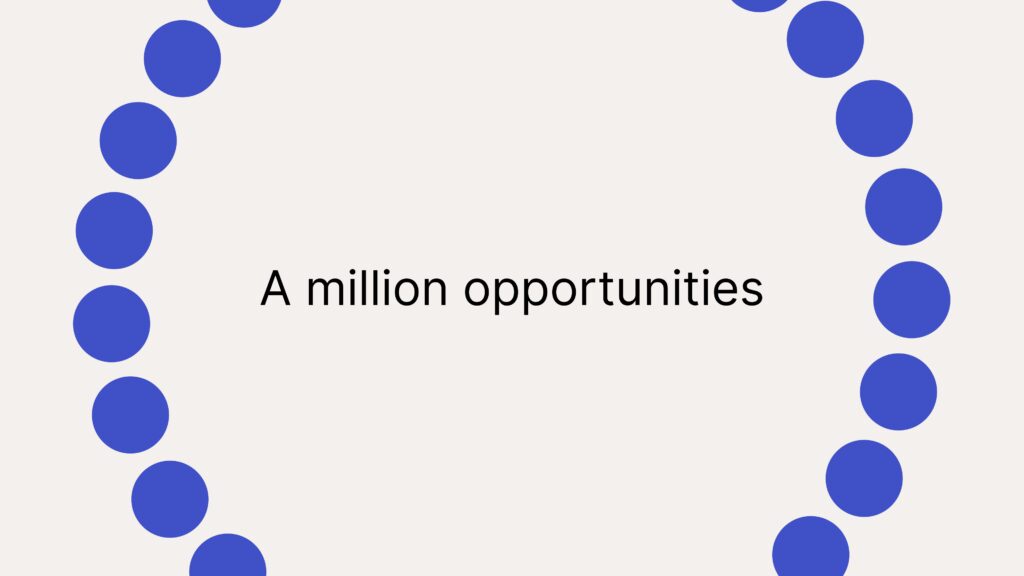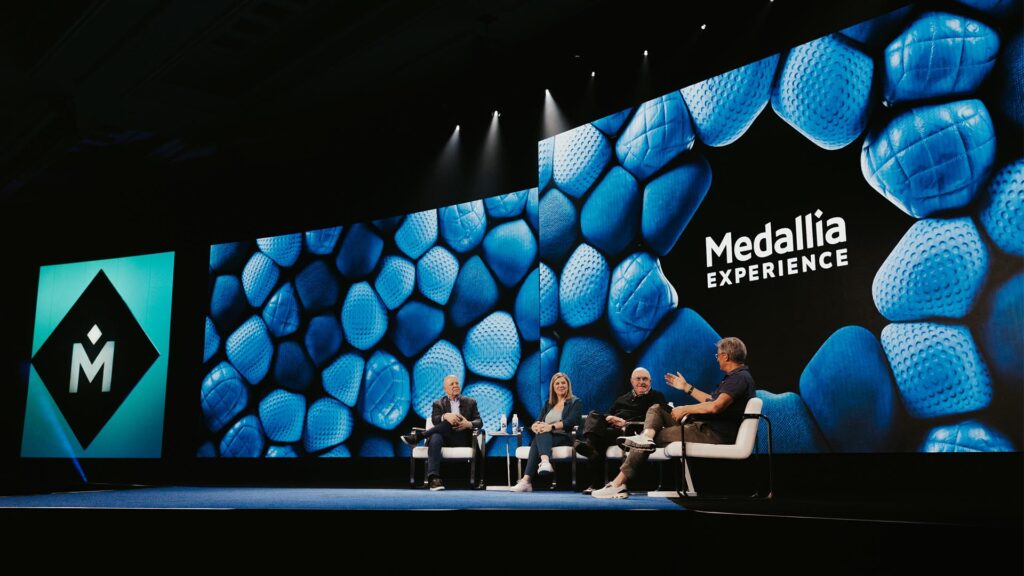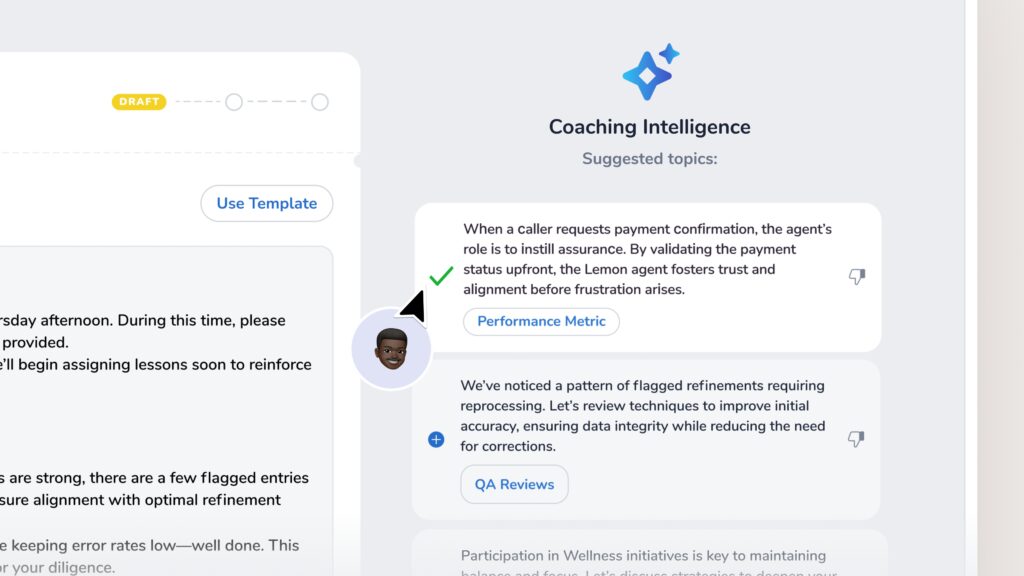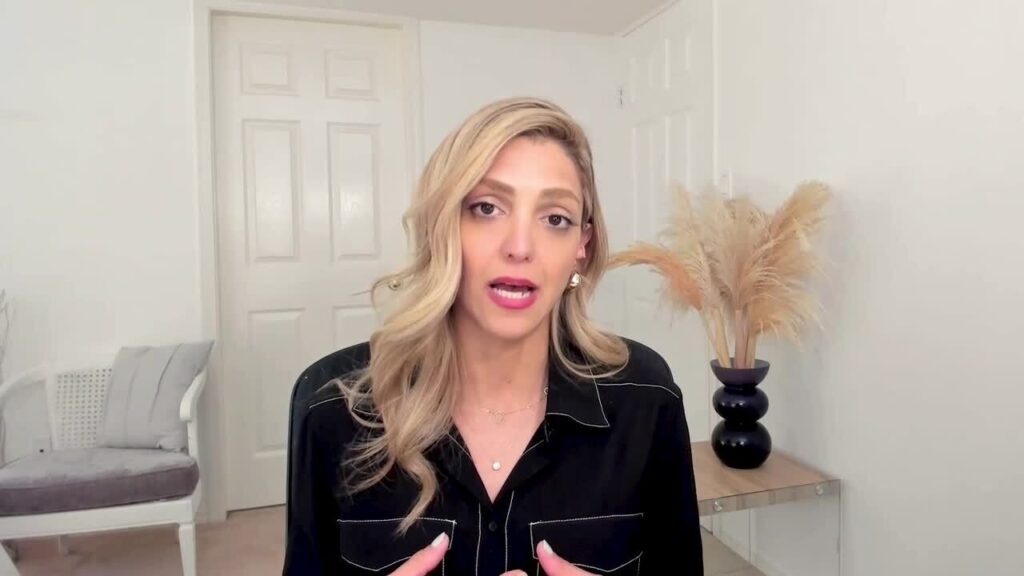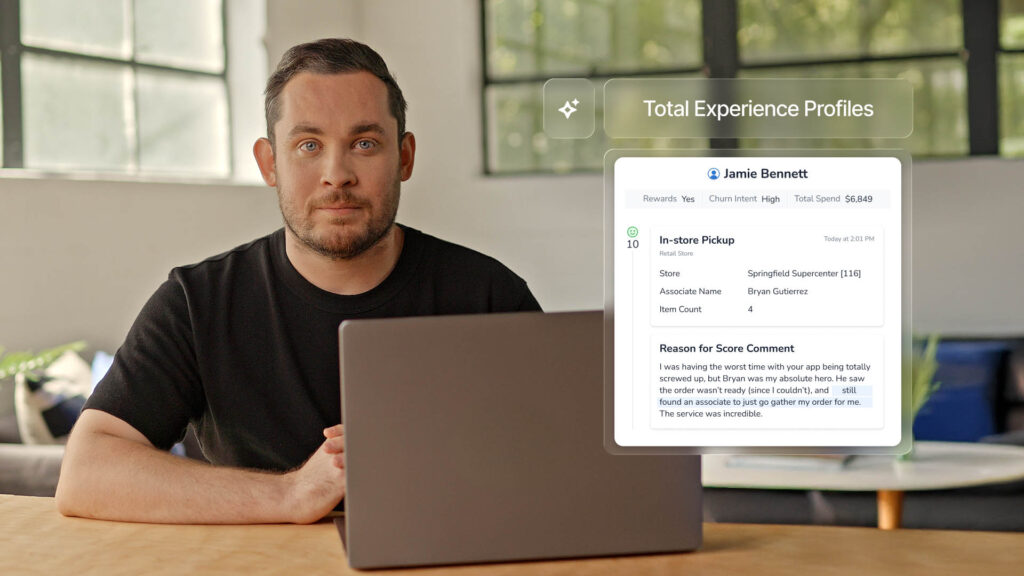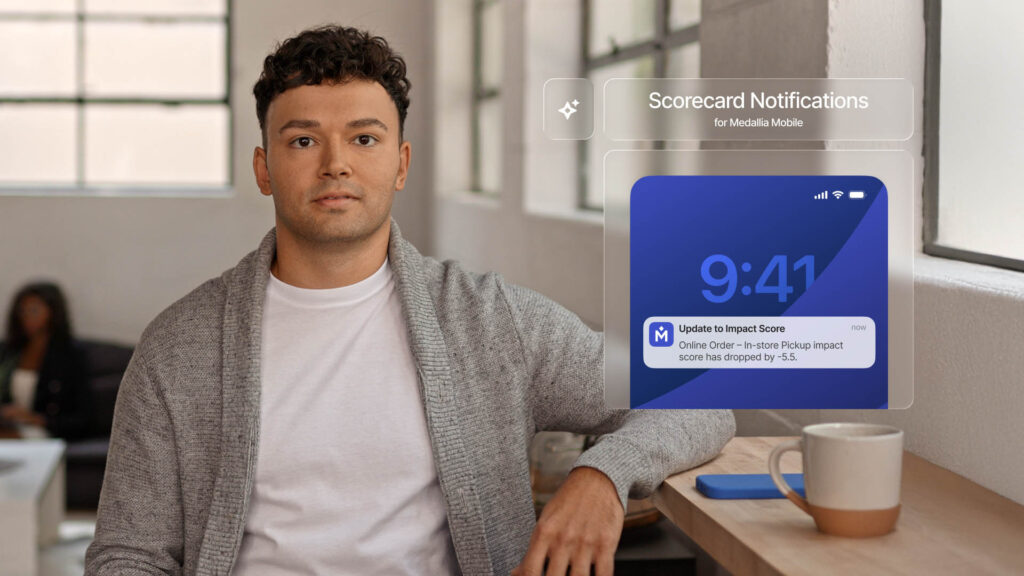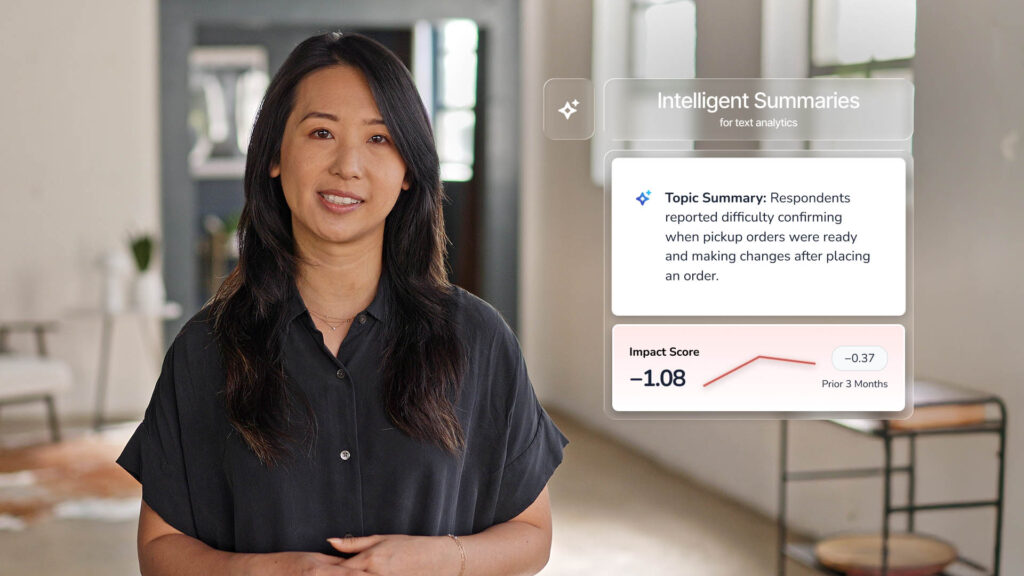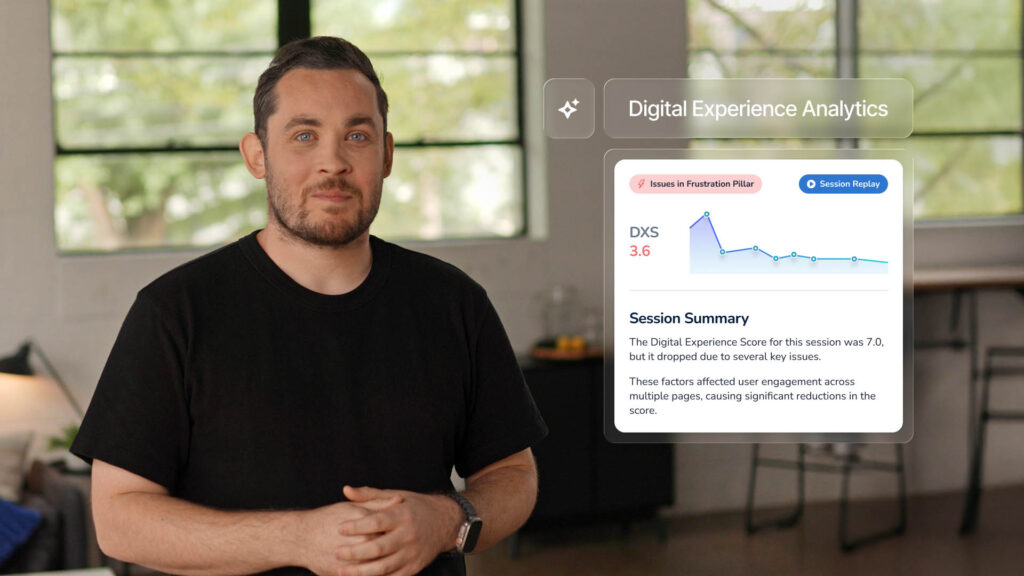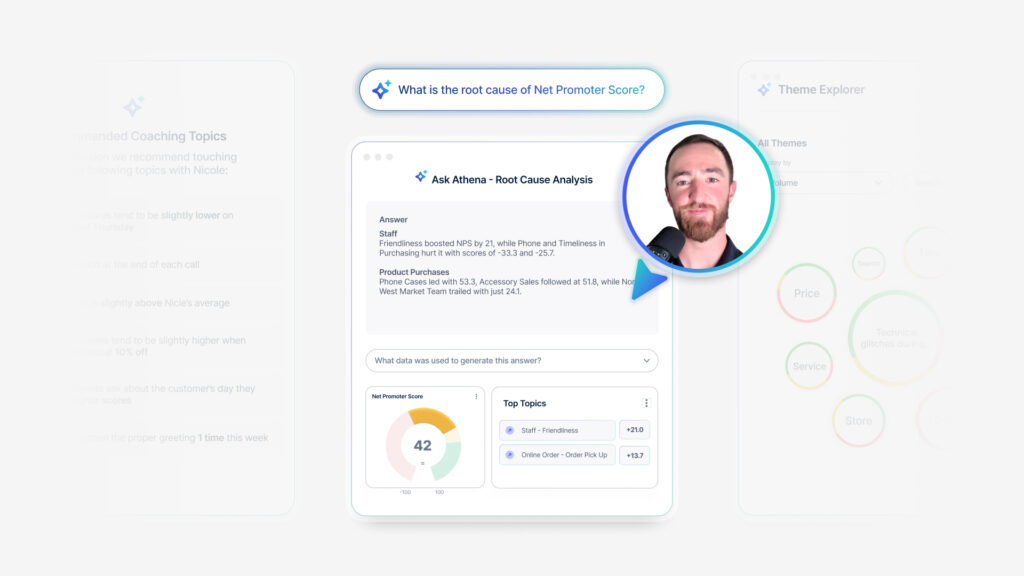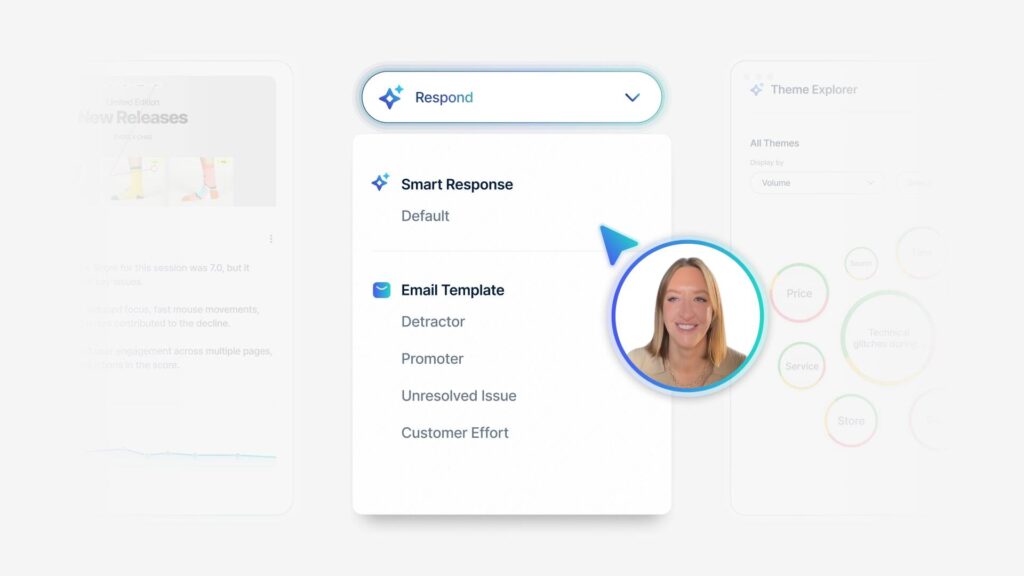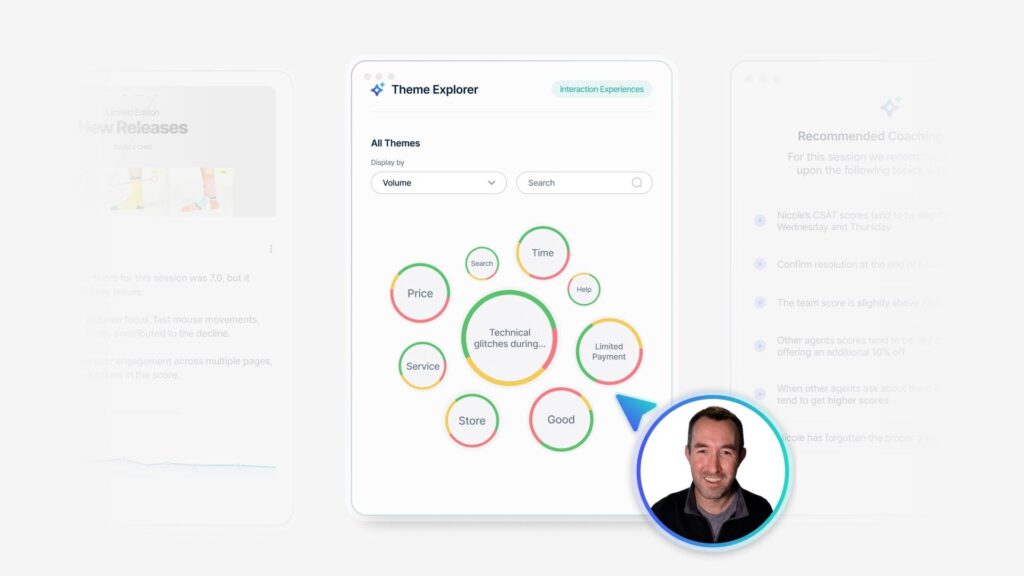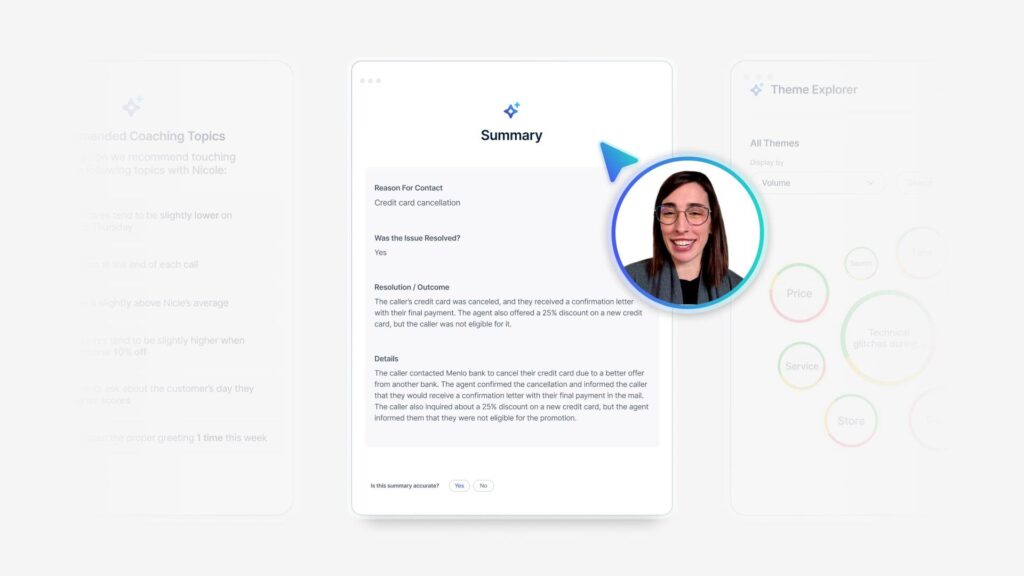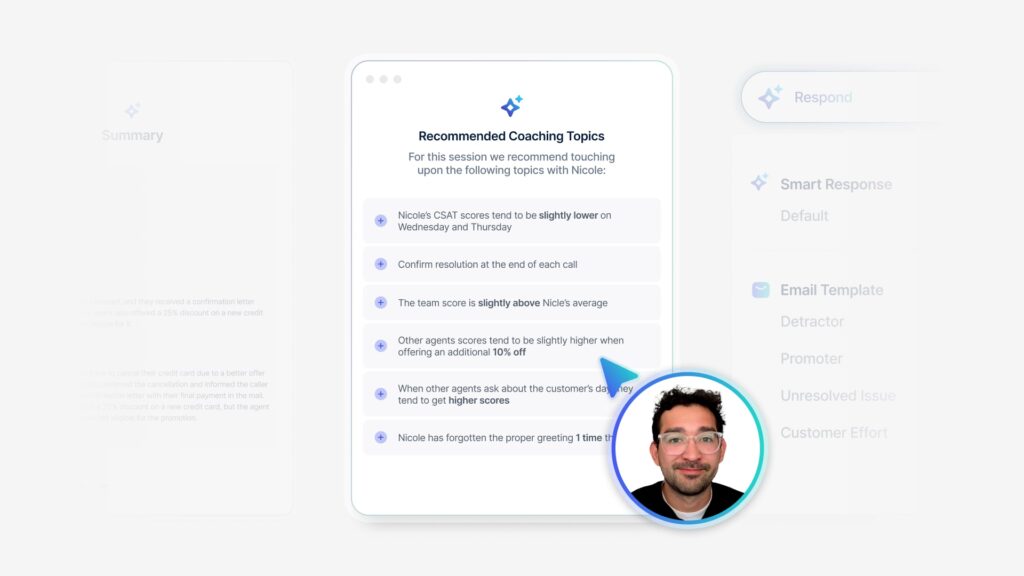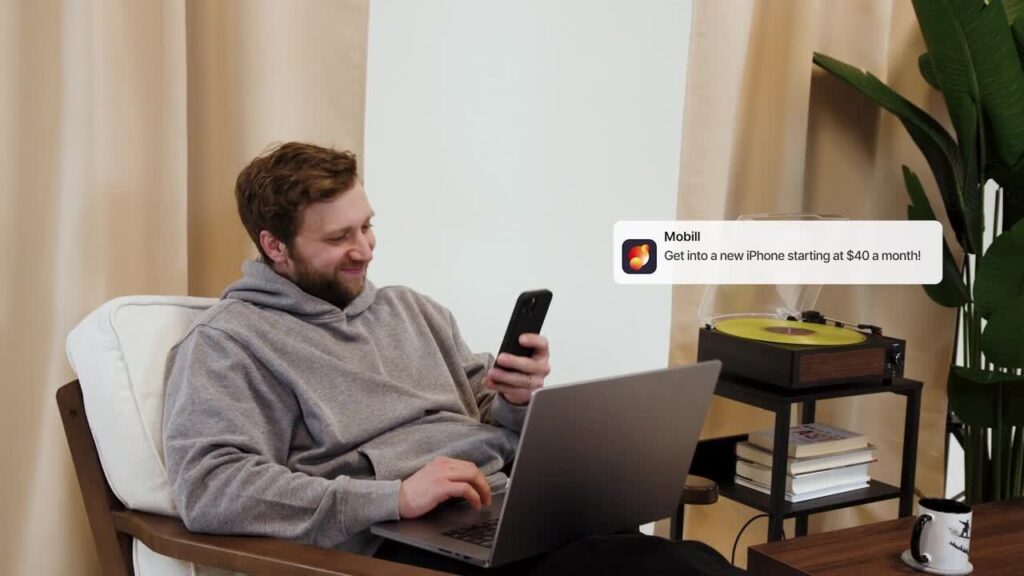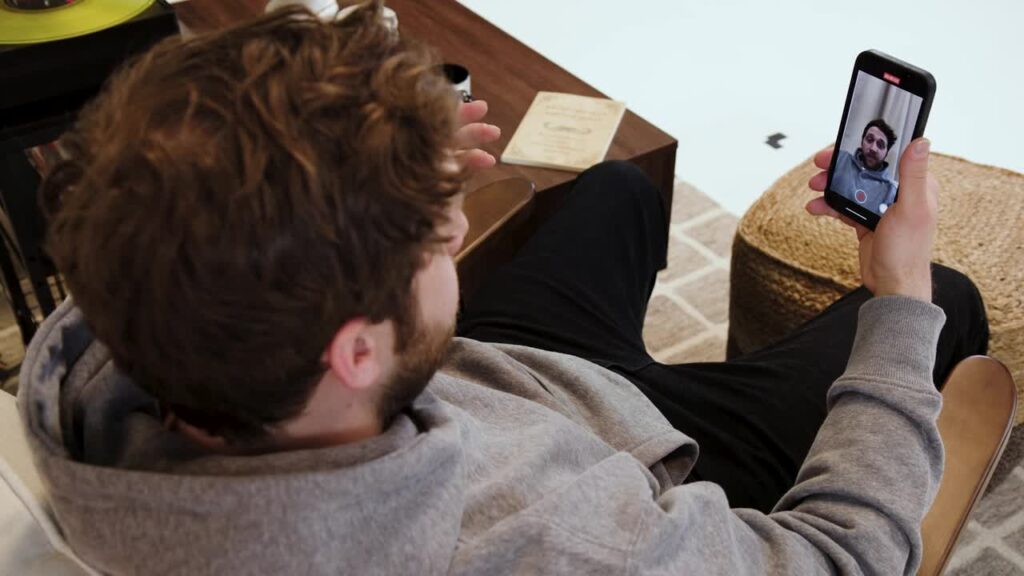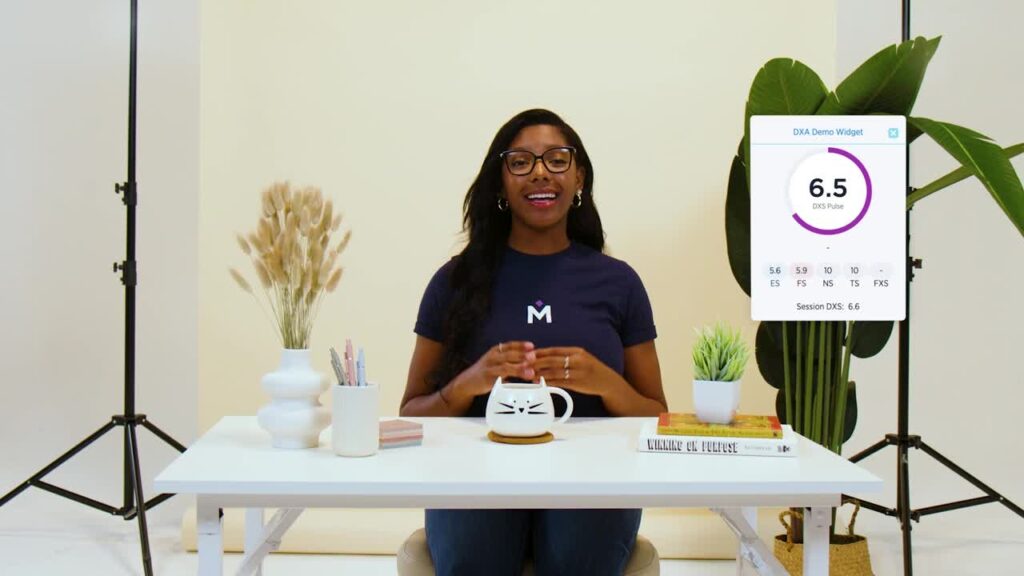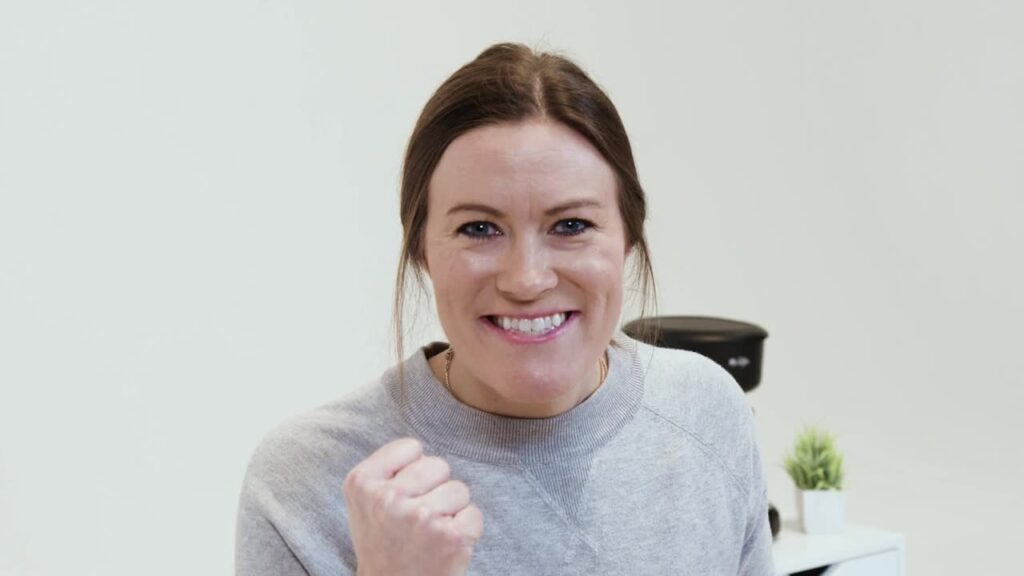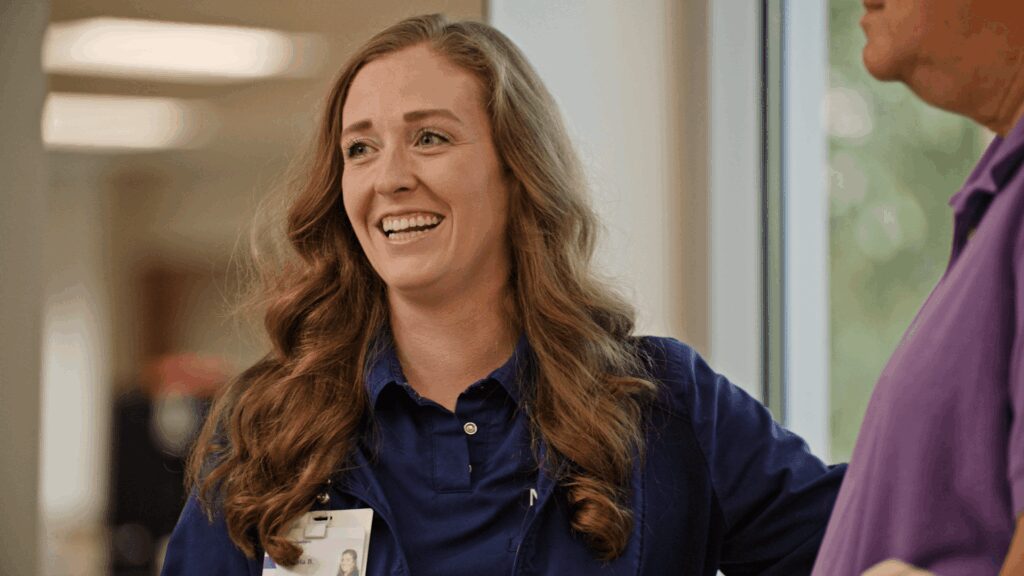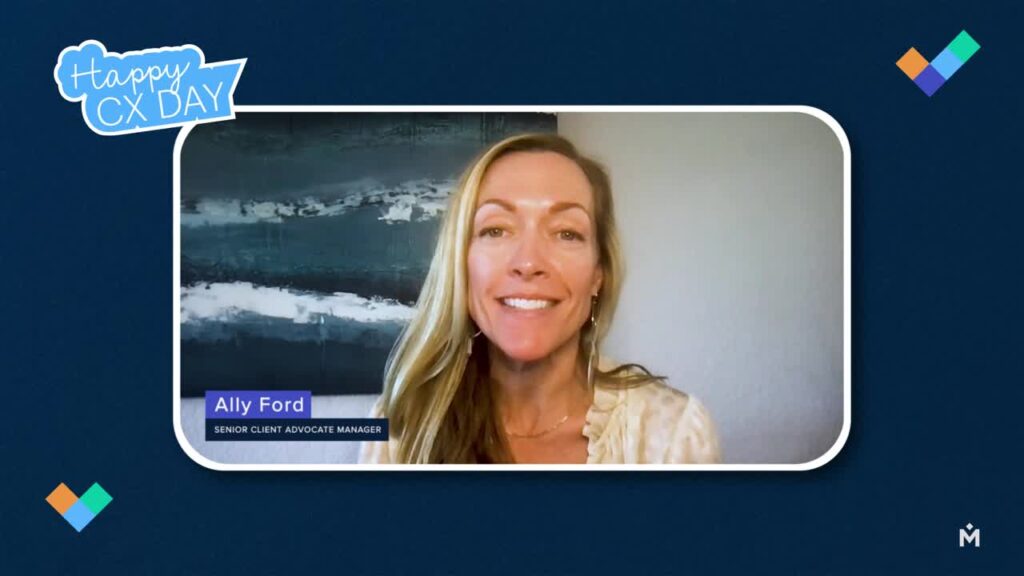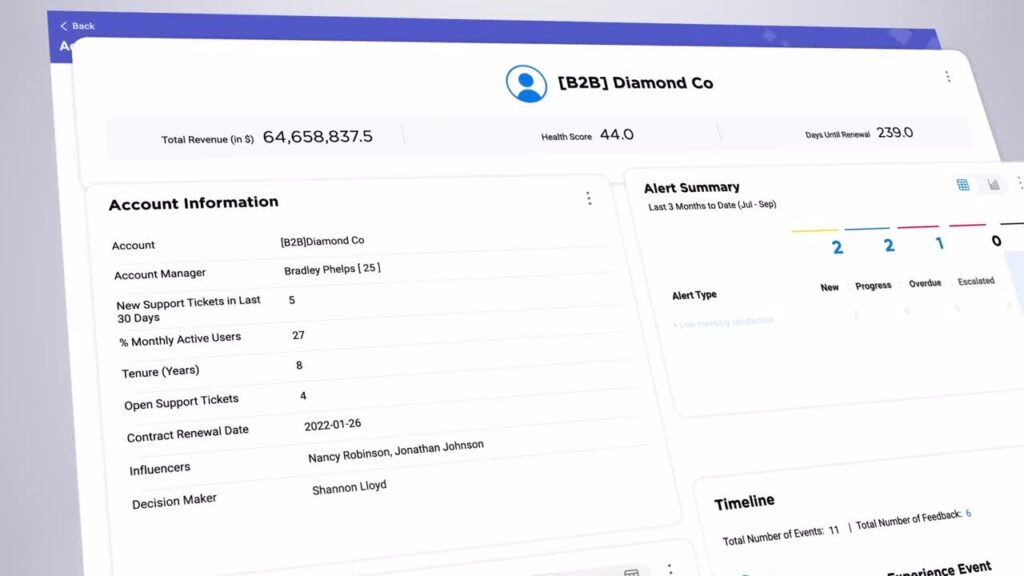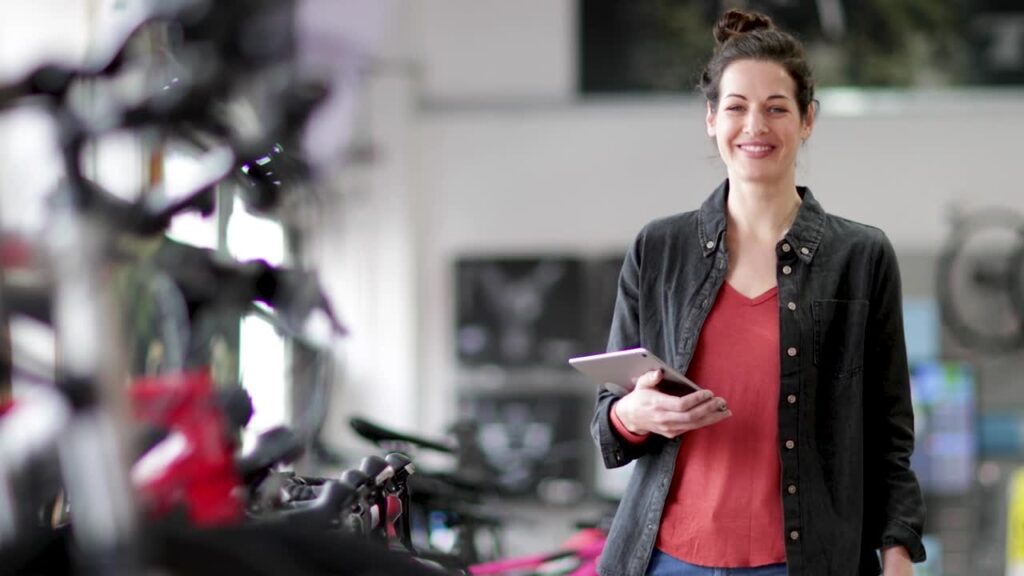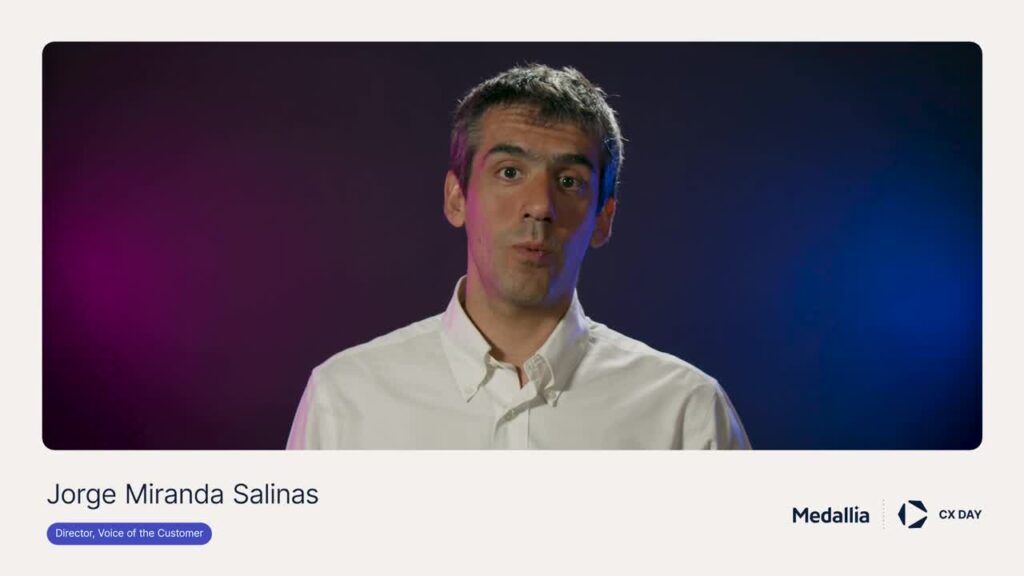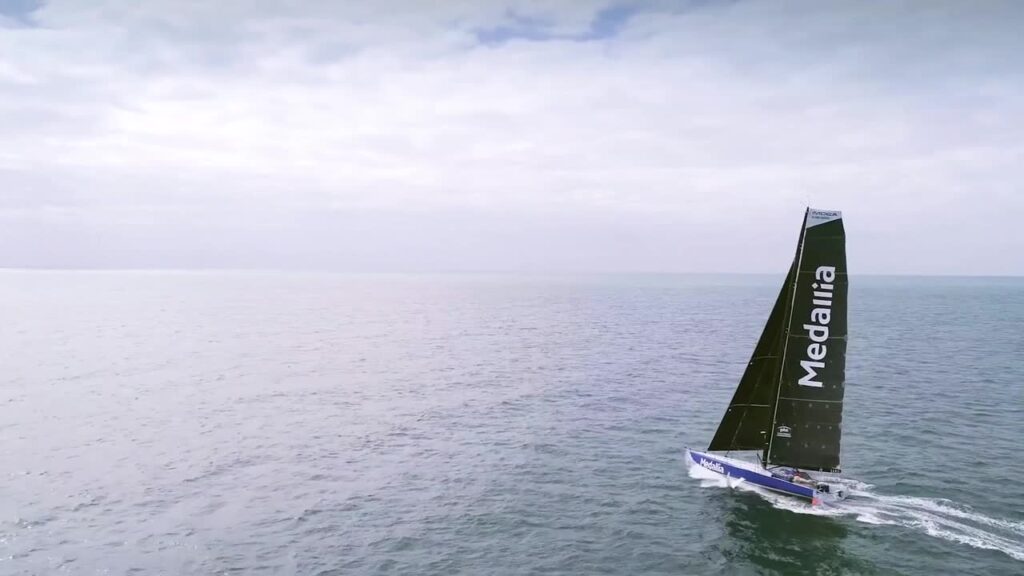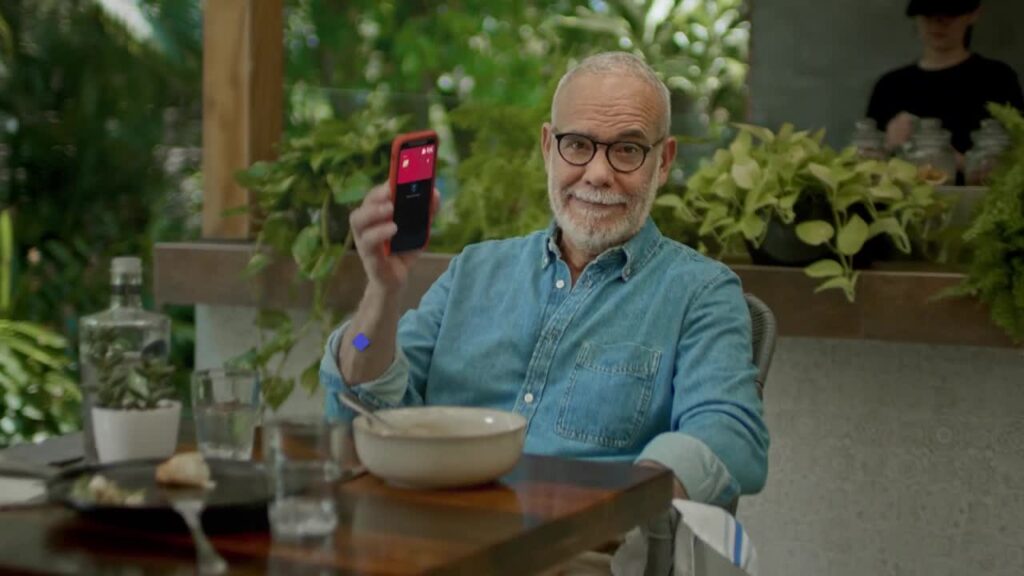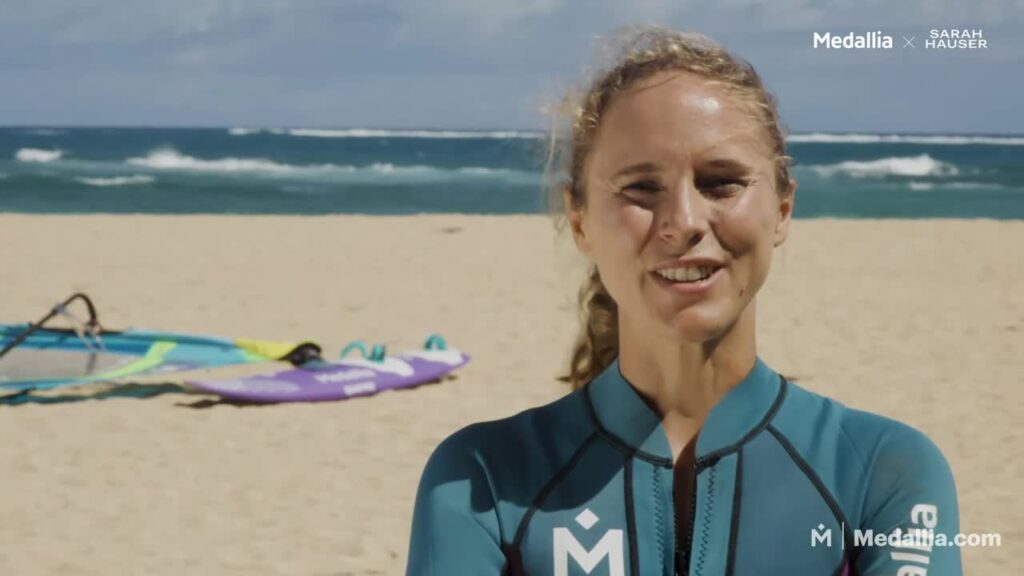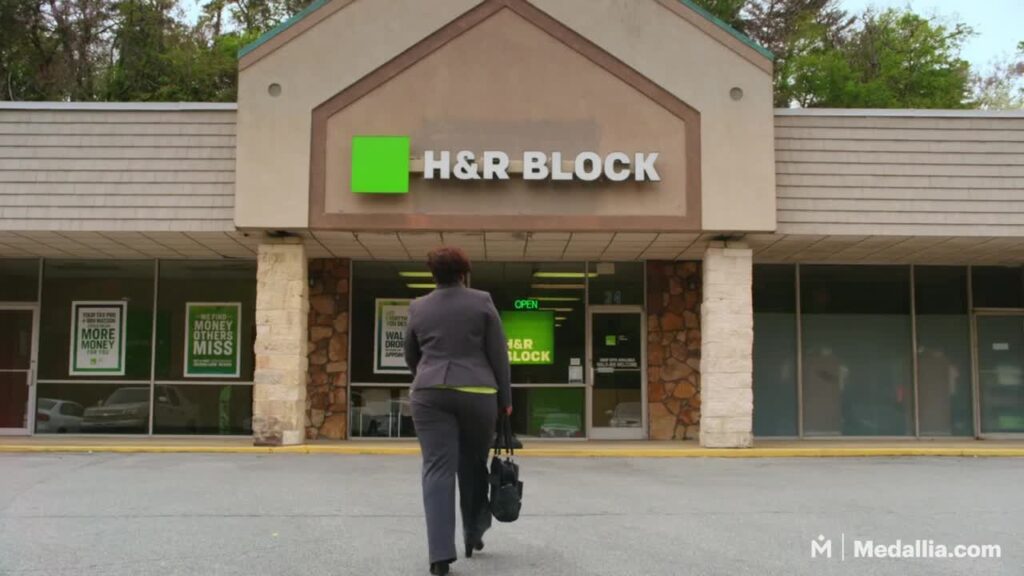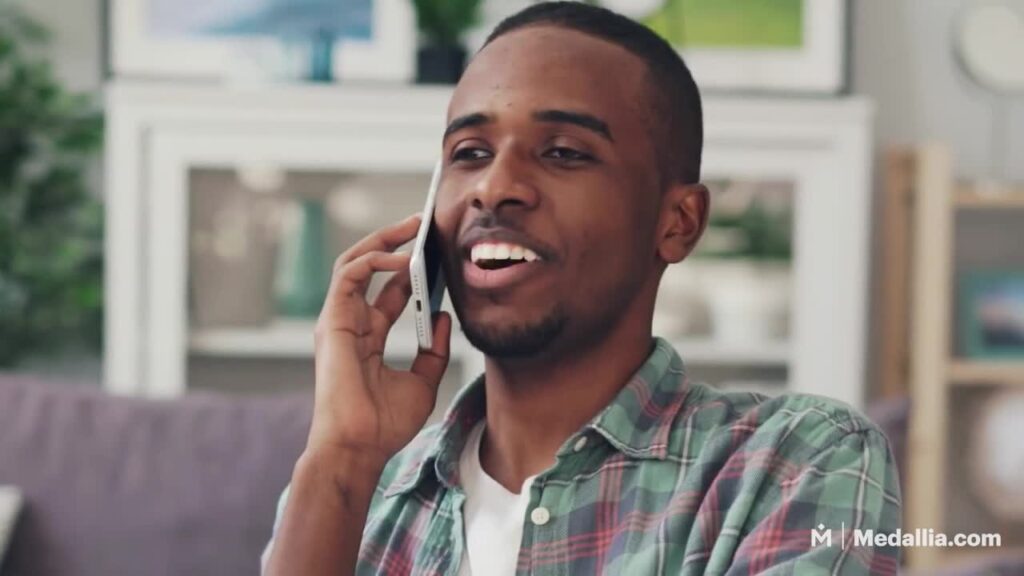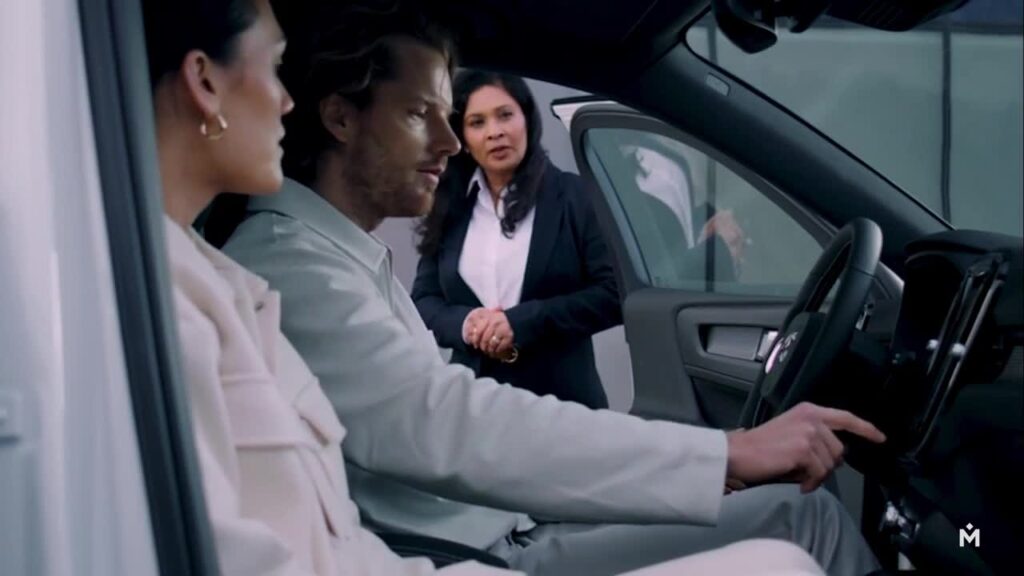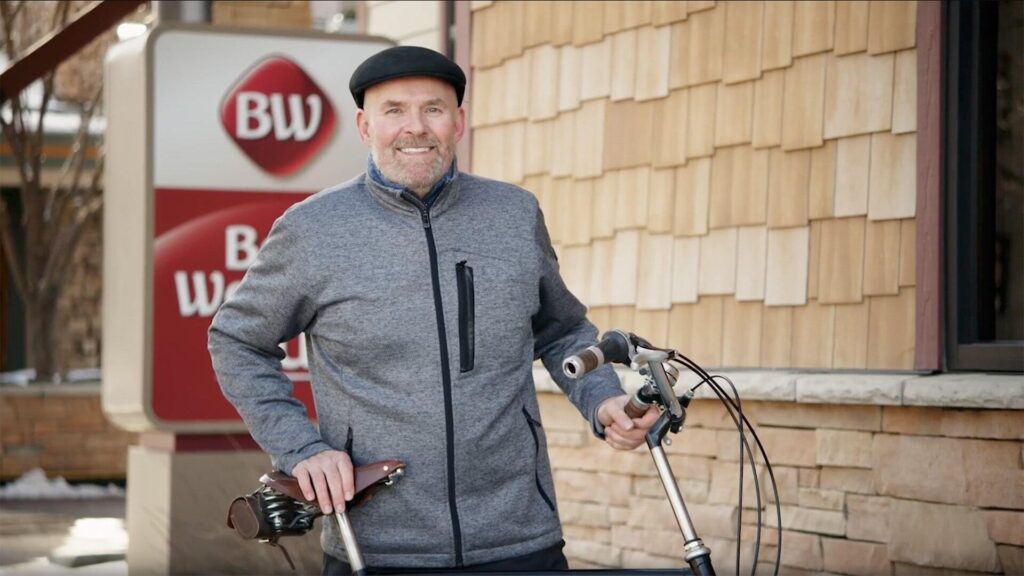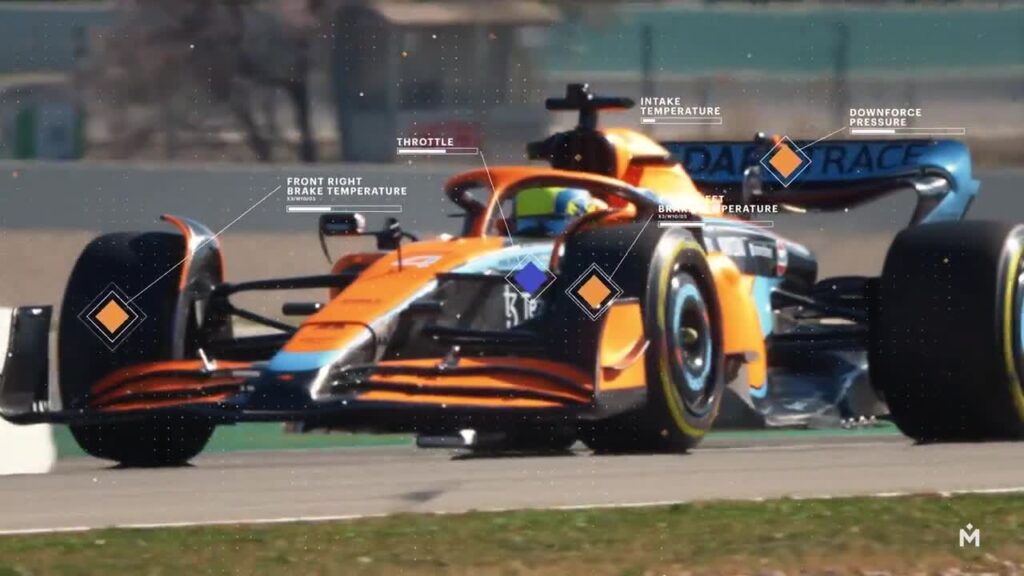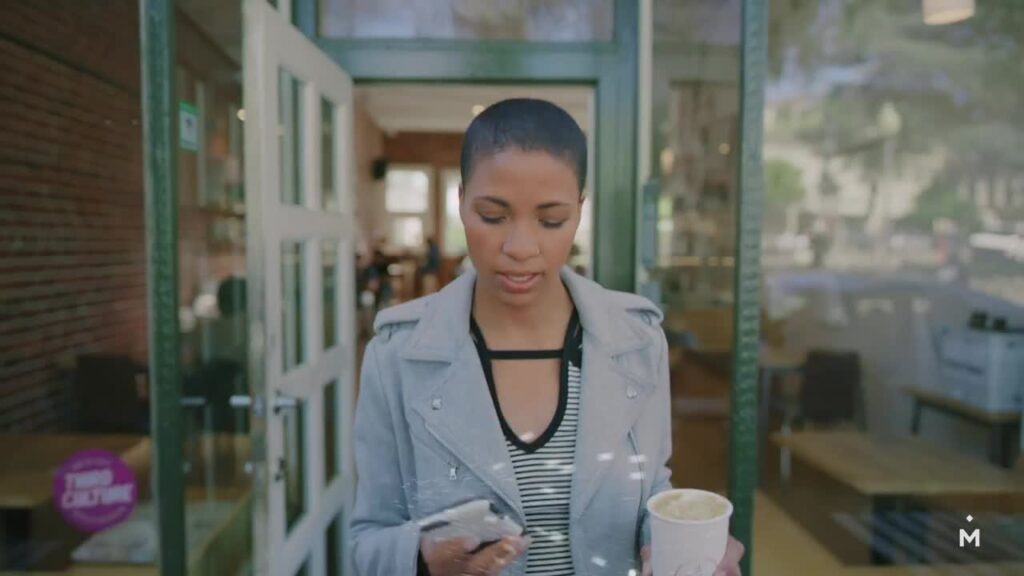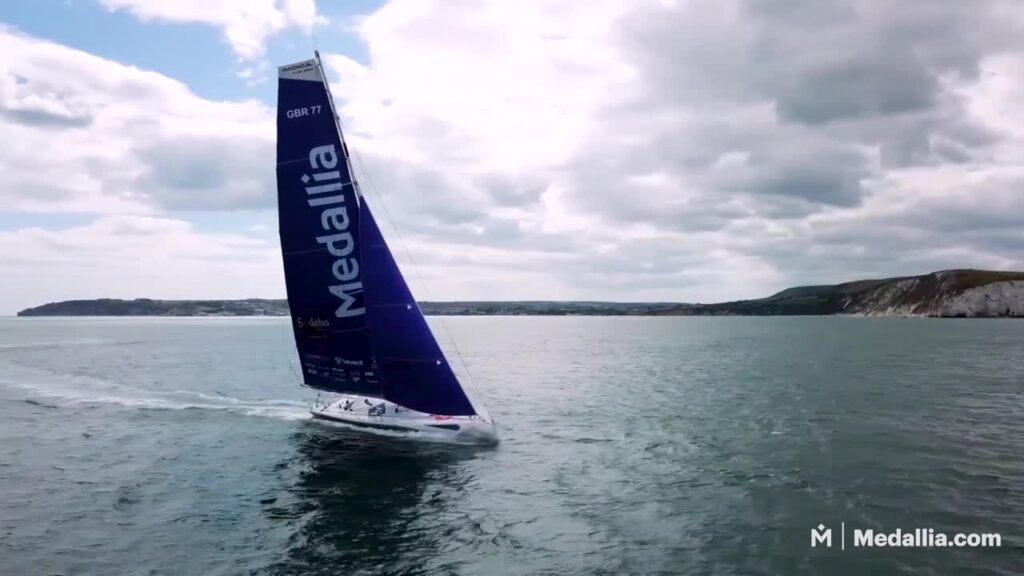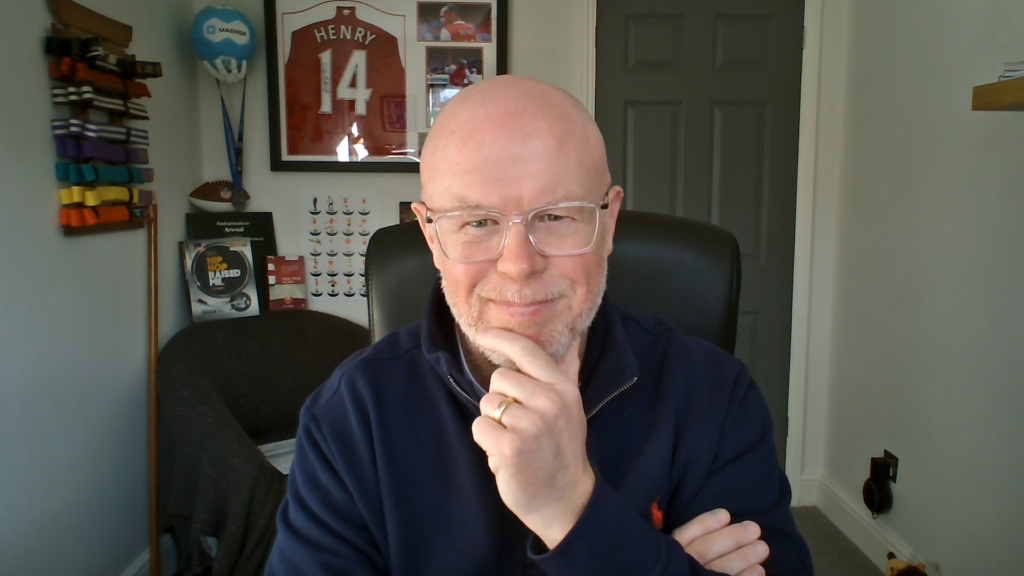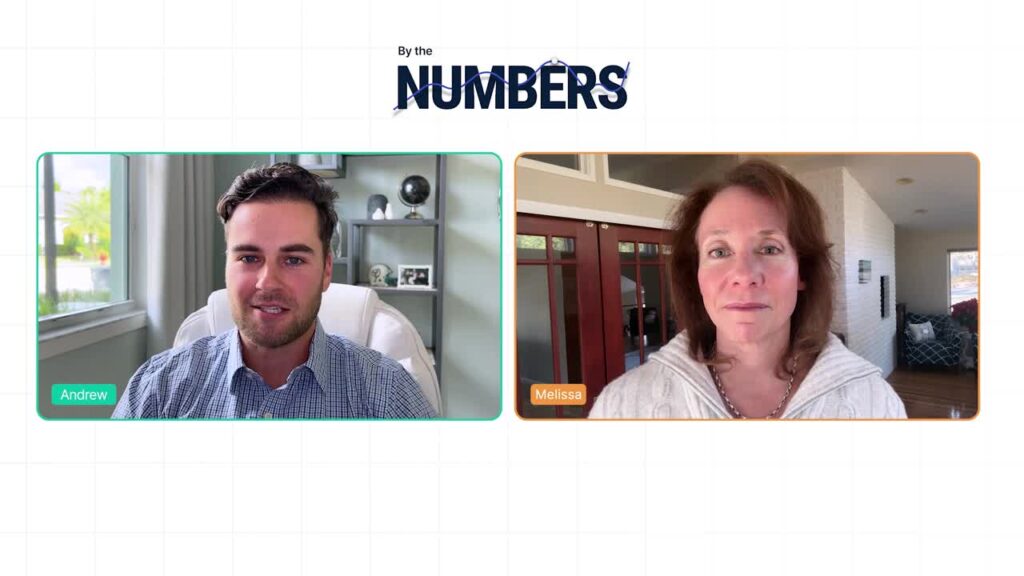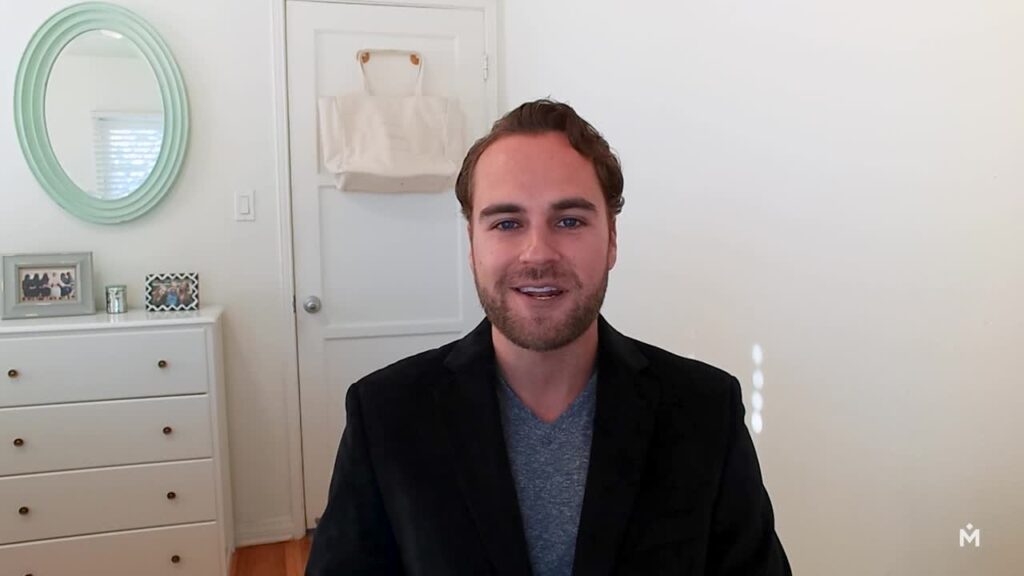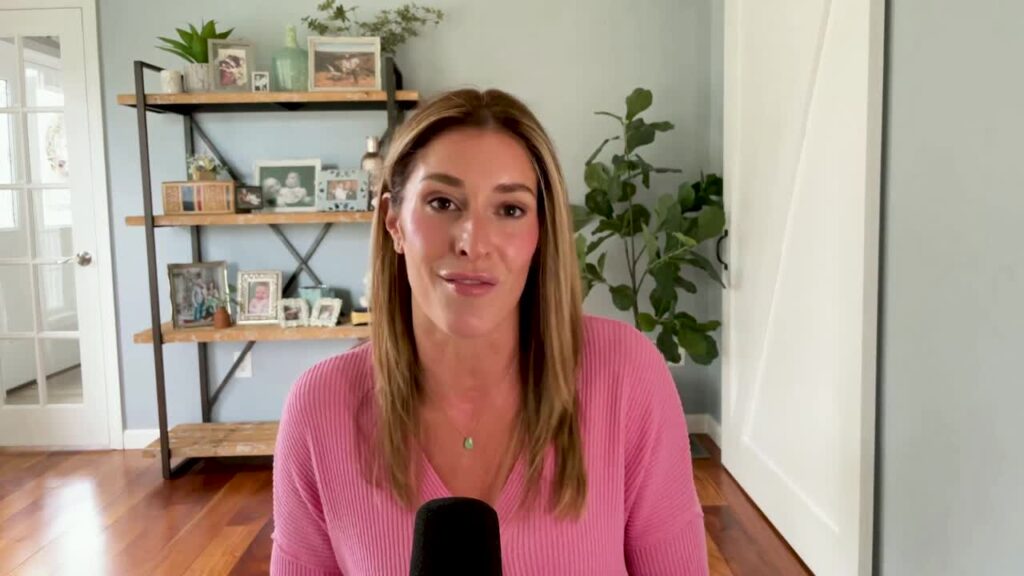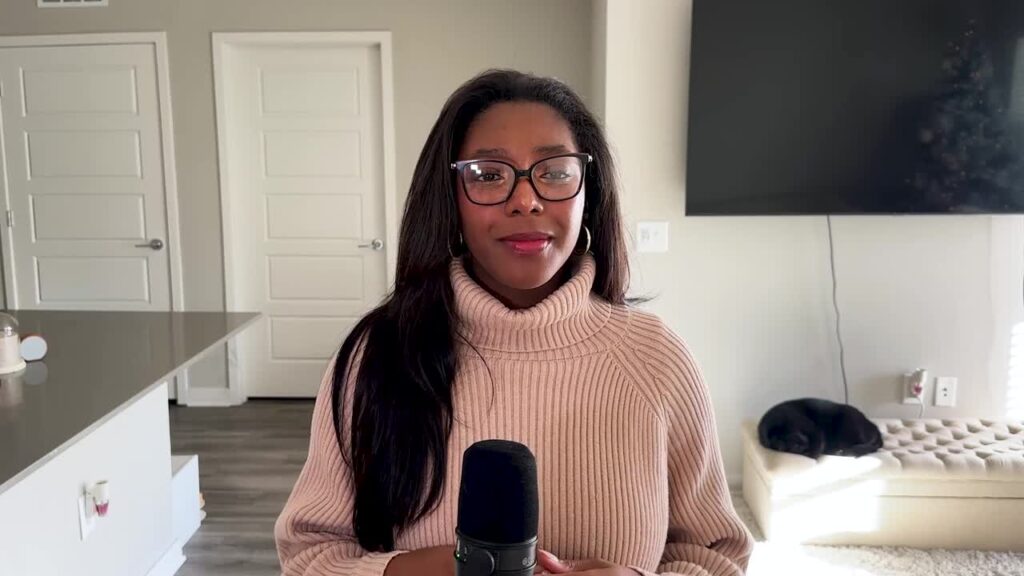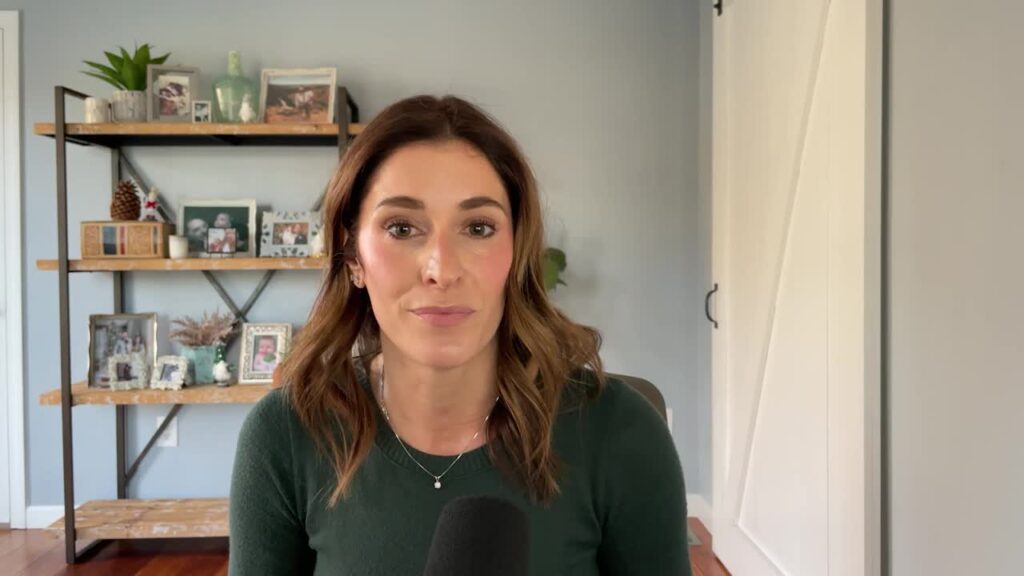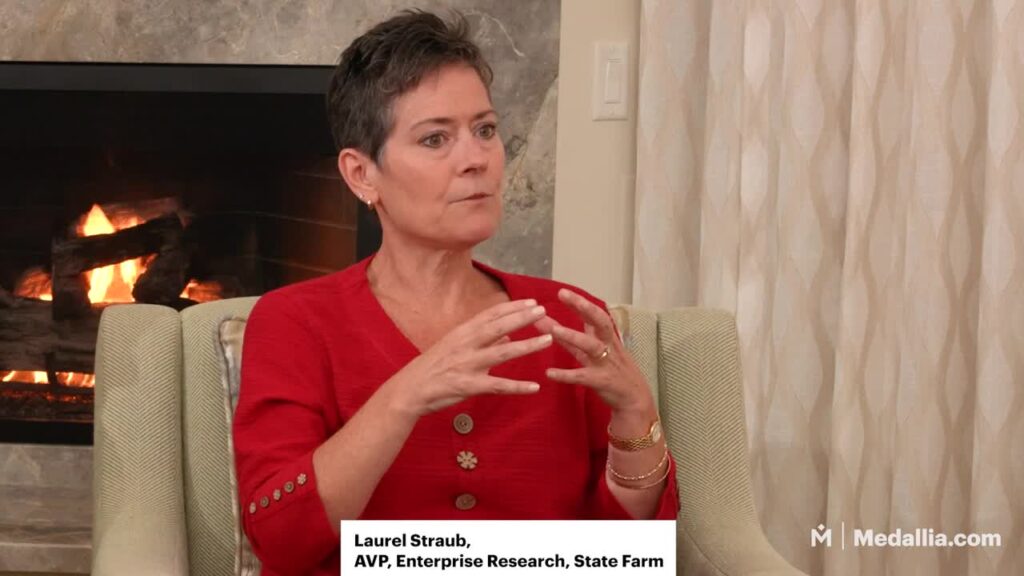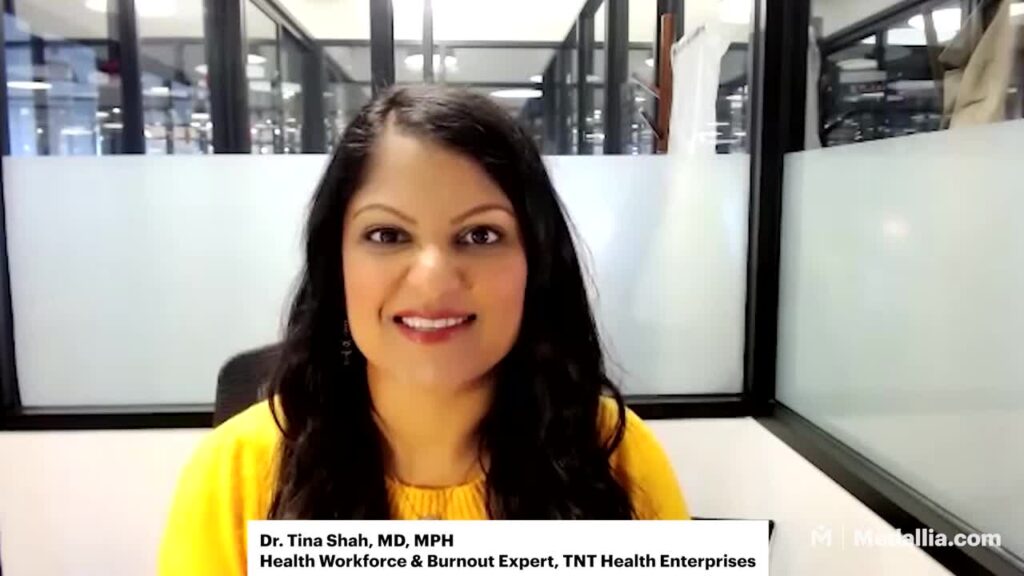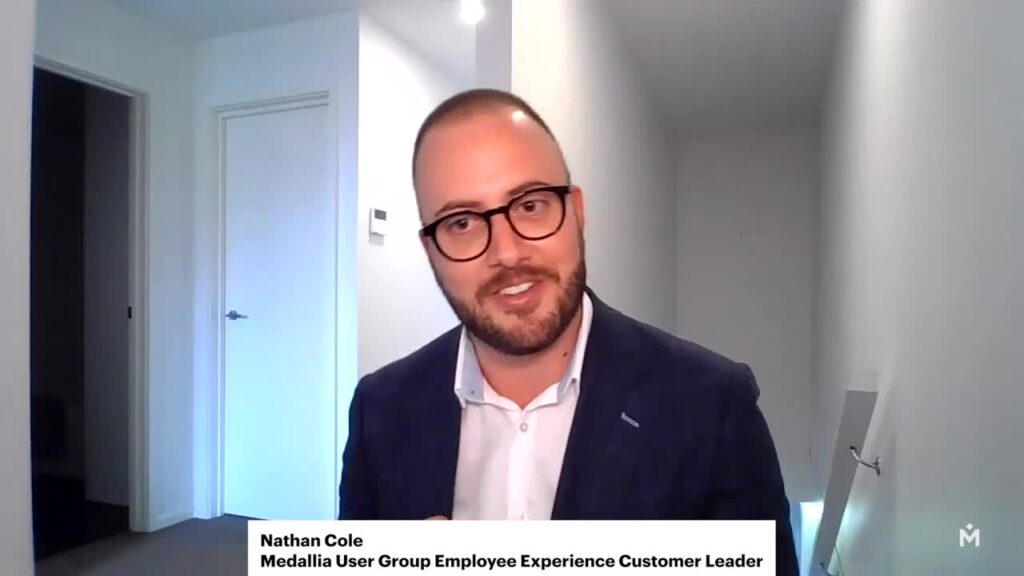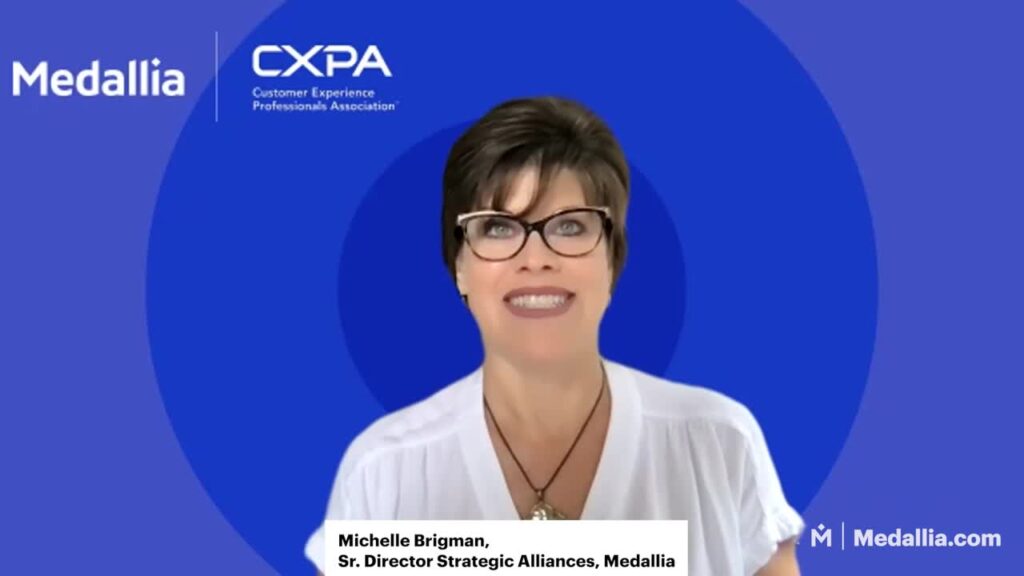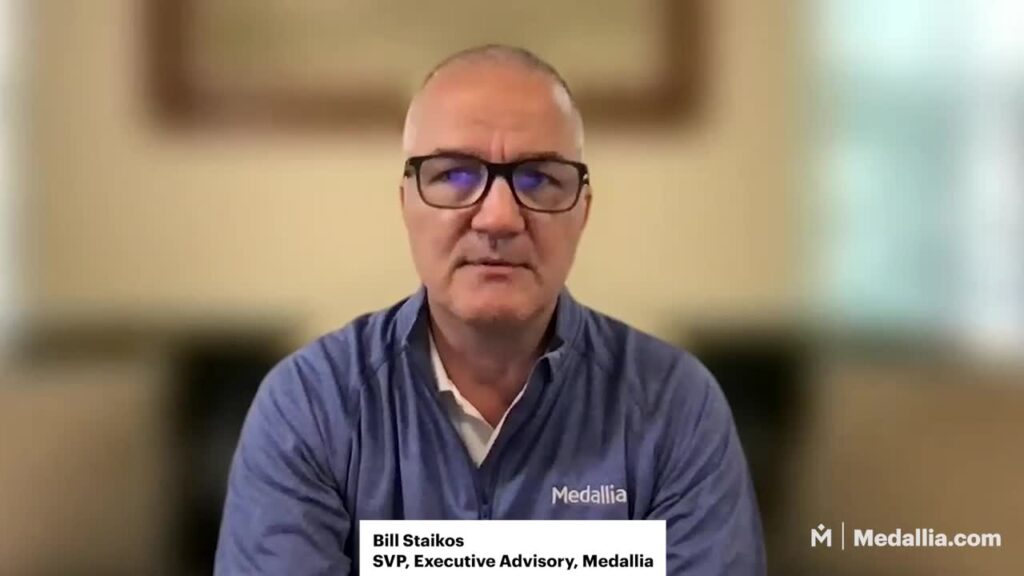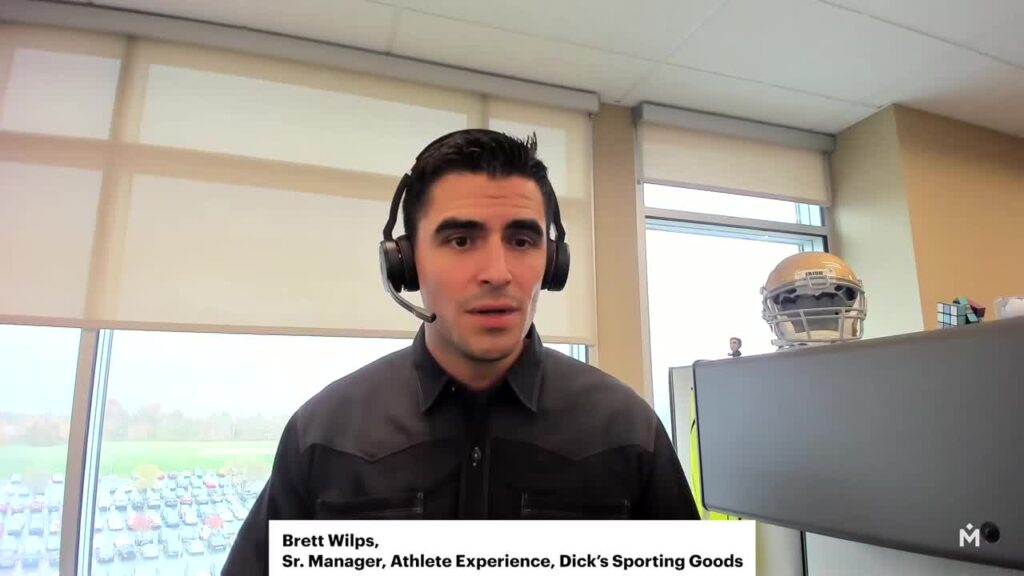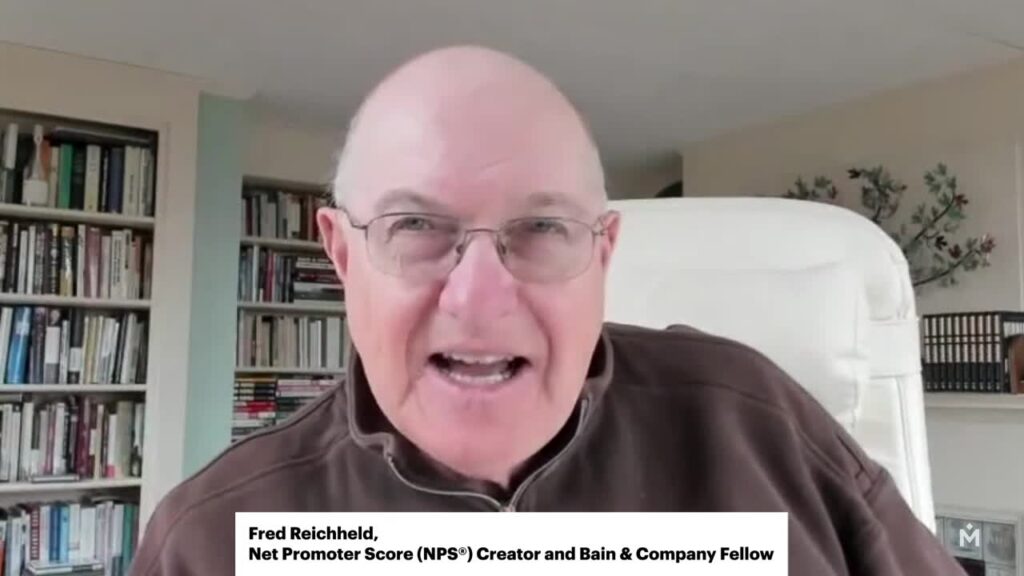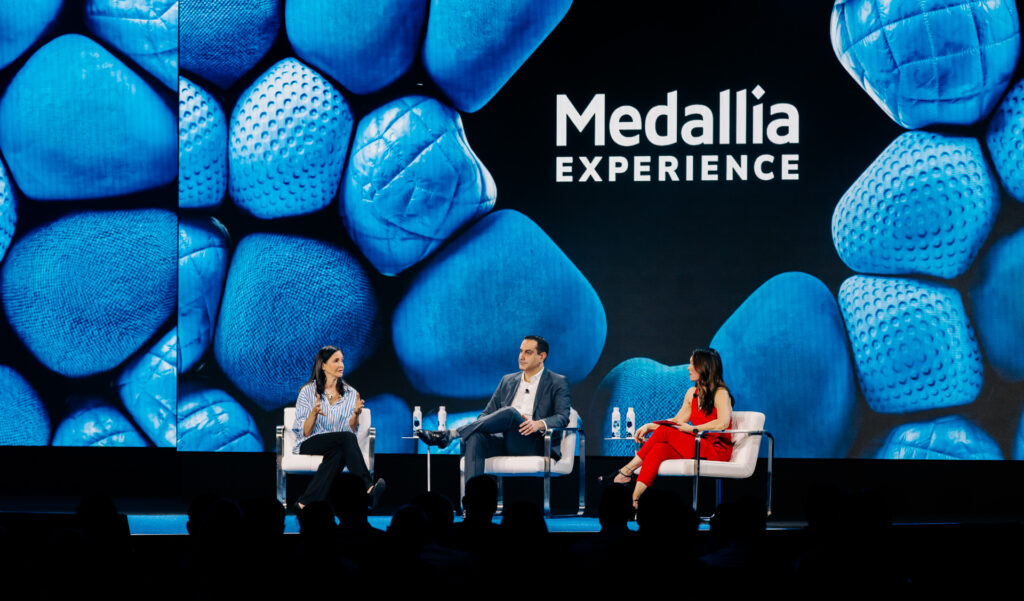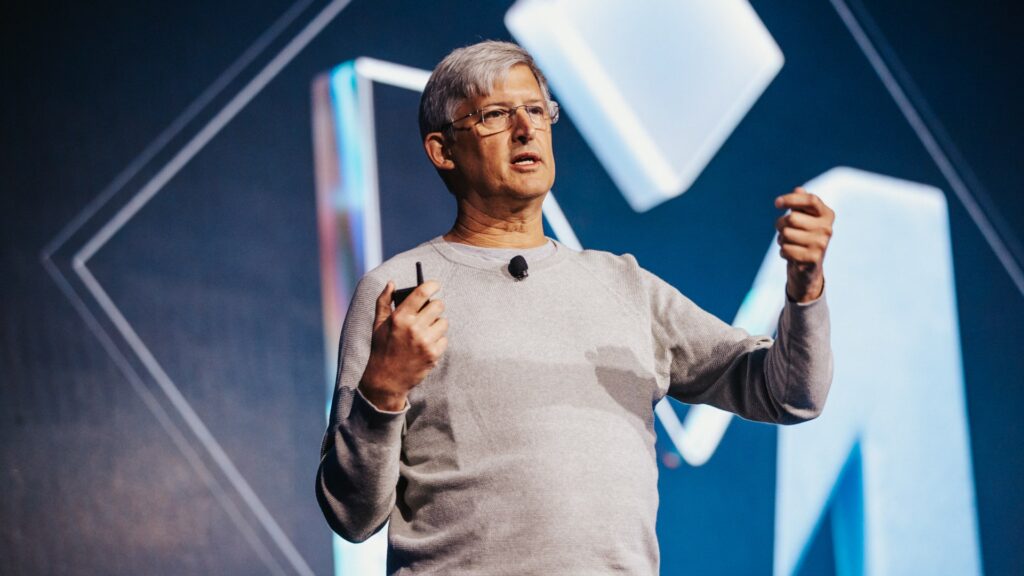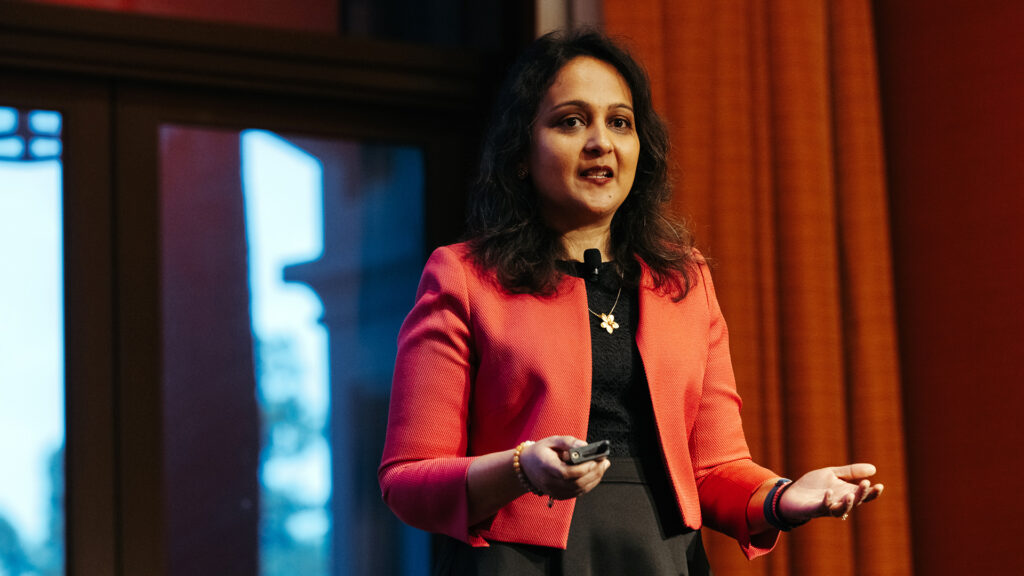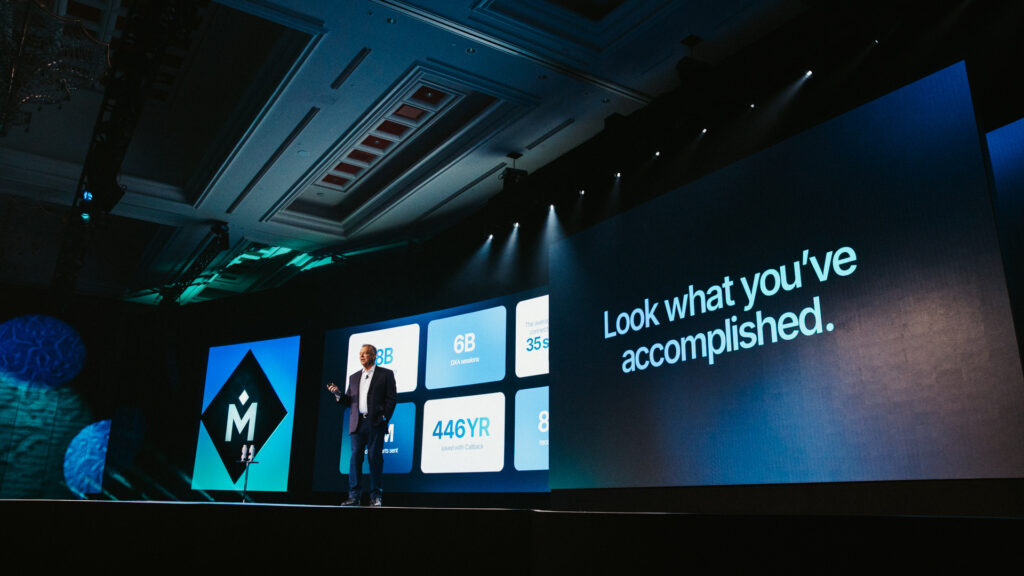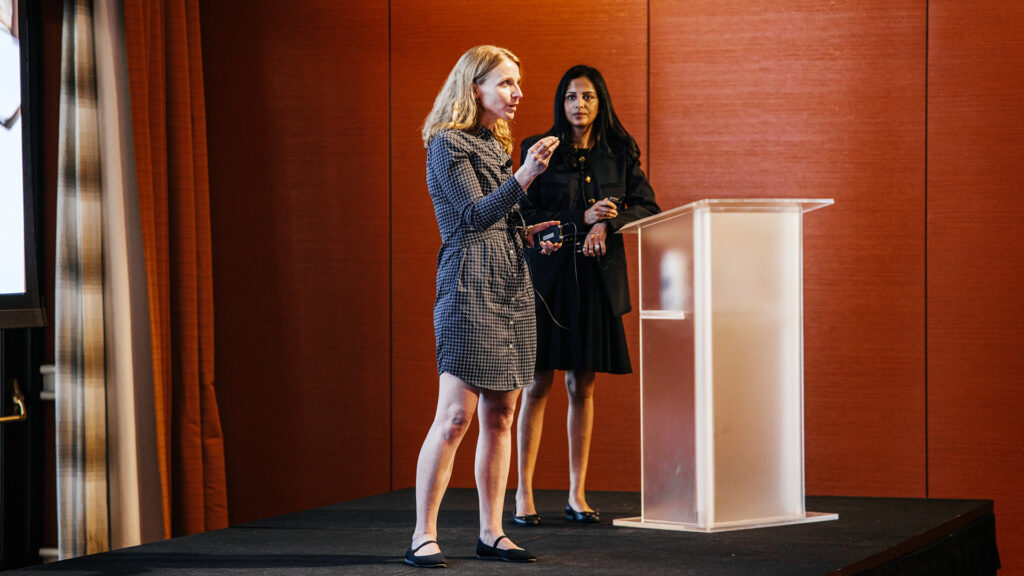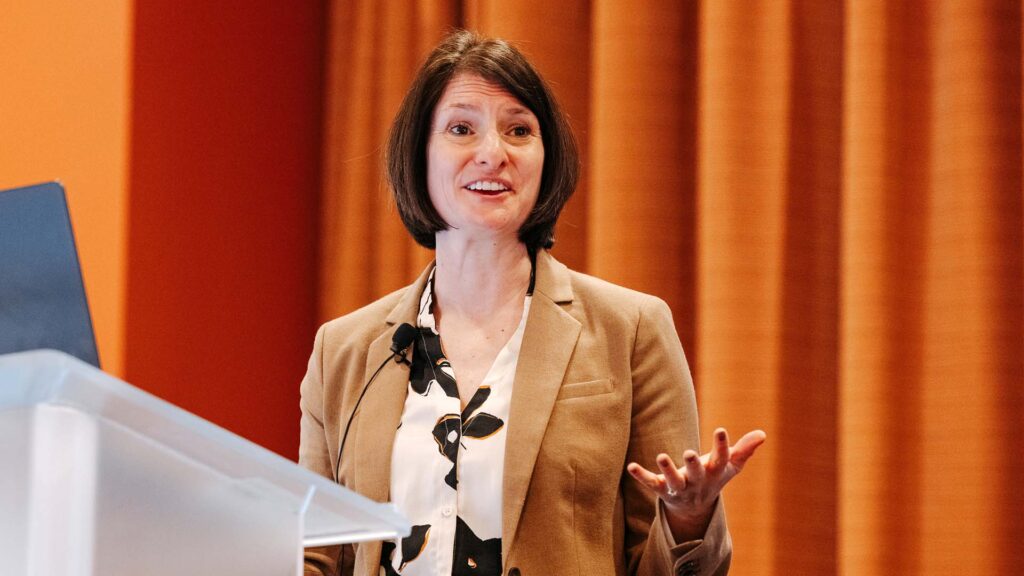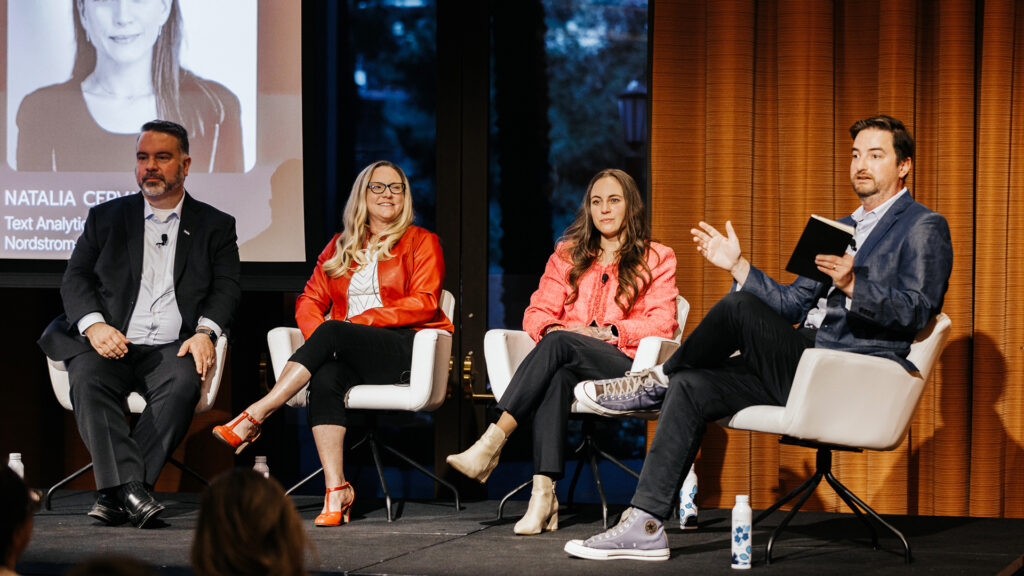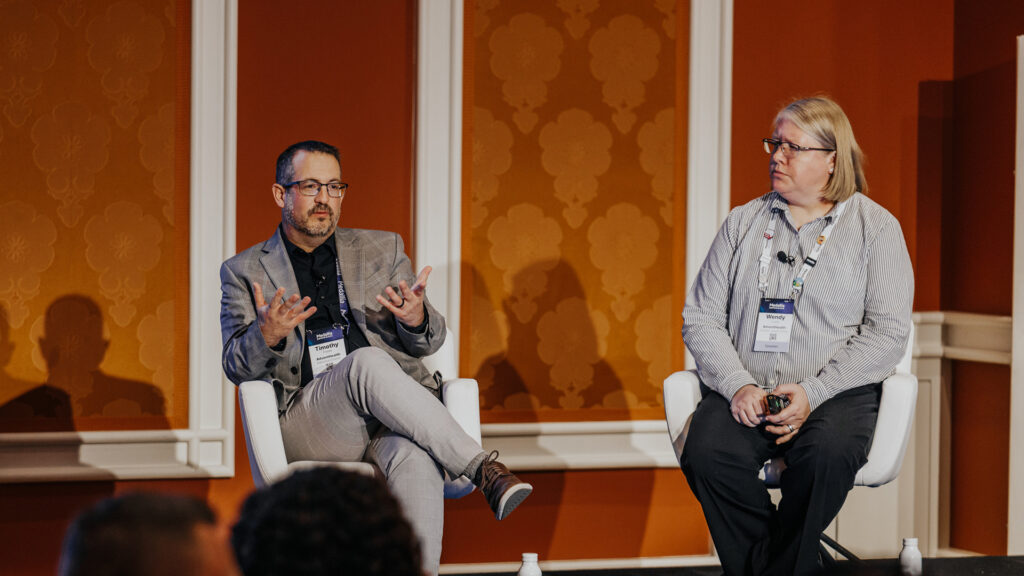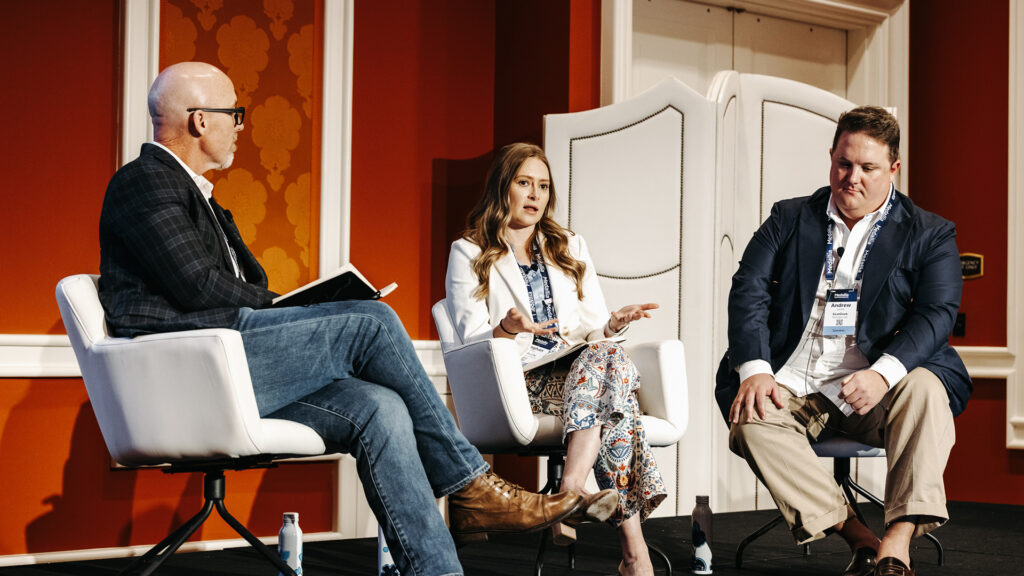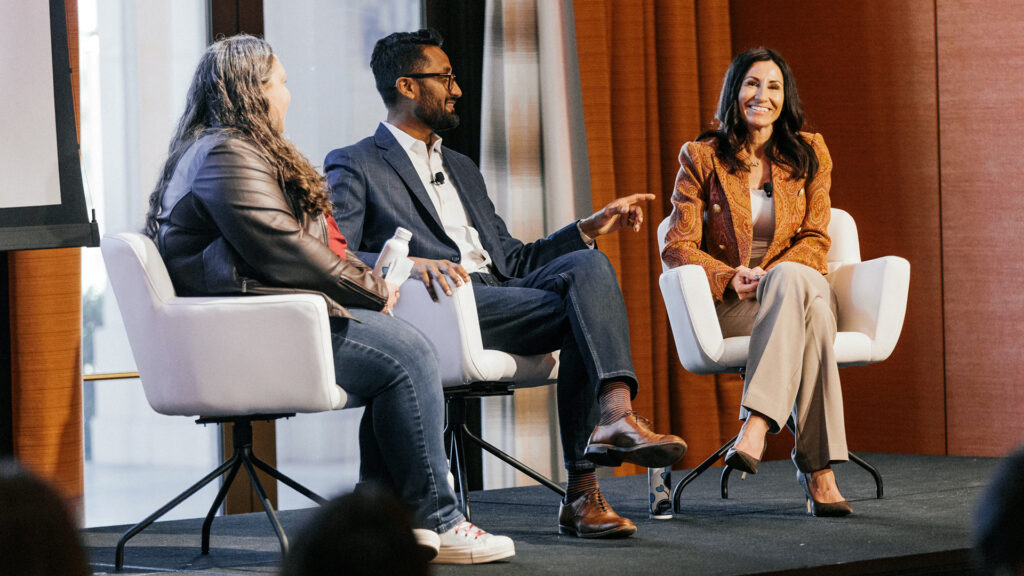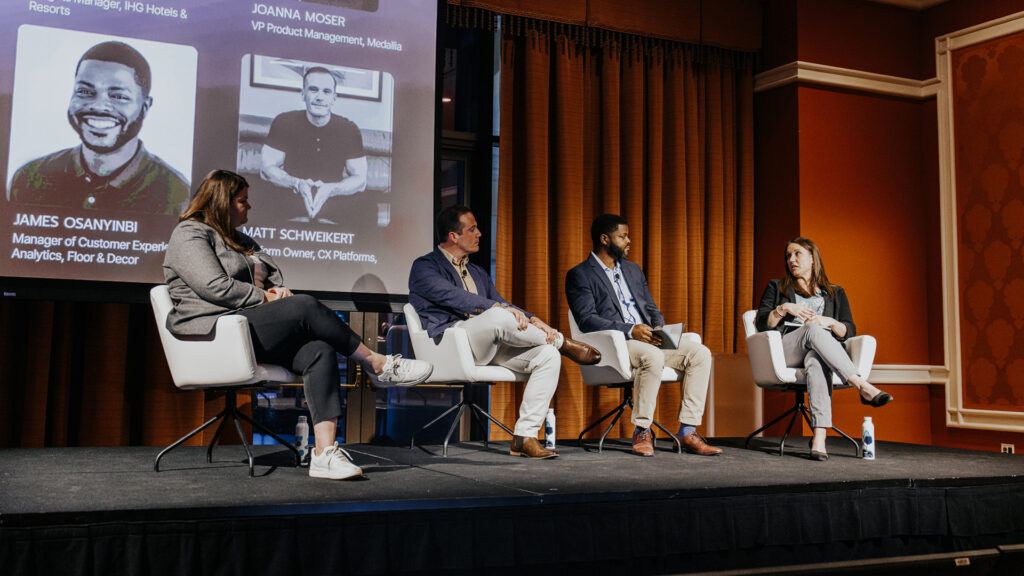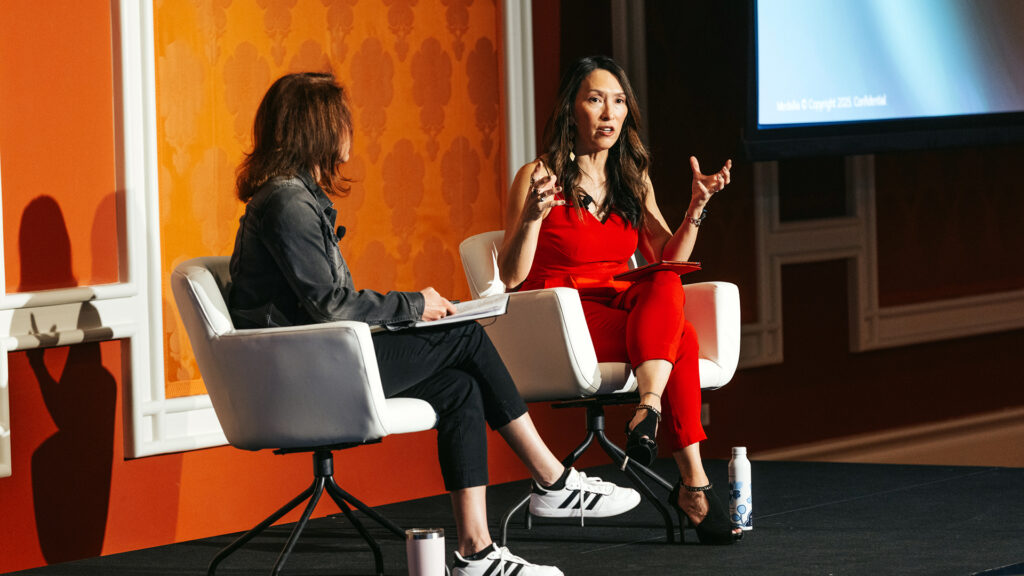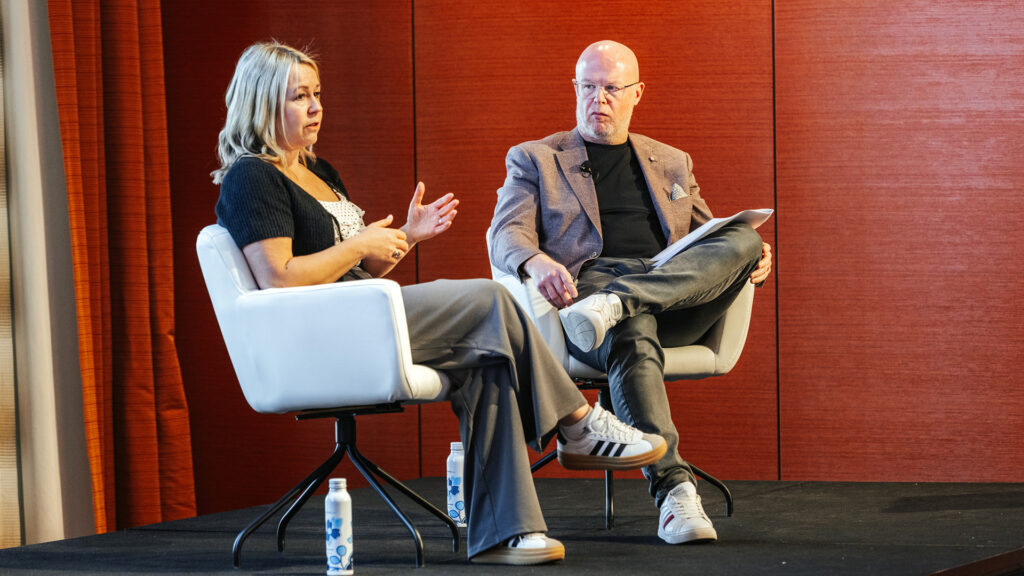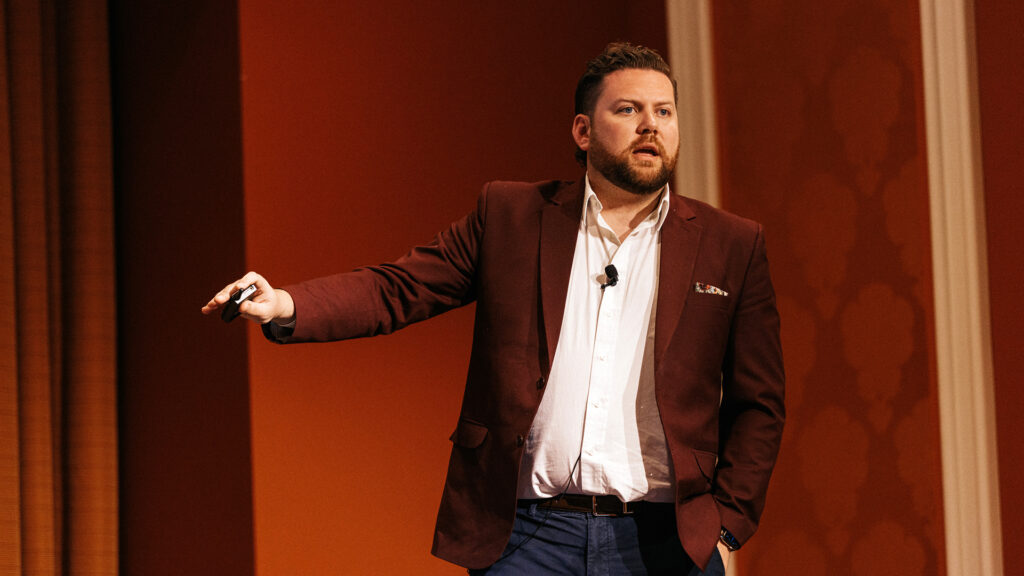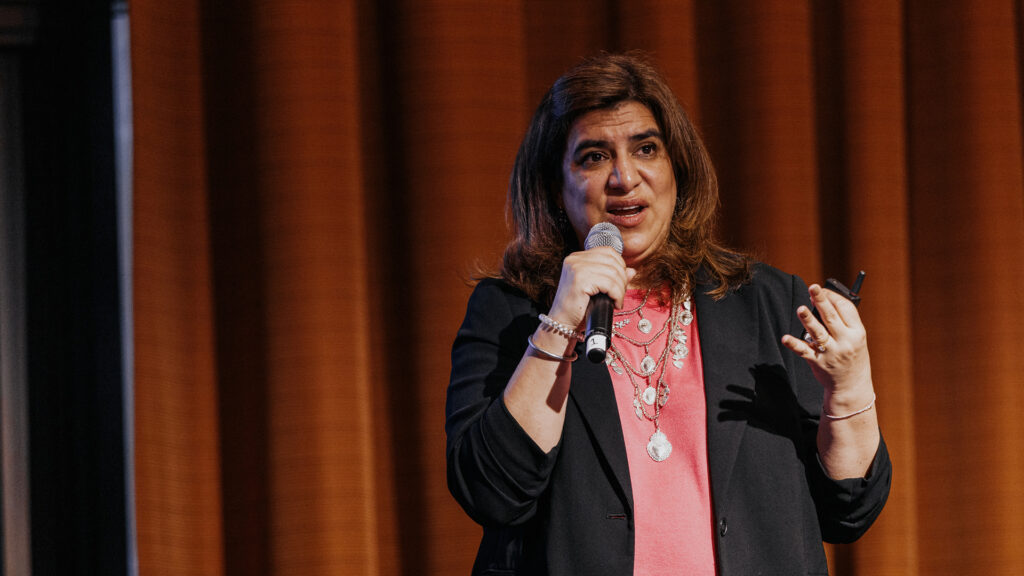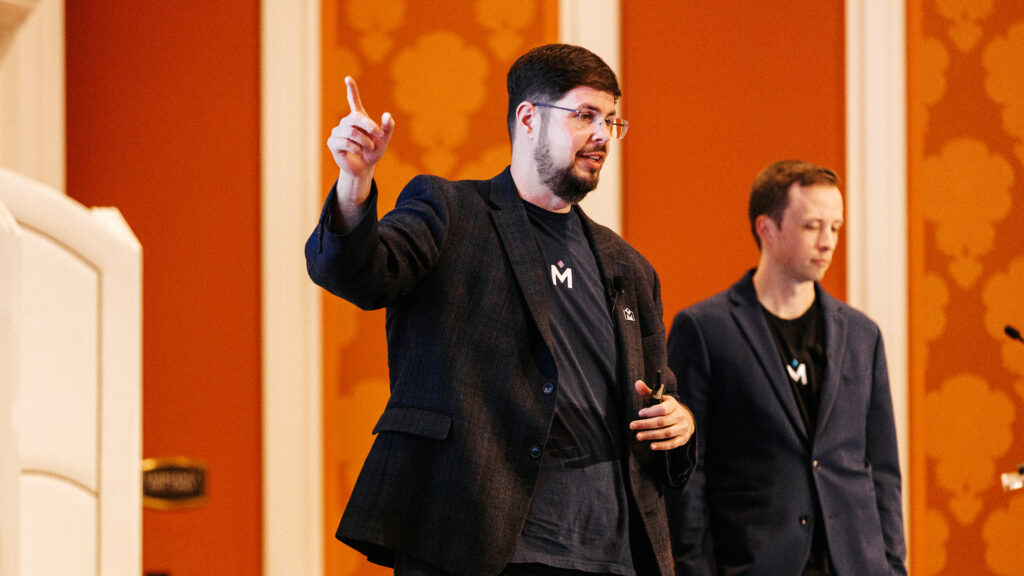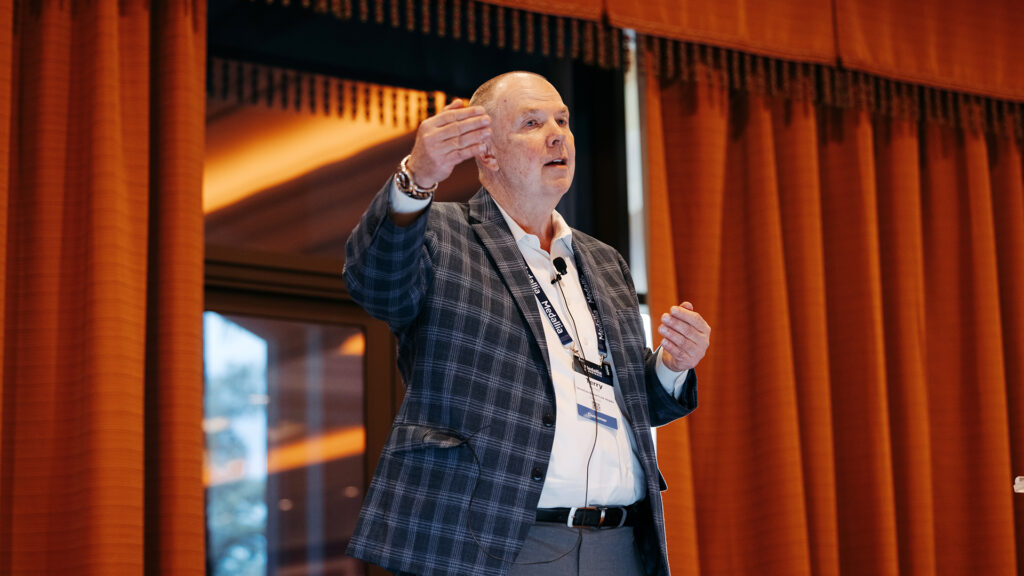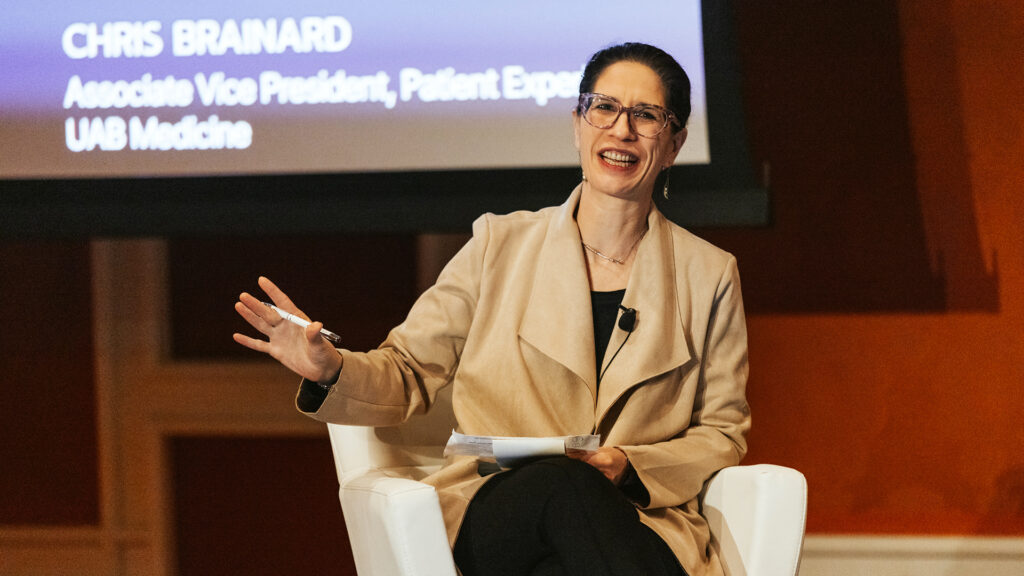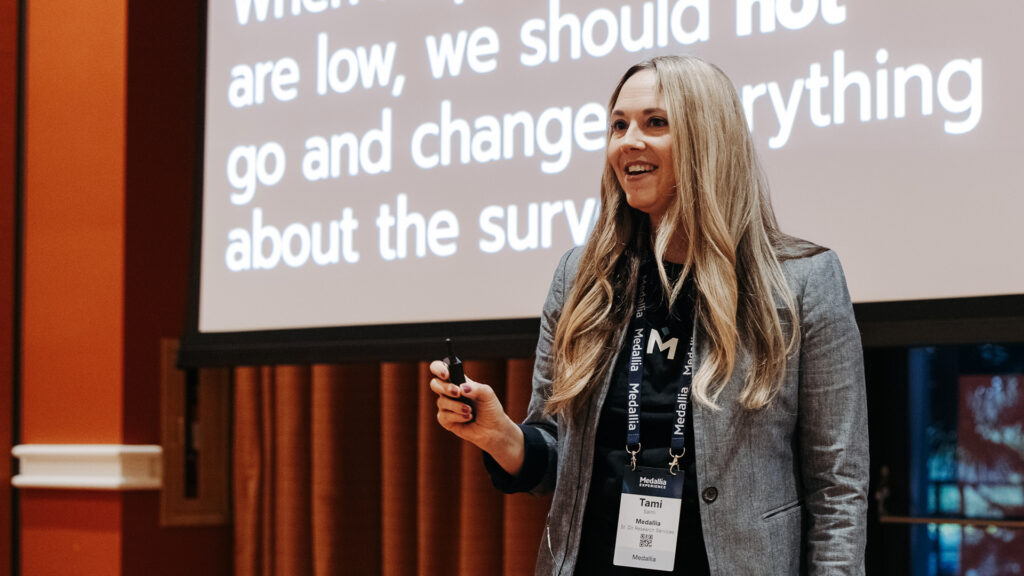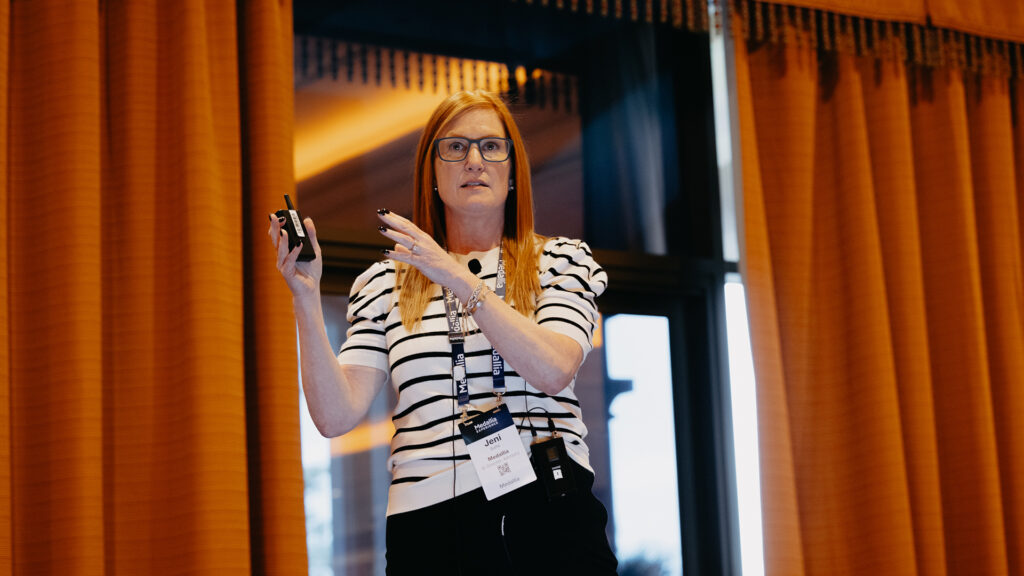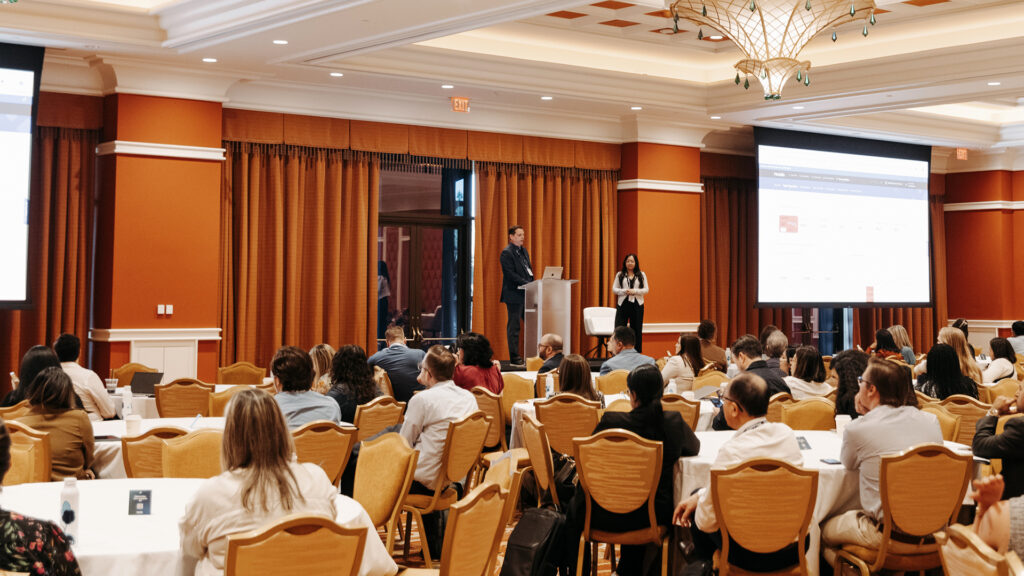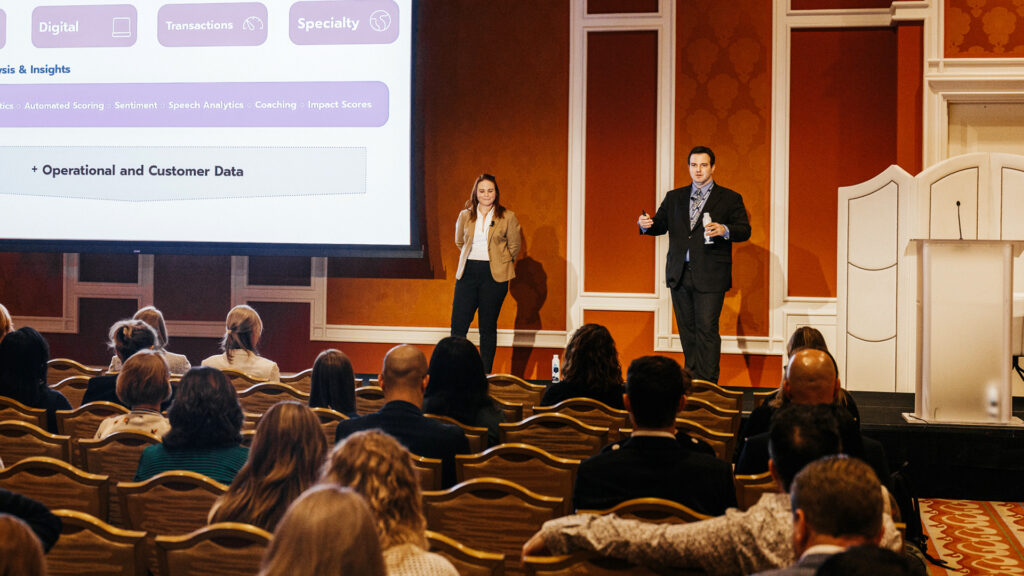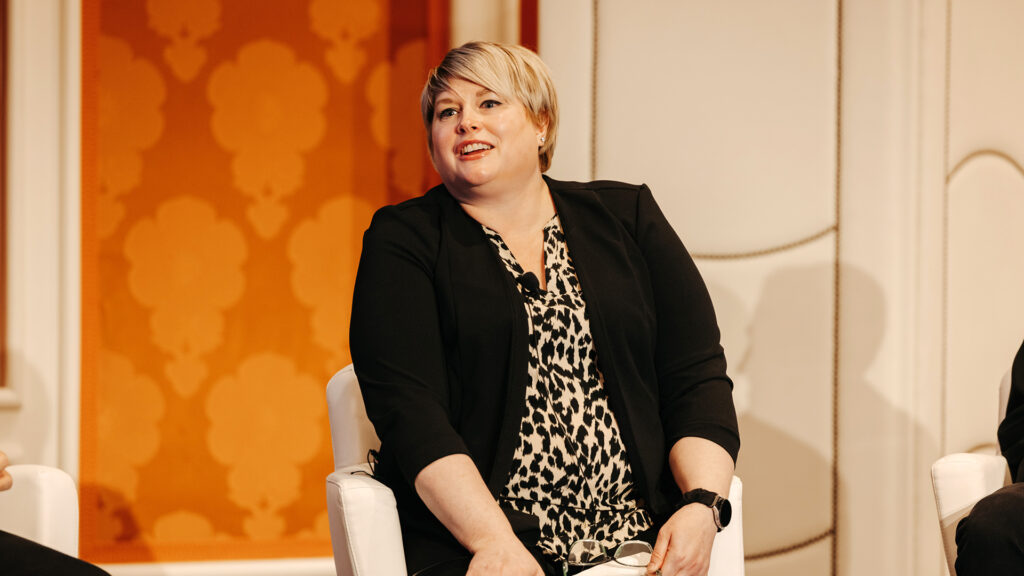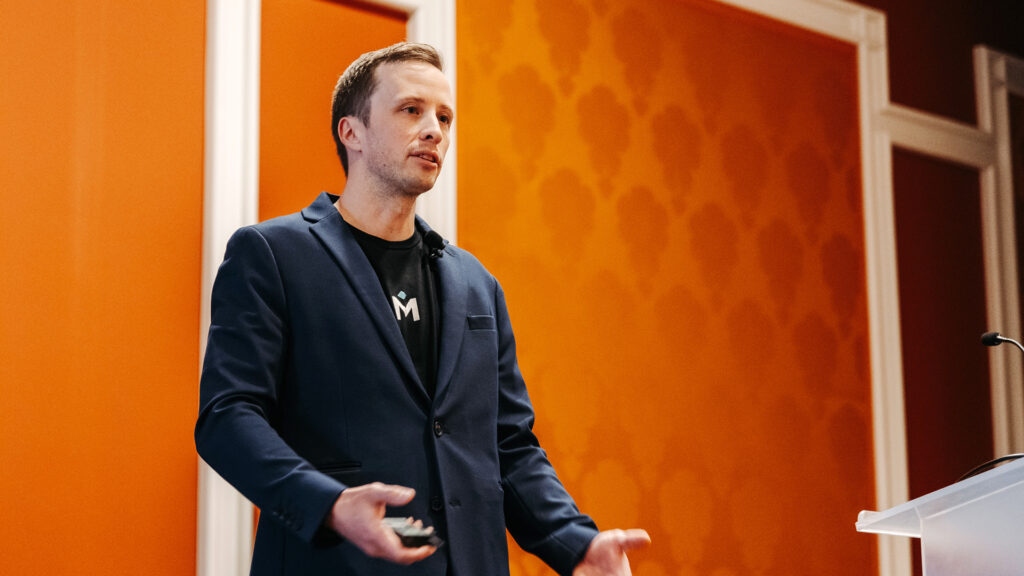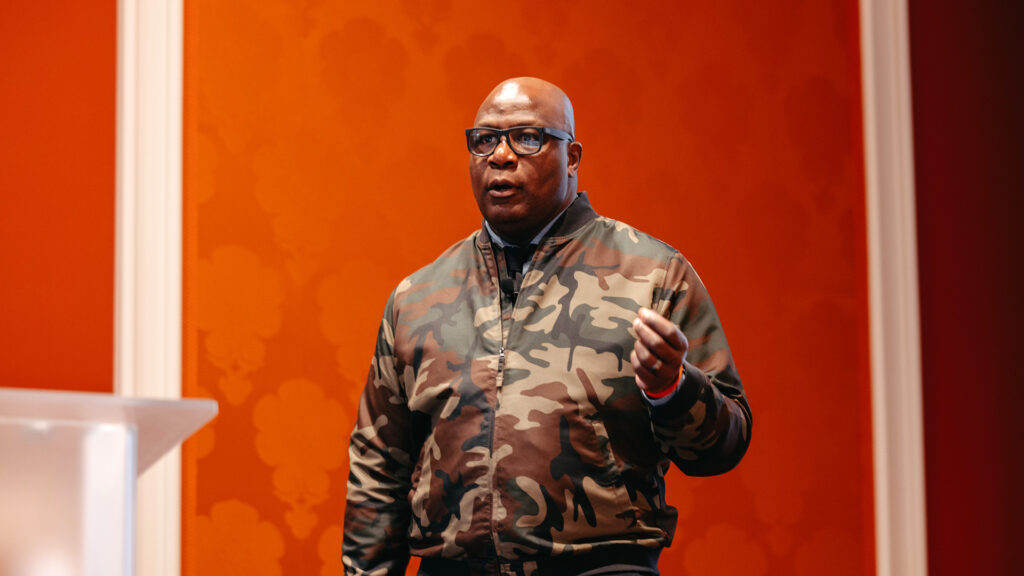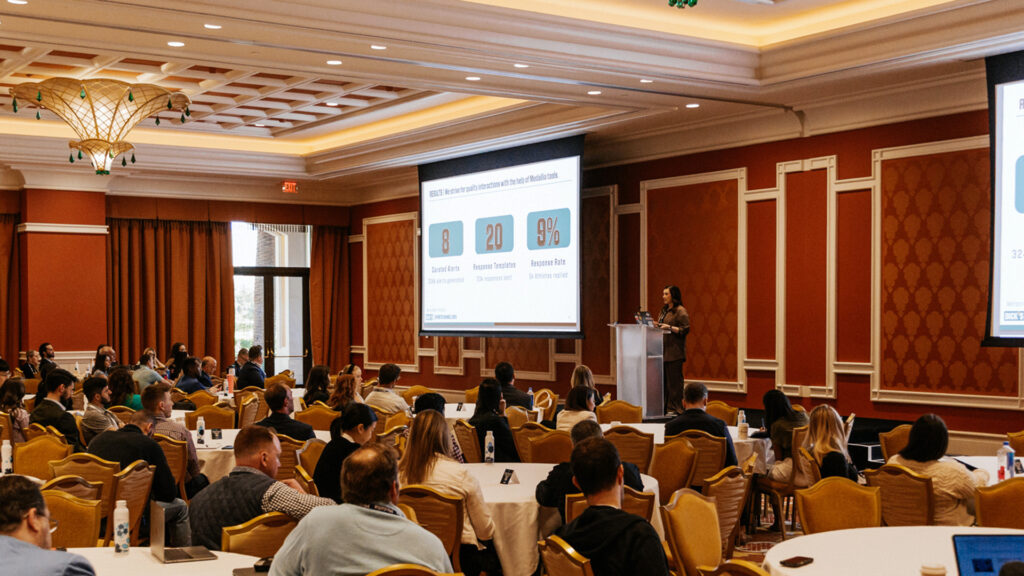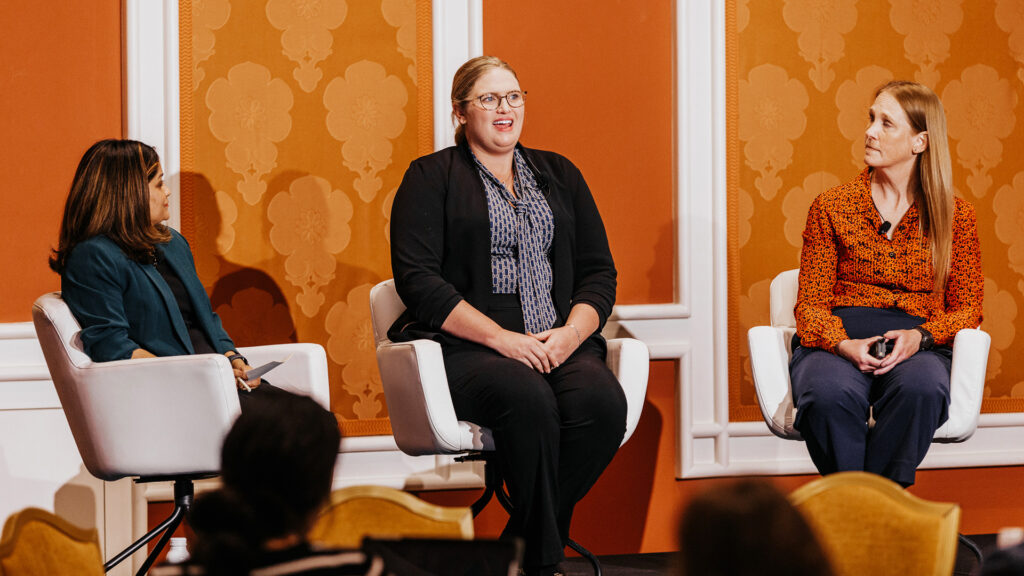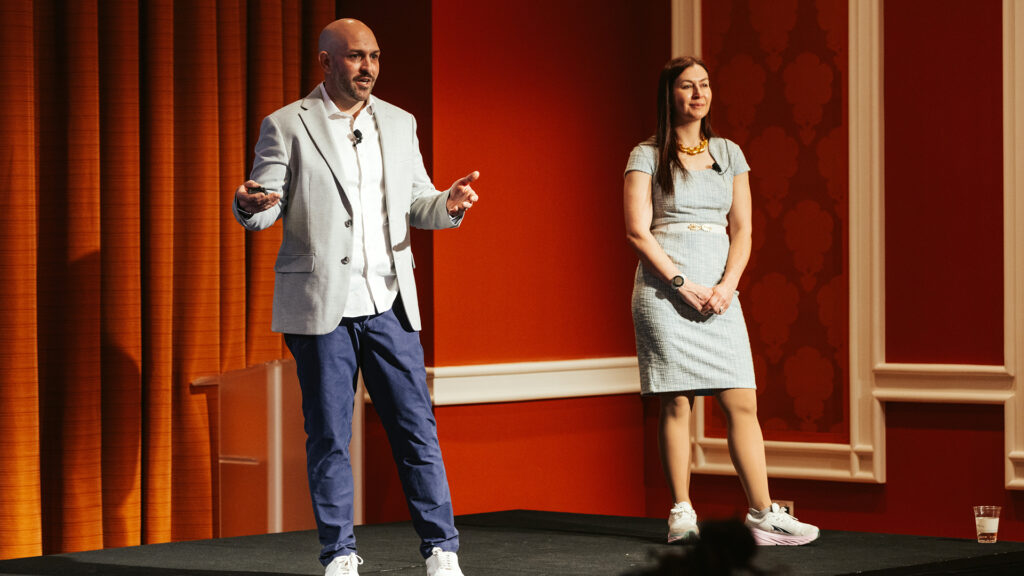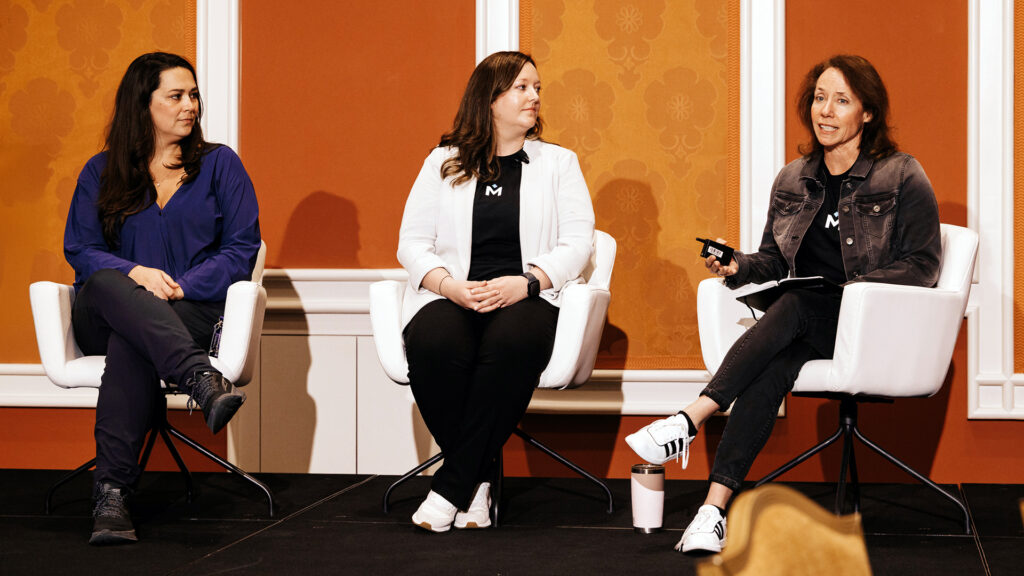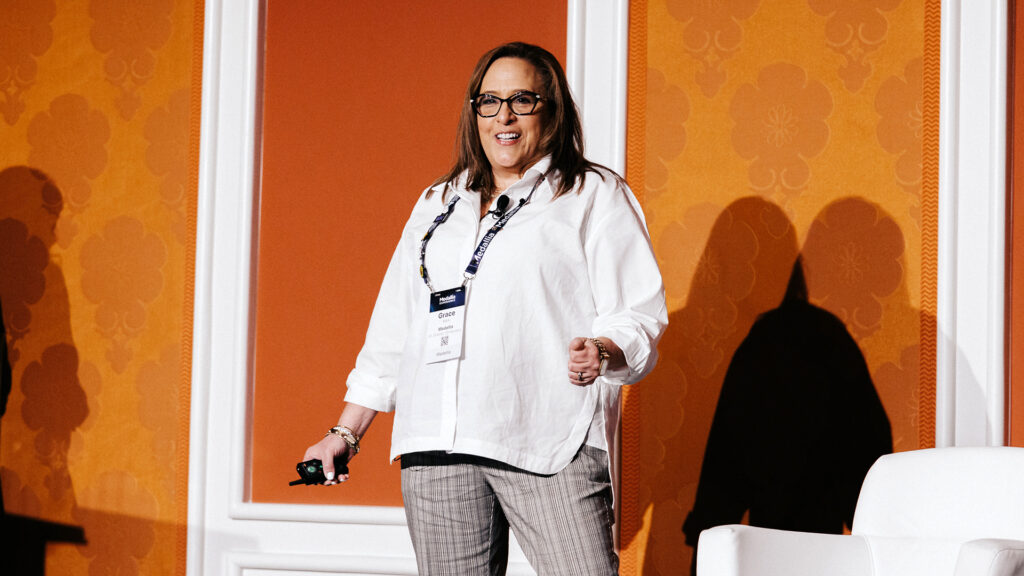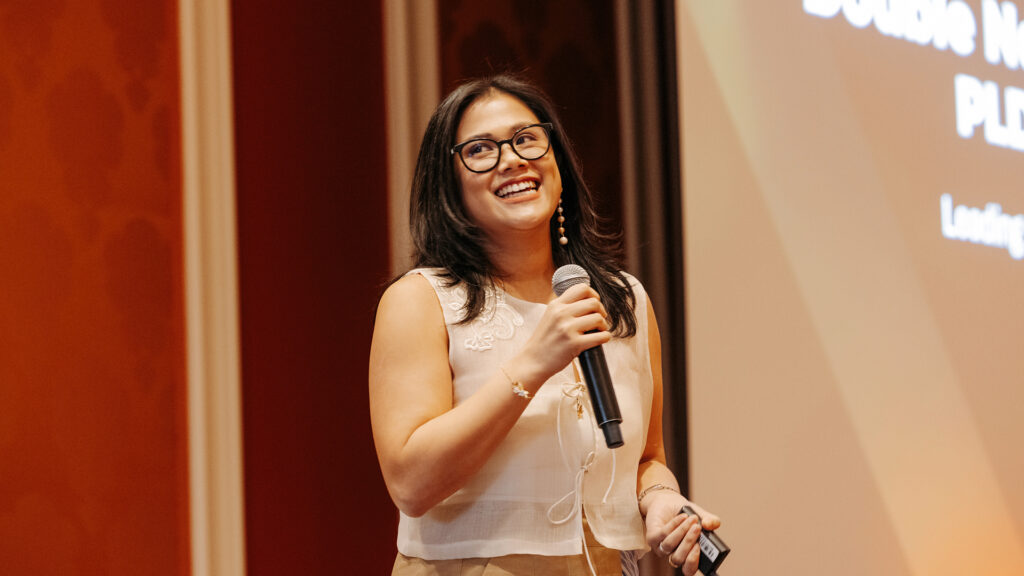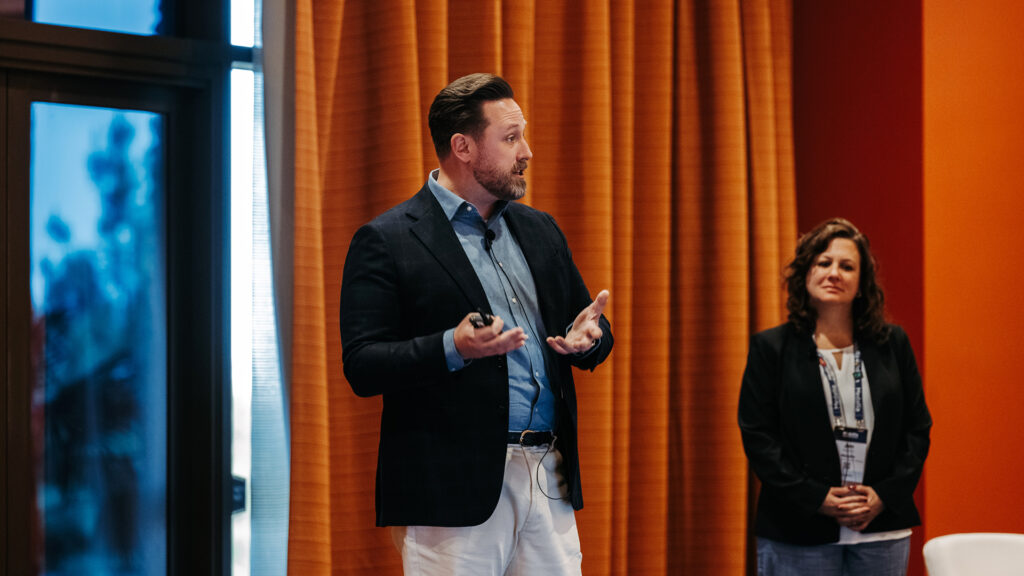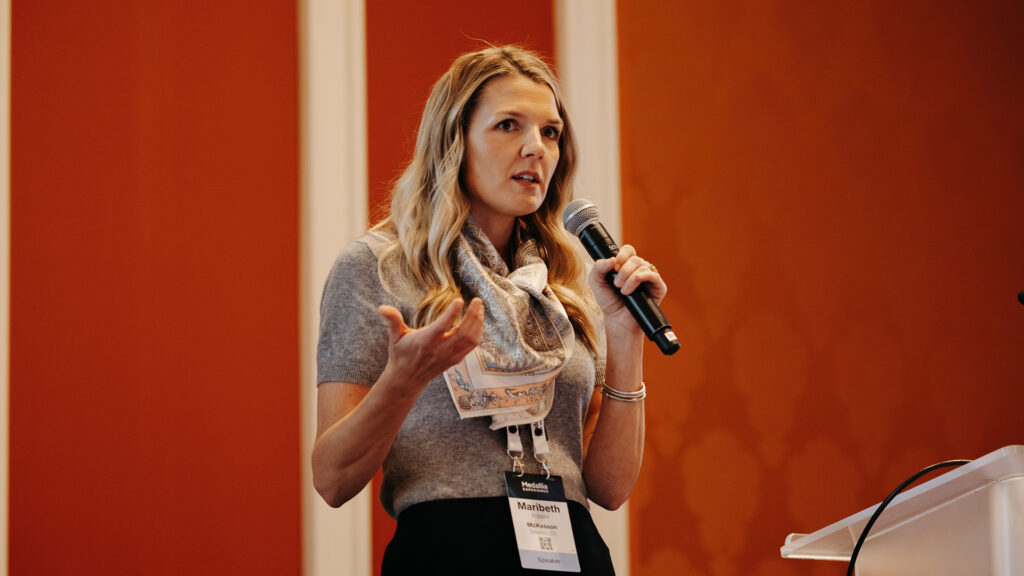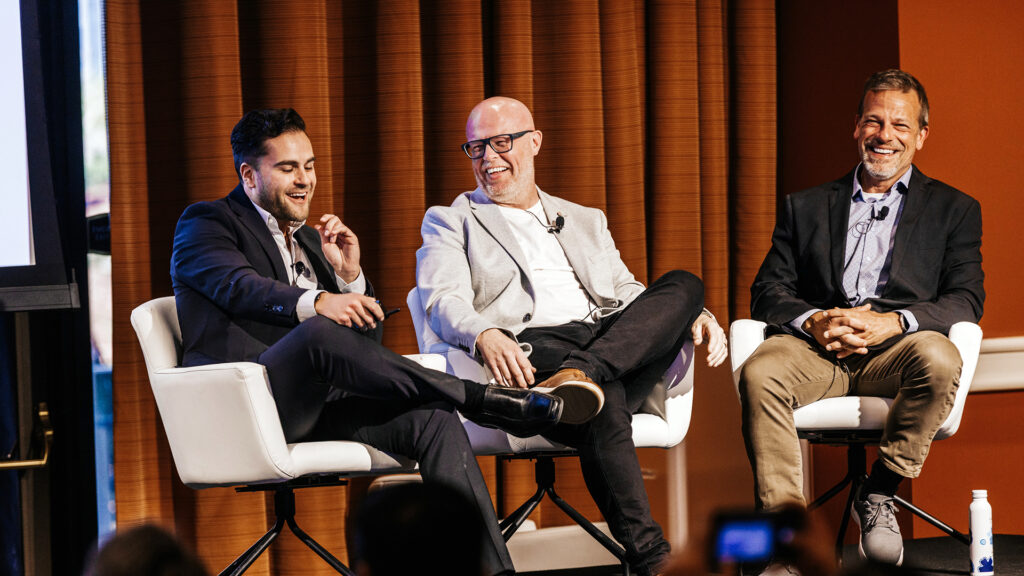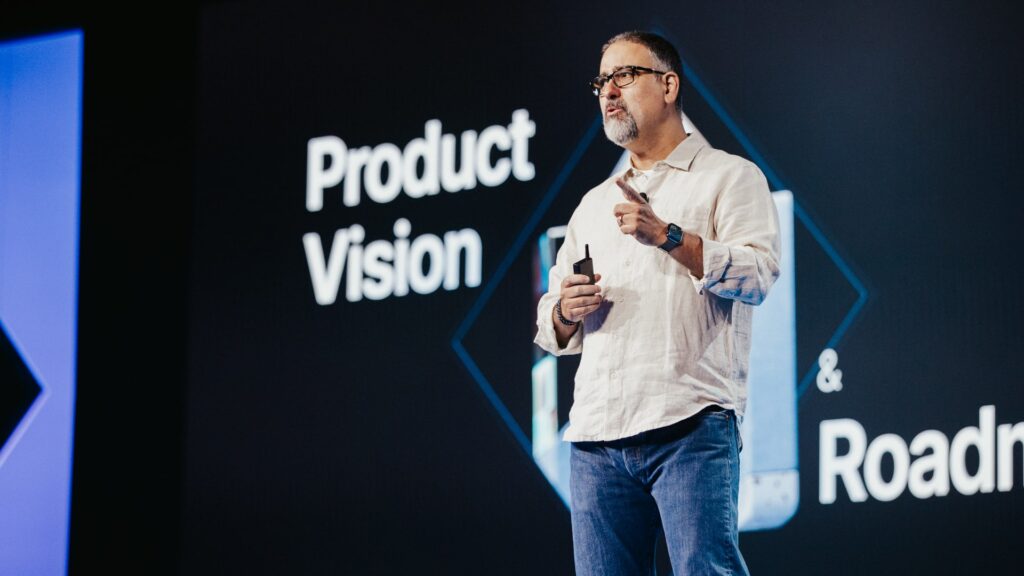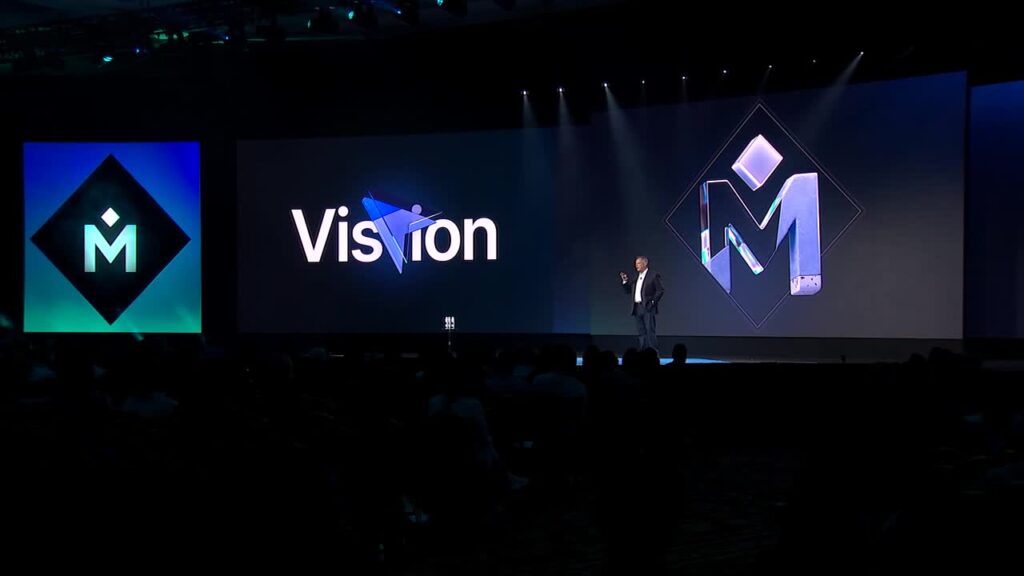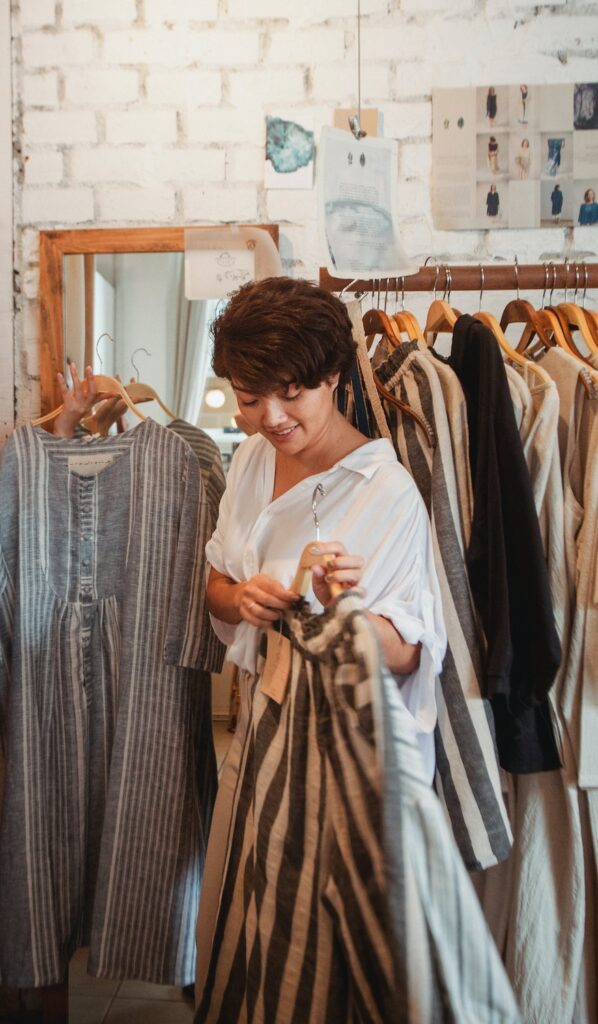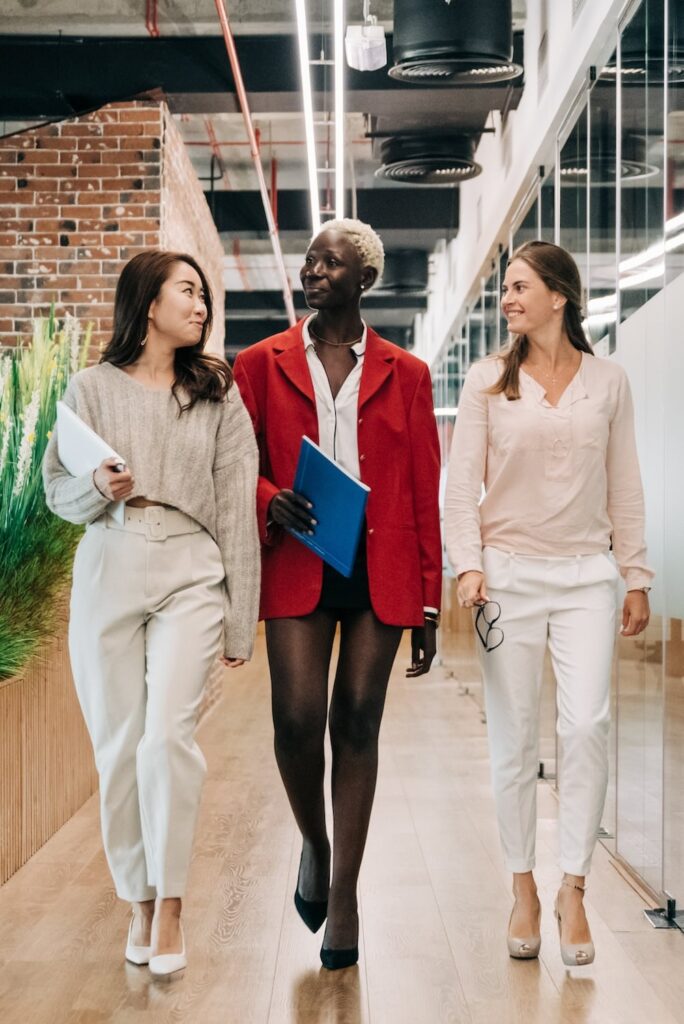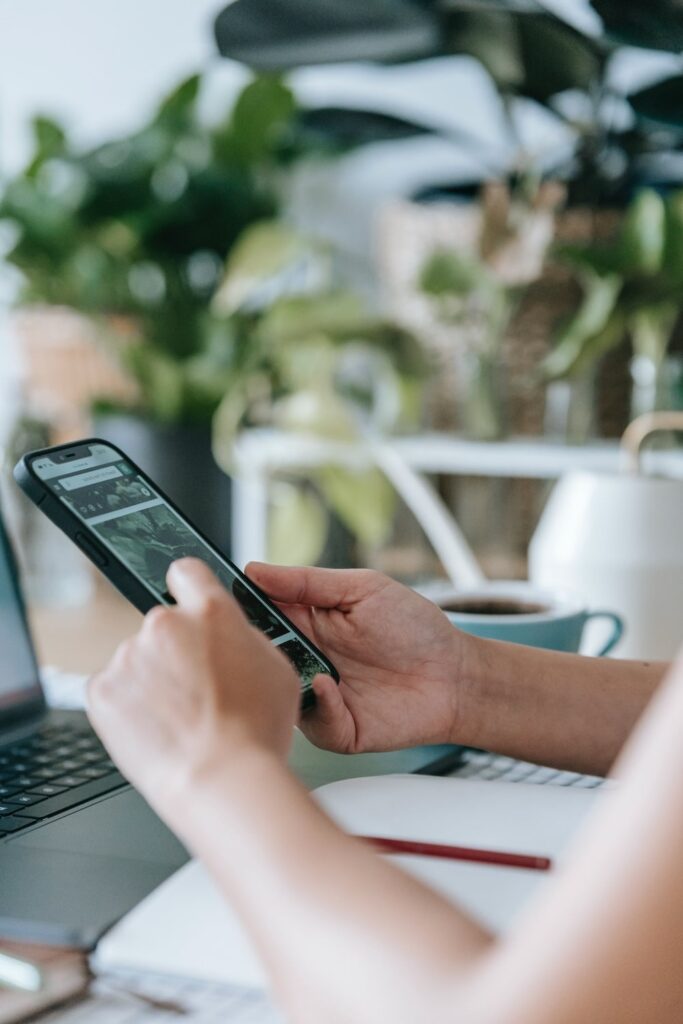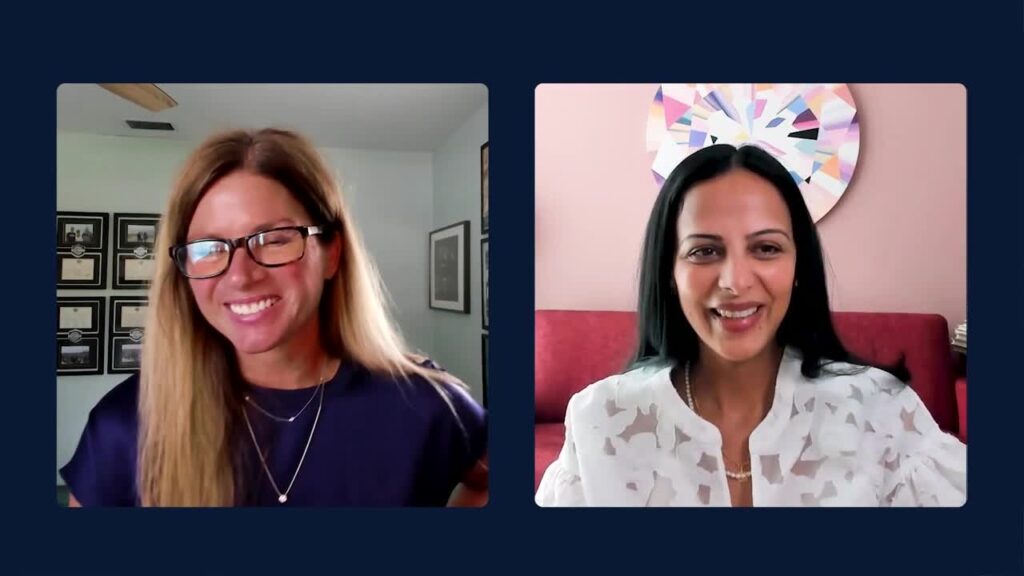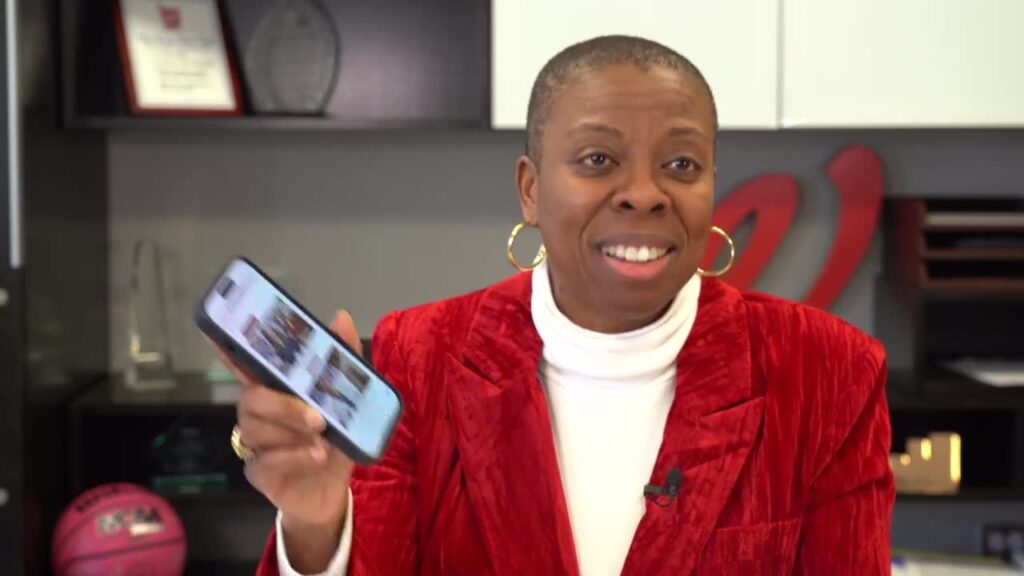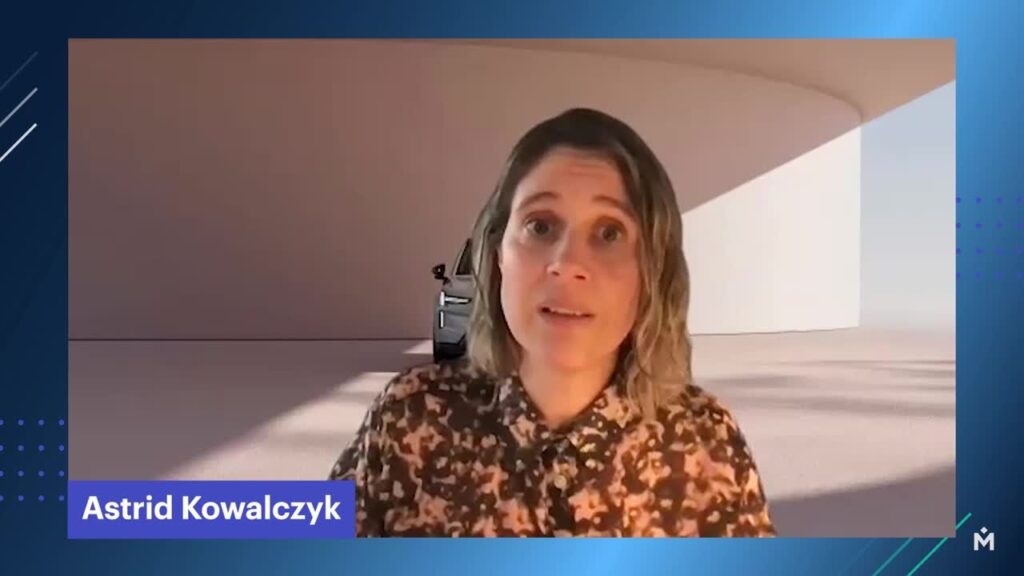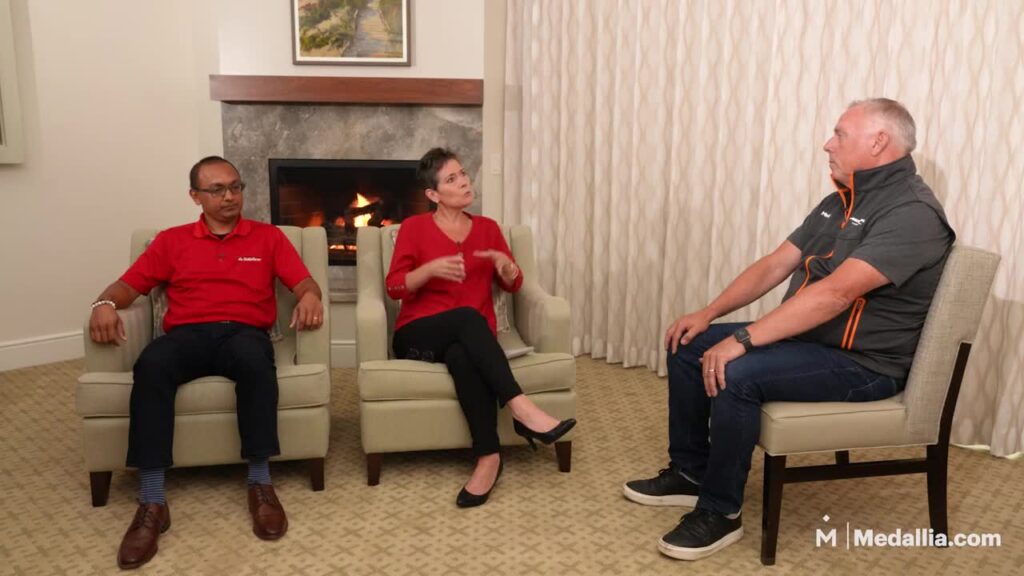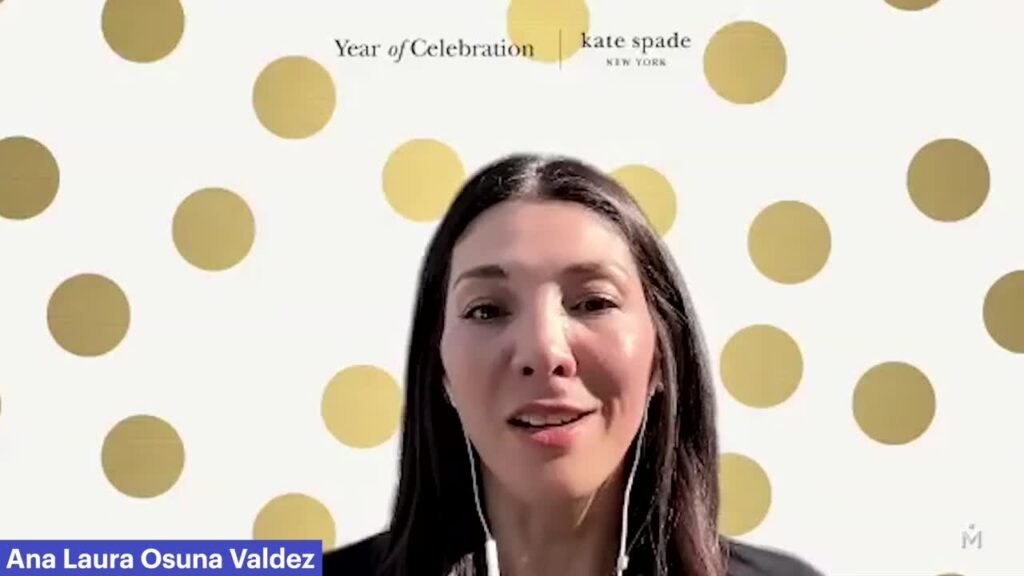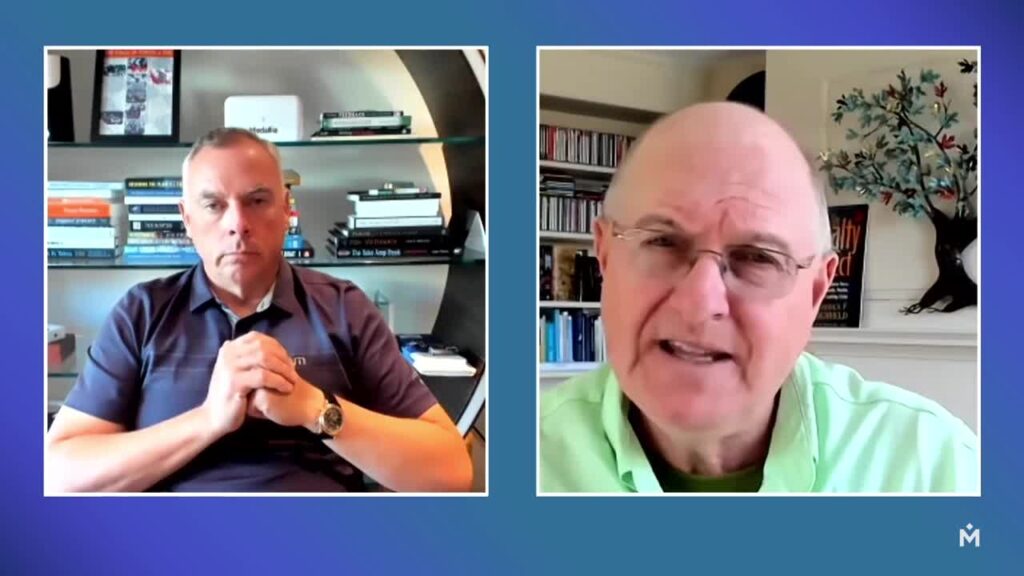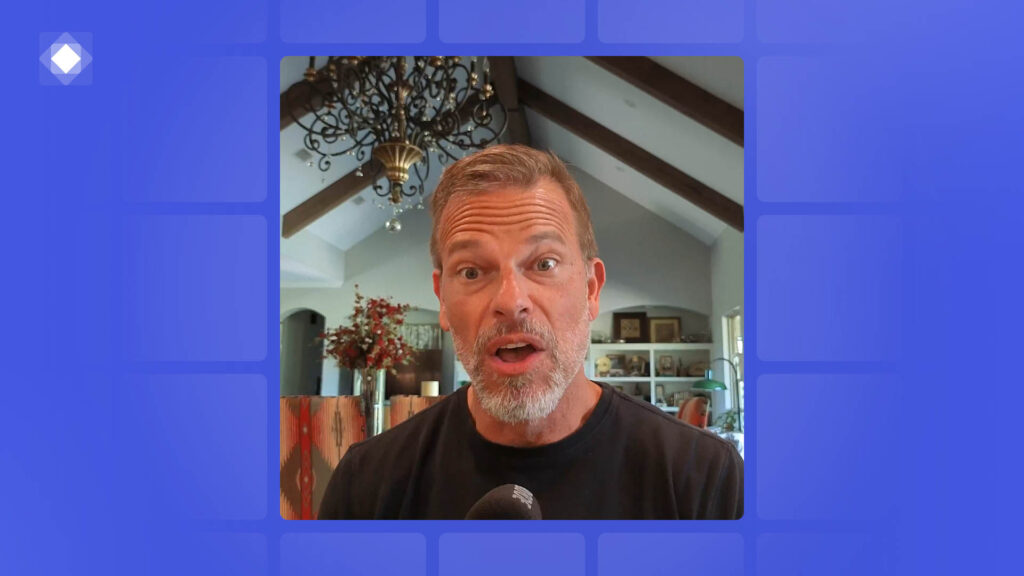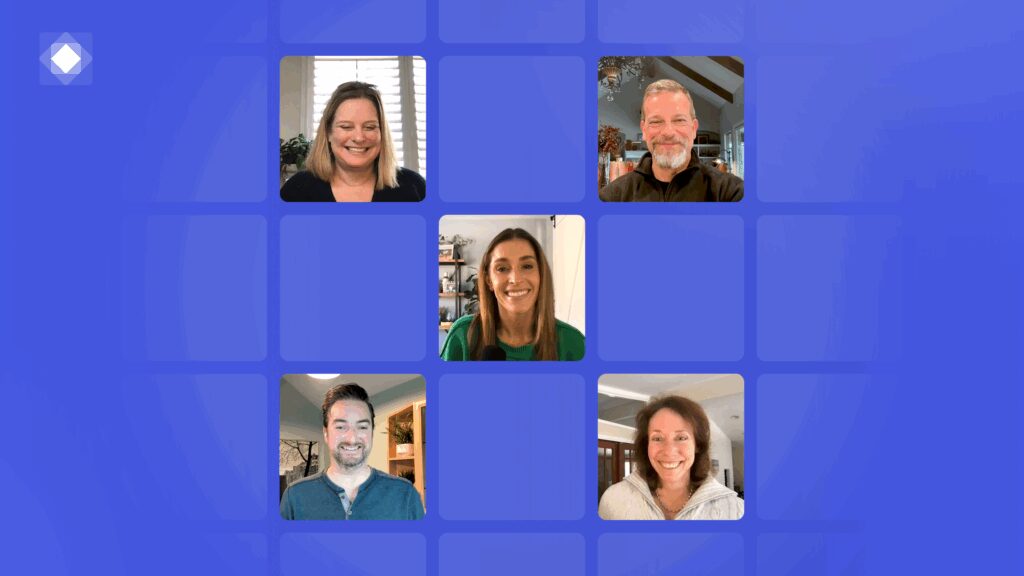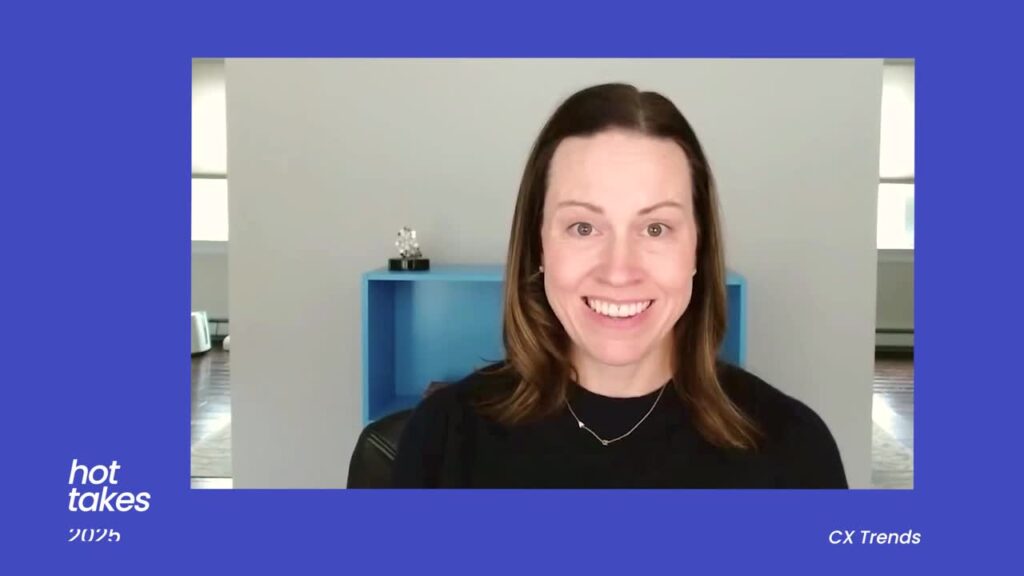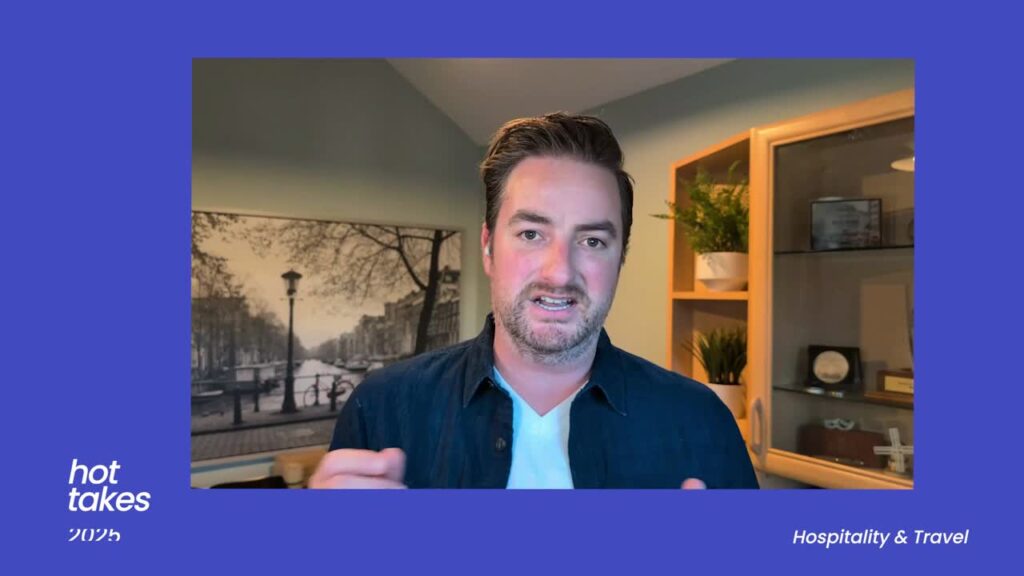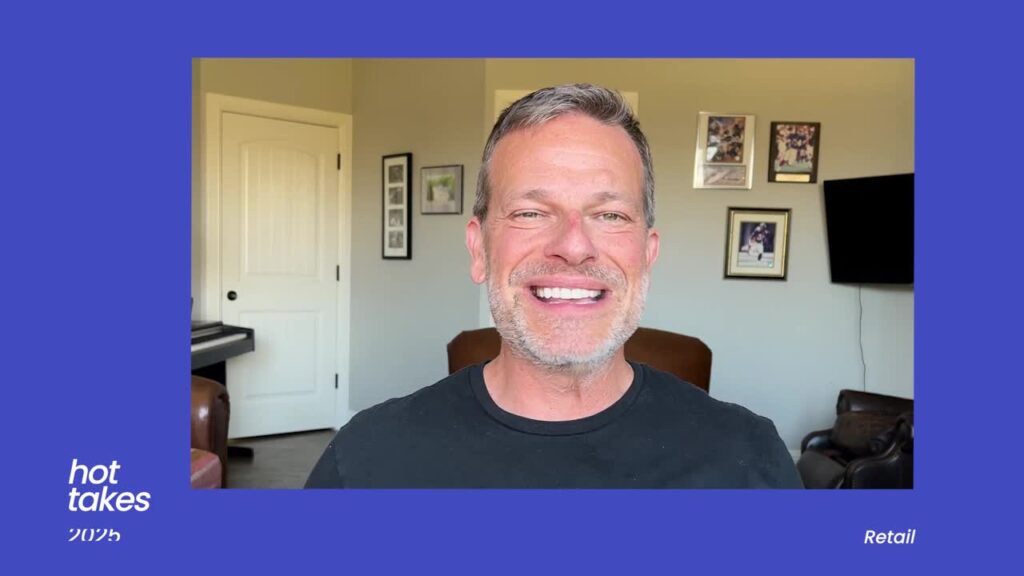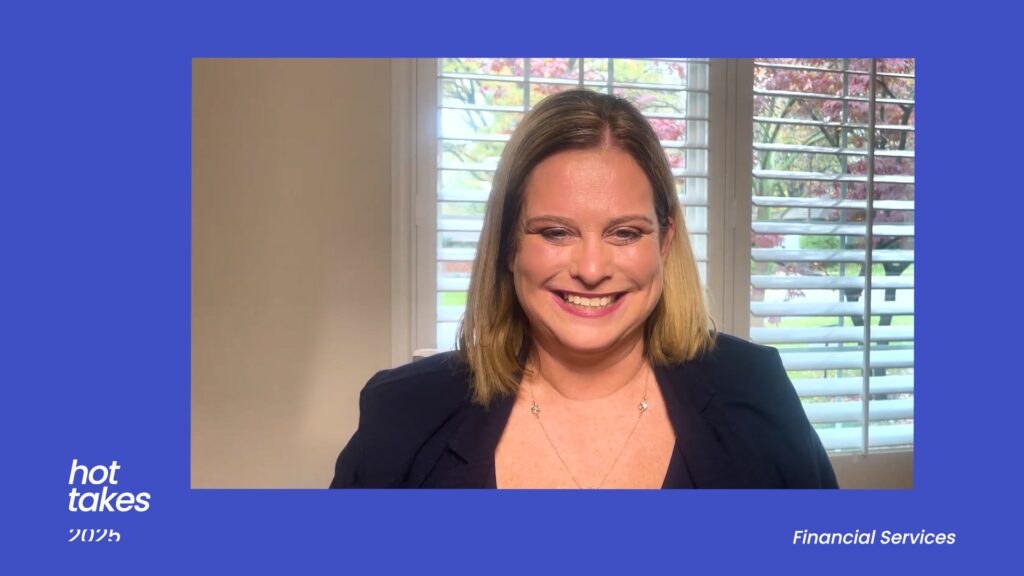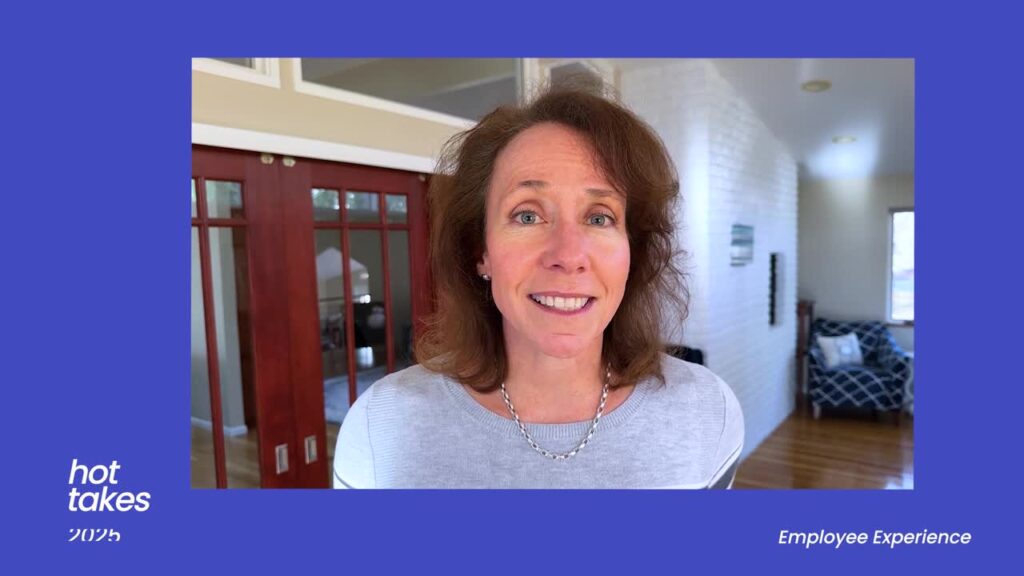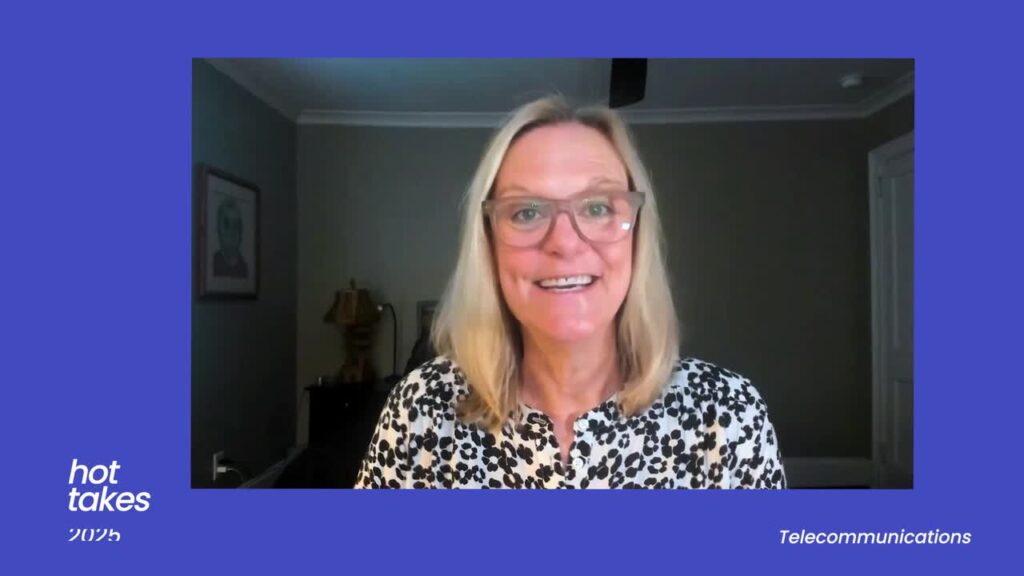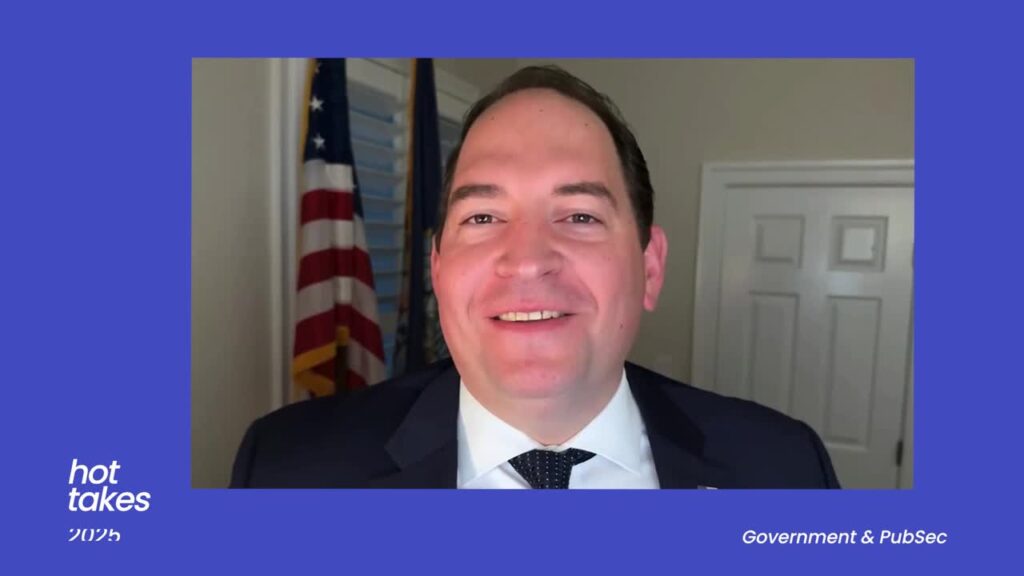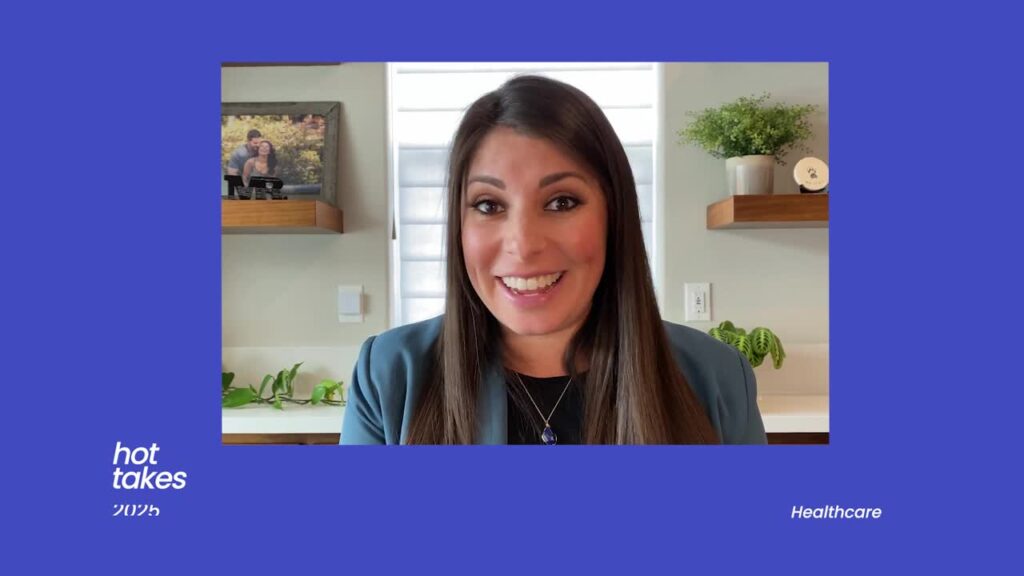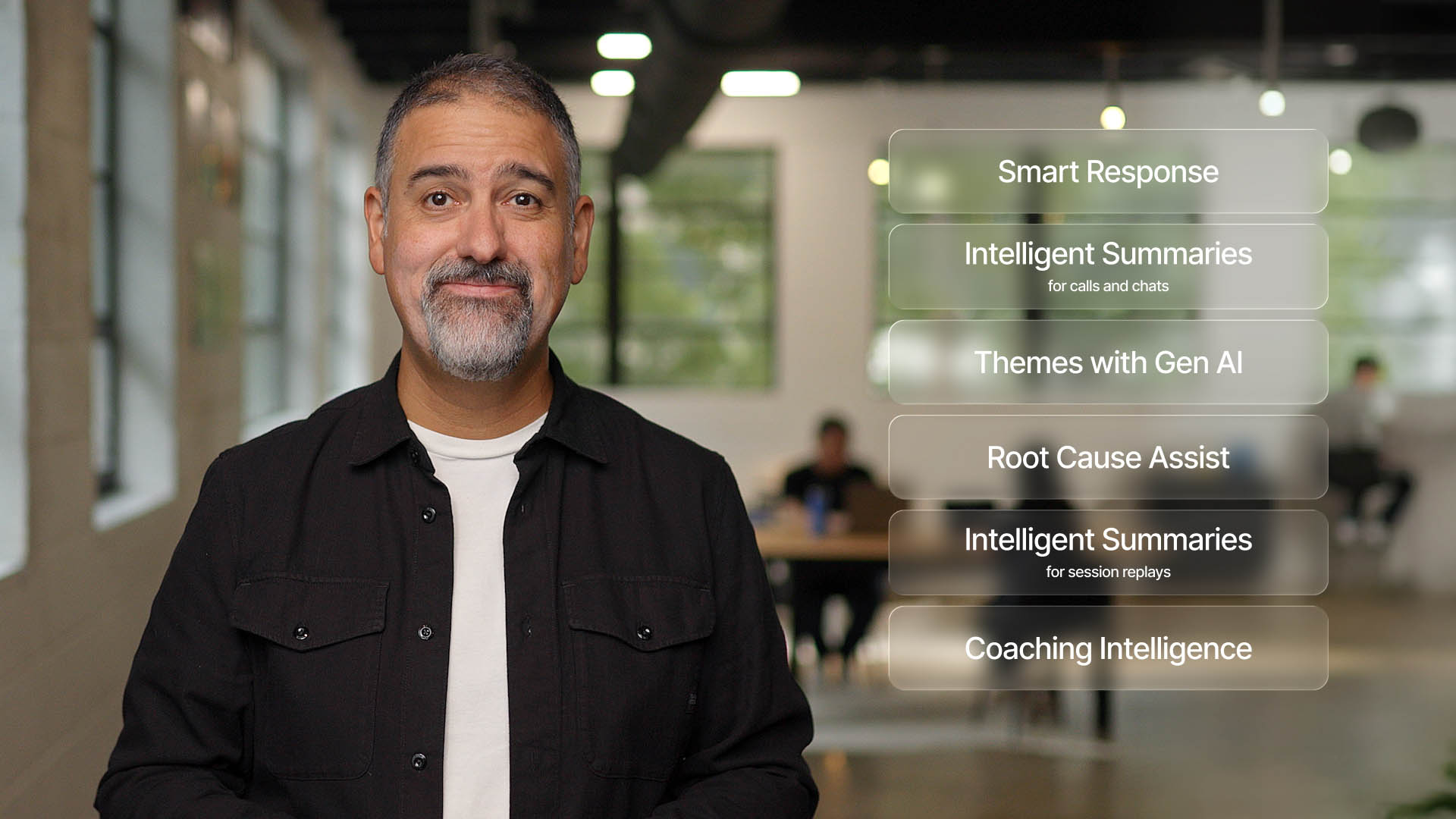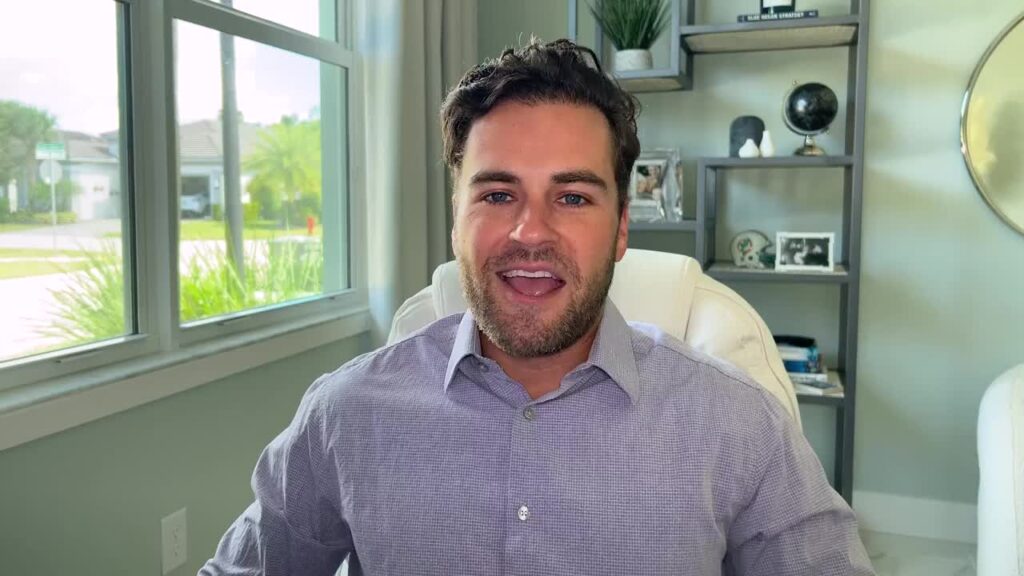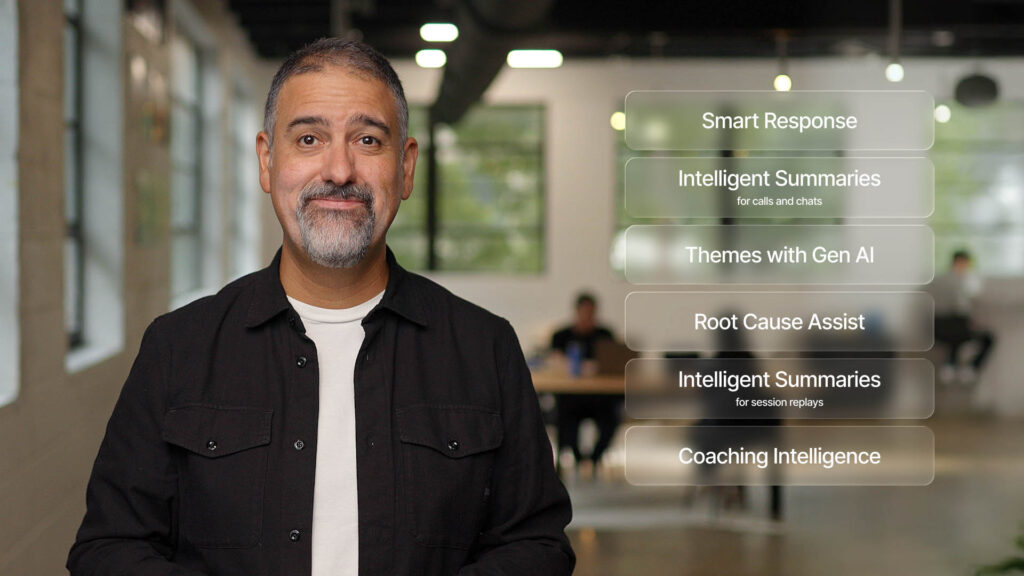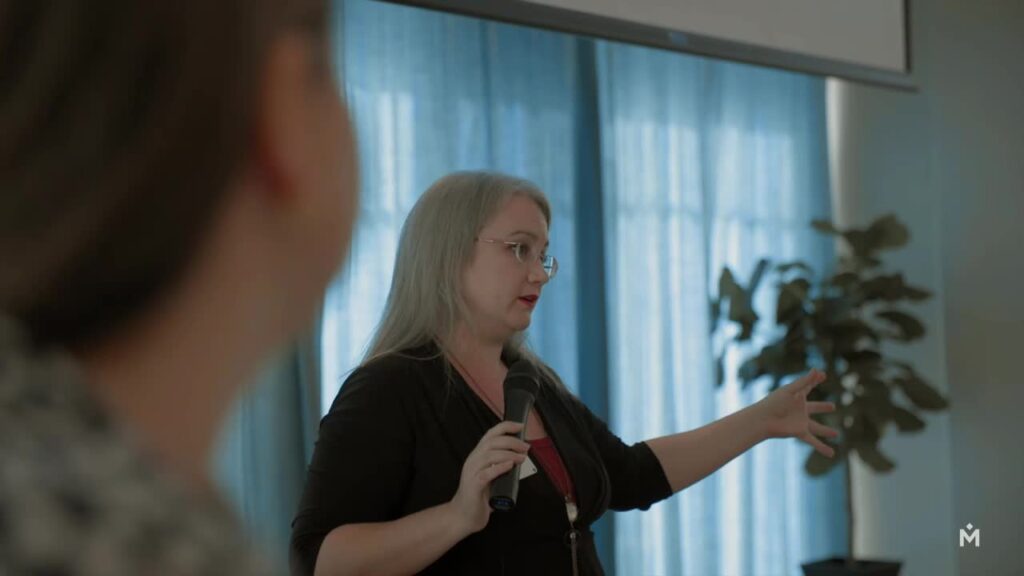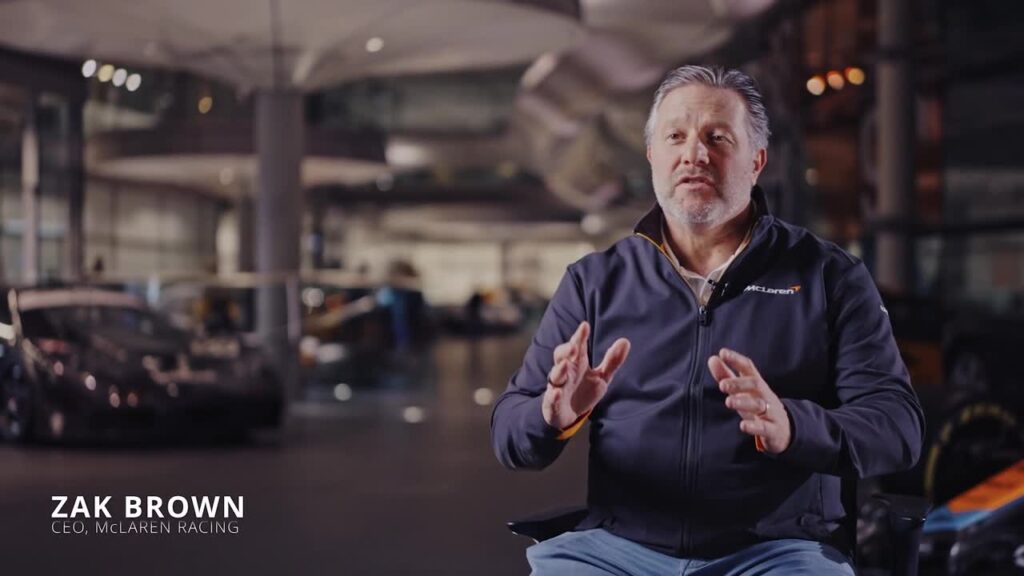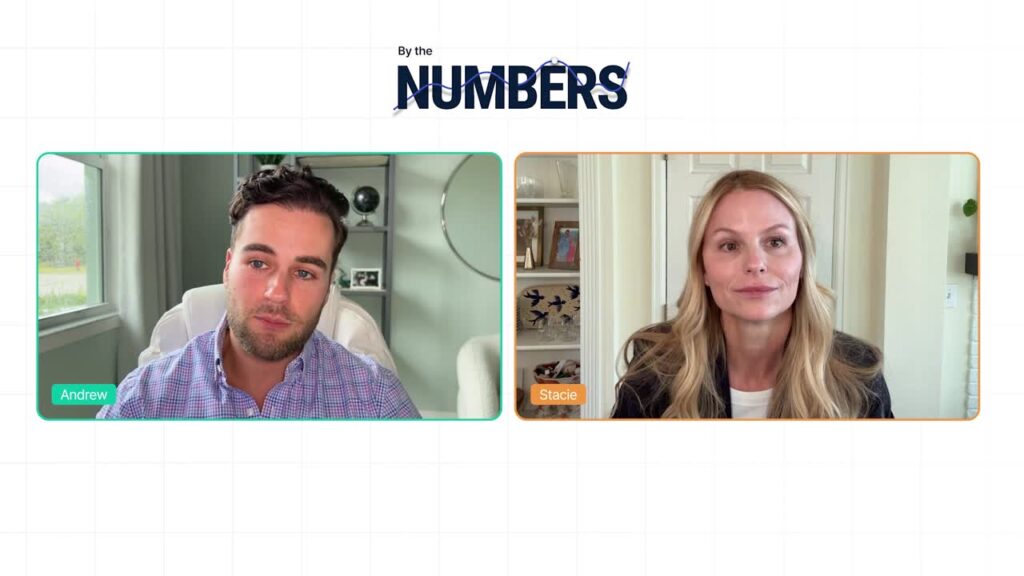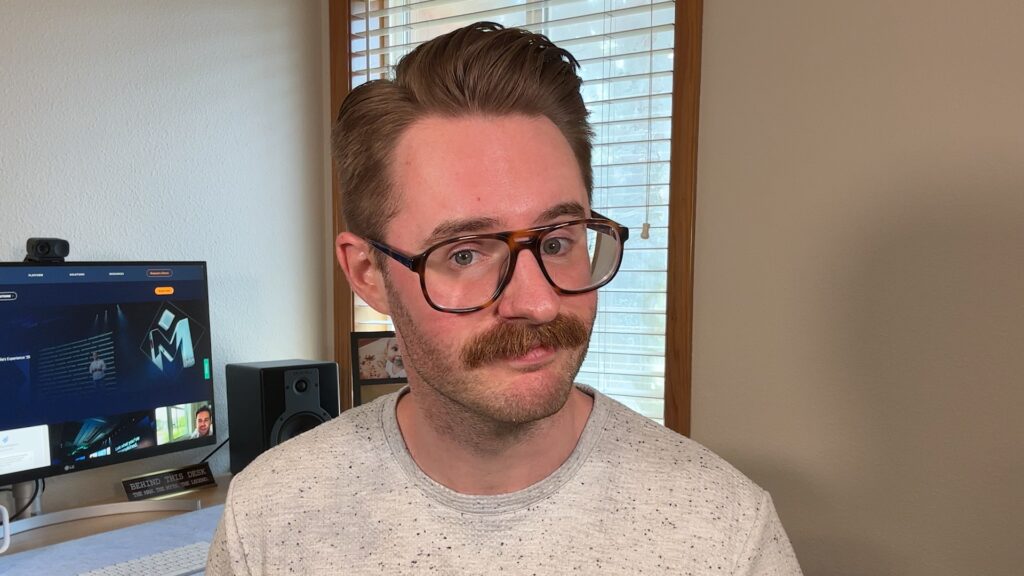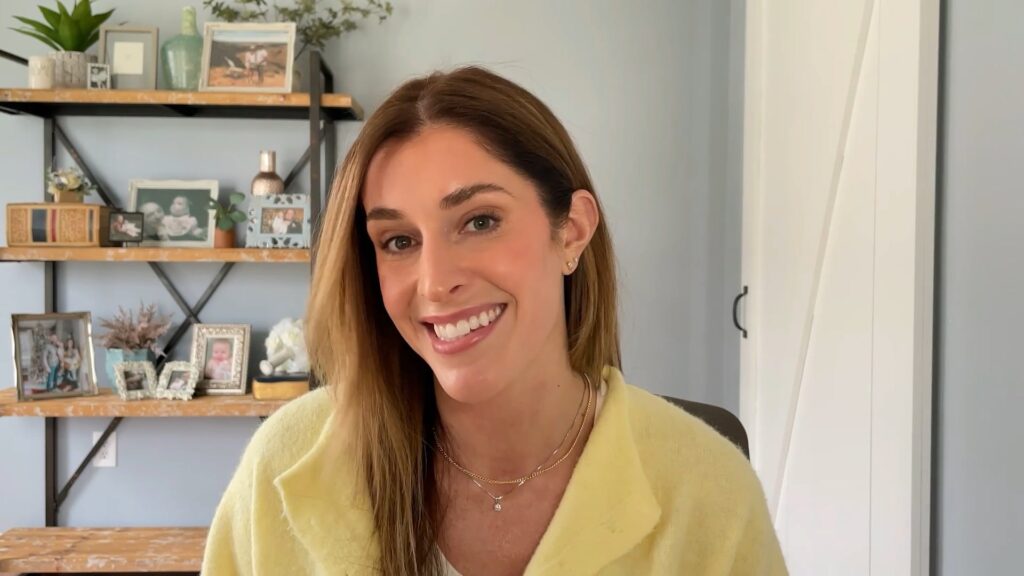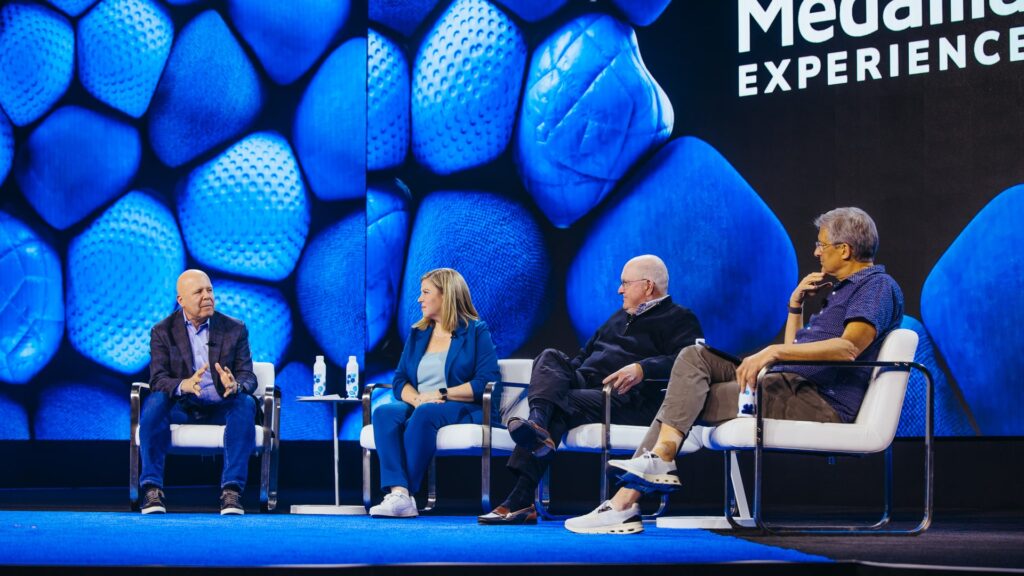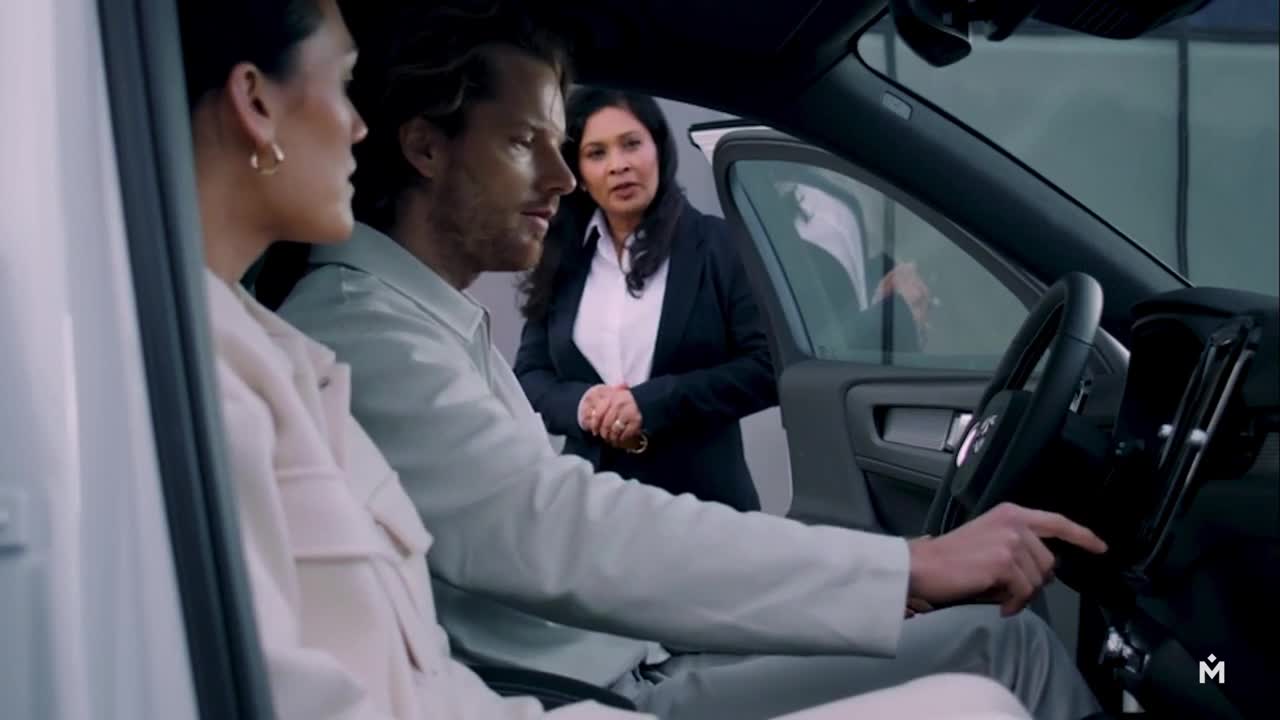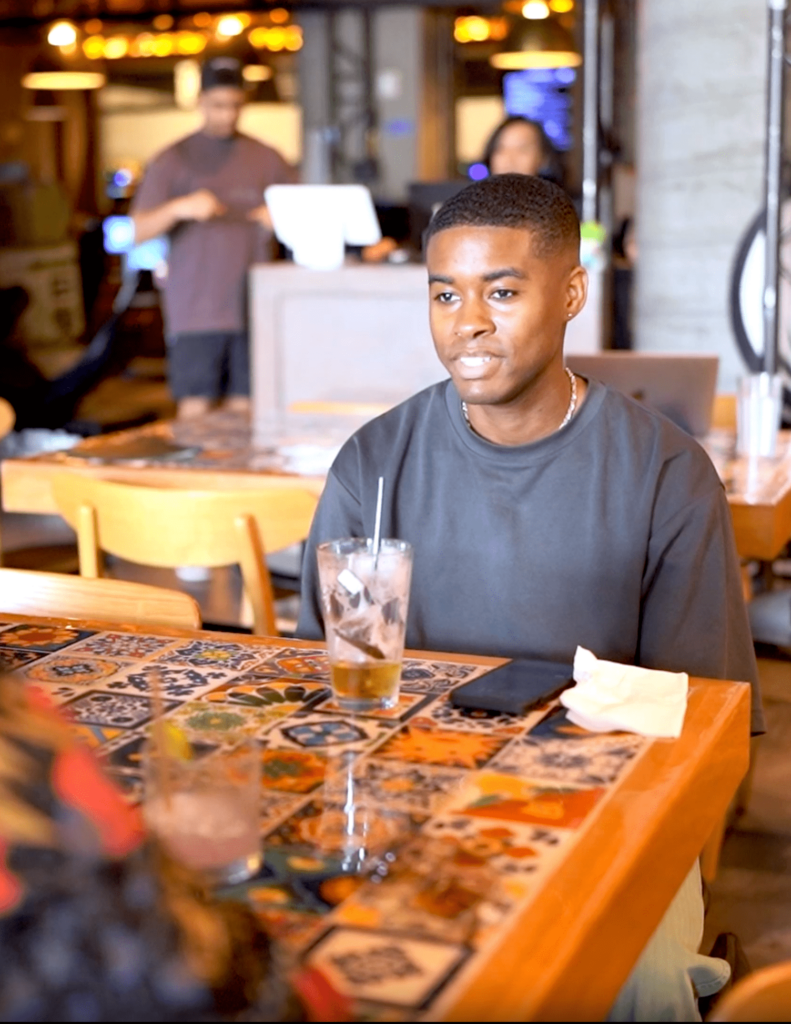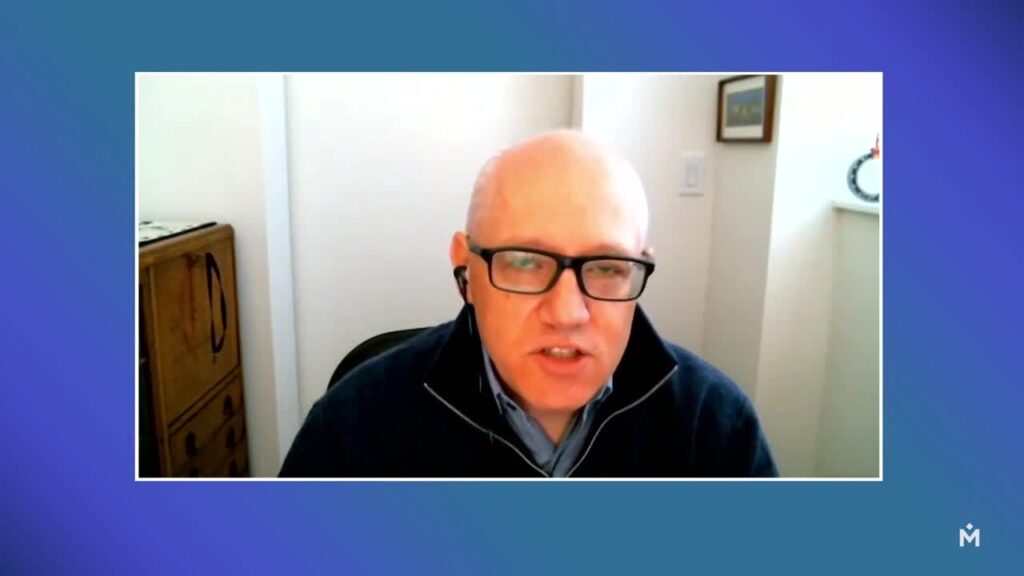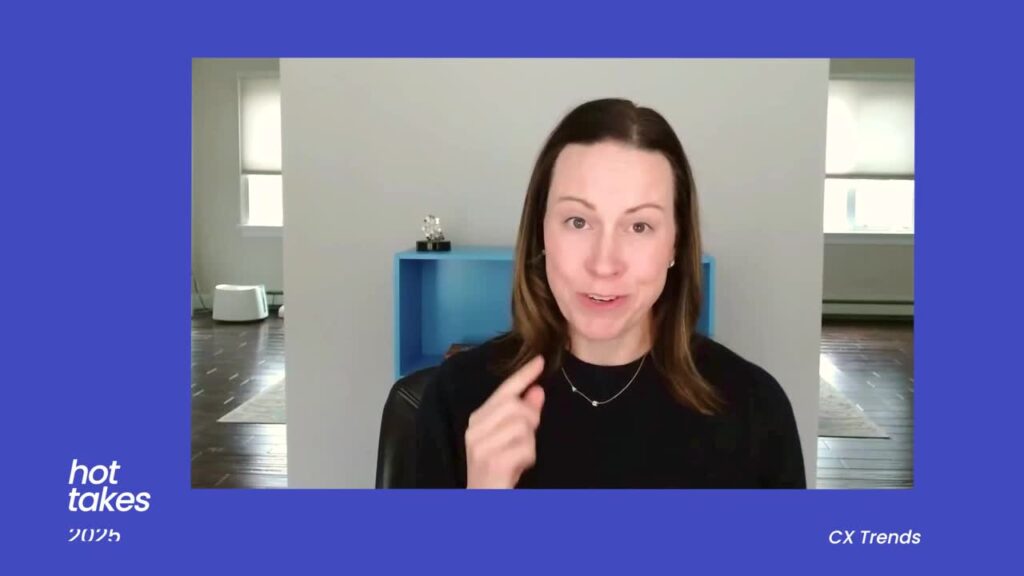Brittany Lytle: [00:00:00] Hi everyone. Thank you for coming to our session on Turning Athletes into Advocates through closed loop feedback. I’m Brittany Lytle and I represent the Dick’s Sporting Goods Omnichannel Insights team. So we can go ahead and get started. I’ll kick off with an overview of our topic. So as I mentioned, what we’re really gonna focus on today is our closed loop feedback program and how important it is to our company to connect with our athlete.
Just a precursor, because you’re going to hear it a lot. We refer to our customers as athletes and our employees as teammates. So a lot of. That will be integrated into the presentation here. But what we really want to share with everyone today is how we took our closed loop feedback program and integrated, personalized and efficient customer interactions to really get to the point of what they needed and meet them where they are in their journey.
So what we really wanna showcase, our three key pillars of how we leverage this and do this. Day in and day out. The first one is through streamlined tools, thanks to the Medallia platform. So we’ll go through what specific tools we use there. We also try our best to be as [00:01:00] personalized as possible with these different customers and just knowing that they each need something a little bit differently.
And then we also wanna make sure that we’re extremely consistent. We have a large store base, we also have a website and a mobile app. So we wanna make sure that we’re showing up consistently no matter where the athlete is talking to us and how they’re shopping with us. So kicking off with just a quick company history, we have been in business for over 75 years.
We started in 1948 in Binghamton, New York, where our founder Dick Stack went to, his grandmother, asked for money to start up his own store. So with the $300 in her cookie jar, he started what is now our very wide breath. Of stores. We have over 850 locations. We also manage Game Changer youth sports app.
And then we also have things that really give back to the community, like our DSG Sports Foundation, where we really emphasize how much sports matter and how much we really do believe that sports have the power to change lives. So I think the key thing for us is that we really and truly are rooted in our common purpose, which you’re seeing here on the [00:02:00] screen.
So we really do focus on creating confidence and excitement. To inspire, support and personally equip all of our athletes, and we consider our athletes, anyone who walks into our store. So whether you’re there for athleisure and walking shoes all the way through to your team sport adventure, maybe it’s your son joining Little League all the way up through high school adventures.
We really wanna make sure that we’re there to support you. Diving a little bit deeper into my team and what we really focus on at the organization, we really wanna make sure that we keep the athlete at the center of everything that we do. We find it incredibly important to be athlete focused and athlete first, making sure that we’re representing athlete, even if there is a business decision and there are other KPIs, we wanna stop and think.
What is the athlete actually telling us? What is resonating for them and what is their perception of what we’re putting out? We support the importance and socialization of these omnichannel insights, and we do that through our voice of athlete or voice of customer program, again led by the Medallia platform.
And we do this in a couple of different ways. So the first one that really is why [00:03:00] our, we’re branded the Omnichannel Insights team, is we collect different touch points all throughout the athlete’s journey. Again, in an effort to really make sure that we are meeting them where they are. We’re focused on how they’re shopping with us and we are encouraging them to cross over from one channel to the other.
We do this through tools and training. So one of the things that we’re really passionate about is making sure that we have the right tools at different levels of the organization. We have a ton of different store level users all the way up through corporate users. So it’s really important to give them what they need to be successful and not have this be just another task, but something that they can achieve and do day in and day out.
So what we’ll get into is how we leverage. Different mobile apps and then also how we leverage the desktop platform. And what we really do on a training perspective, and something that my team is very passionate about, is democratizing these insights and capabilities into the end user’s hand and making them feel confident with leveraging filters for their areas of the business and making sure that they have the tools that they [00:04:00] need in their specific responsibility.
And where we hope that this all leads to is in building relationships with our athletes. And what we’ll focus on today is closing the loop to build that relationship and move beyond a simple transaction. So this is one of our taglines and the reason why we really put a lot of effort behind closing the loop.
We truly believe this is the opportunity to humanize the experience and move from a simple transaction to a relationship. One example that we love to give is we have a lot of high heat, high demand product. Sometimes that can be extremely trendy. Sometimes it’ll last for a few years, but we don’t want an athlete coming into our store just to buy one thing.
We want them to become loyal to us. We want them to love their experience and say positive things about us. So how do we take the quote on the right? Where they got, a very popular Yeti mug and said that we were very good and have them build a relationship with us and actually have brand love for us, which is what we’re seeing on the right hand side, where an associate went out of their way to make sure that the out of stock product is something [00:05:00] that they can get rather than them going anywhere else.
We know that we carry products that are in other locations, whether that’s. Nike Direct or Kohl’s or Amazon. And so how do we differentiate ourselves and make people choose us over other places that they can go? So how did we get here? We launched in the Medallia platform in 2022. And so the first section we really wanna talk about is how did we initiate a closed loop feedback program?
We started very simple and we knew it was most important to get our front lines, whether that was a store manager or a contact center agent handling athletes who requested follow up. So really focused in on how can we get an athlete who requests contact the right answer in the most timely manner.
So that one alert where athlete request contact was routed directly to either the store that the experience happened at or directly into the contact center if they were best fit to handle that customer’s issue. We did have a few rapid response templates, which we’ll get into how we leveraged. That as a Medallia [00:06:00] tool, but for the most part it was more of a blank template and not much guidance for our front lines.
So where we really wanted to go is how can we scale this and reach more athletes and have our follow up be more impactful. So what we looked into was curating different alerts and sending them to the right audiences. What this looked like was having multiple different alerts that could be different people at the store level.
Some of them could have came to my team, some of them would’ve gone to a specific agent in the contact center. And in that way we were getting them the right answer more quickly instead of simply having a response that either apologized for an issue or then had them call in anyways and extended their journey of talking through a bunch of different teams to get what they needed.
We also then felt it was important to help guide the conversation and give our teammates tools where they didn’t have to do as much of the work on their own. So what that looked like was creating multiple rapid response templates that had logic. So they’re not showing up for every single customer survey [00:07:00] response.
Their only showing up based on certain criteria. And that again, eliminates the noise of looking through a bunch of different options and really focusing in on is this a positive athlete response? Maybe we’re just thanking them for their business. Or is this an athlete who needs more of an issue resolution?
And depending on what that issue is, could we proactively put something in our initial response, whether it’s a phone number to be contacted at, to see if we can get on the phone with them, or our return policy if they have questions on how to return something and just cut down on that extra work when we know that our frontline teammates have a ton of other tasks that they have to do.
We also focused on an updated case management form, and this really helped with our outer loop processes of taking that granular teammate feedback and having them communicate back to us. What issues are they seeing? Is there something that we can potentially fix in our upstream processes and share that with more of our corporate partners and really take what we’re hearing on the front lines and do something about it?
And that gets us [00:08:00] into kind of where we are today and where we’re still trying to evolve our program because we do have a lot more things that we want to do, and we’re very proud of where we’ve gotten to, but there’s a lot of new tools available that we would love to take advantage of. So what this has looked like is our exploration into alert assignment.
Currently, if it happens at a store location, as I mentioned, it’s gonna go to the store manager. If they don’t answer within a certain timeframe, it’s gonna escalate to their district manager and then to their regional vice president. However, if it’s a comment, even if it came from a store purchase that they.
Can’t help with, for example, if it’s a loyalty account issue, or again, it’s somewhere where maybe they wanna do a mail-in return, and that’s not something that the store can necessarily help with. They should be calling into our contact center. We would love to proactively take that survey response and reroute it to the right teammate.
So in doing so, we really hope that we can get, again, faster and more personalized and curated with who’s following up. We also have had really awesome success piloting with our corporate users, [00:09:00] so we have a very small group of corporate users where my team went and trained and really got specific on what is your area of business and how can we connect you back to the athlete?
I think a lot of the times it’s easy to sit at our desks and do our job and. Focus on our one product category or our one fulfillment channel. But when you take that step back and hear an athlete that either praised your work on the website or your product selection in the store, that can create a new connection where now they are understanding and hearing directly from the athlete and they’re communicating back to them directly.
So it puts the right two people together as quickly as possible. And then where we would really love to go with this is even more personalization. So we’re really trying to leverage. All of the data that we have available, we want to share what we know already about the athlete and not ask them so many questions, whether that is through survey questions or otherwise.
So things like their loyalty status, how much they spend, how often they transact with us. The more that we can get into our data, the more we know about that athlete and can communicate better with them. Then [00:10:00] lastly, we’ve just started figuring out can we start to link this to financial outcomes, to business outcomes?
We know inherently when we have an athlete that gives us high NPS ratings, they’re highly satisfied. They’re spending a lot with us. They’re a loyalty member that they’re probably more loyal and they’re going to have repeat business with us, but some could still fall through the cracks. Are they shopping with us out of necessity or are they shopping with us because they love our brand and they’re going to continue shopping with us?
Even after, maybe their children are in team sports or after they maybe lose the need for something that we’re carrying, we wanna make sure that we’re there for them through every step of their life. So the first thing that we wanted to dive into as far as Medallia tools is how we leverage alerts.
So I touched on a couple of these, but I’ll just hit on them a little bit more. We look at certain attributes, and again, this is coming through a data feed so that we do not have to ask the athlete in the survey. How they basically interact with our brand. So three that we called out here, loyalty status.
So this allows us to potentially focus on our most loyal [00:11:00] athletes, or at least recognize that we know that they shop with us a lot, they spend with us a lot. And especially if they’re also leaving survey feedback, that’s an incredibly engaged athlete and someone that we should take their feedback very seriously.
Maybe we wanna do more of a white glove response. And so who should that go to? Maybe it’s someone who shops in a market very frequently. We had this happen recently and for those of you who may know our store mall. Models were expanding into house of sport and really trying to be more experiential.
We had an athlete that’s been shopping in a house of sport market for years and years, and they were actually a little league coach. So it was really cool to be able to connect that athlete just based on one survey response to the store manager at House of Sport, where hopefully we can be even more involved in community there.
We also pull in how you placed an order. So we offer a lot of different ways to get your orders, whether that’s through same day delivery, order, pickup, in-store purchases, or shipping to your house. So it’s really important for us to understand the journey that, of how they got their product so that we can account for were there issues [00:12:00] with our carriers?
Do we have to work back with them and figure out what’s going wrong there? Are we getting credit for our speed? Does it matter that we offer same day delivery? And really looking at our business model and leveraging athlete feedback in a very different way. And as I mentioned too, it’s really important to assess what they spent and what that means to them.
We sell a lot of awesome shoes. I have way too many. So just recognizing what categories they’re buying and how that might show up for them to make sure that, again, we are taking the level of care. Understanding what that order meant to them. A lot of the times people are purchasing gifts, so even more important to treat those packages with care and ensure that we’re showing up consistently and seamlessly.
We also create alerts based on the actual feedback, so less about data attributes, more about what they’re saying in the moment. So that can look like benchmarking off of text analytics topics. We have an incredibly robust. Topic subset. And so we really wanna take advantage of that. We wanna speak to the athlete on the topics that they are mentioning.
And what this can look like is, maybe they told us an item came in bad [00:13:00] condition, or maybe they said, I love my new pair of Jordans. We’re starting to pick up on what brands resonate for them, what experiences are really working well, and where do we maybe fall short and taking that and having actionable feedback come from it.
We also love to celebrate the positive, which again, I think through our evolution was something that was lacking maybe when we first started. And so using survey responses and athlete feedback as a recognition tool has been a game changer for our company. We often refer to them as moments of, wow, you might see it hashtag on LinkedIn occasionally.
We really want to empower our teammates based on what the athlete is telling us. When I was talking to my team, even right before coming in here, we got two really positive athlete feedback responses saying that they love our teammates, they love our brand, and it was just another feel good moment of this connection matters, and it can be as quick as that simple note back and forth just to establish that relationship.
The last thing on alerts is we also look for opportunity areas. So we love to celebrate the positive, but we also constantly [00:14:00] wanna get better. So are there areas where we can automate, and I know I heard part of this in the keynote, are there ways that if an athlete requests to be opted out or that they have incorrect information loaded into their account, how do we get them into the hands of someone who can fix that quickly without the putting the work on the athlete to continue to call in or figure out where to go from there?
Similarly with order assistance, as we saw with the first quote here, how can we get better at reading an athlete’s response and realizing they left our store or our site without getting everything that they wanted? Are we able to save that sale and show them we have other fulfillment methods and ways that we can get this back in your hands and show you our fulfillment network within Dick’s Sporting Goods?
Then lastly, we see coaching as a huge opportunity largely in our expansive store base, and this really will help with consistency. So we have certain alerts set up that will show when an athlete requested assistance but did not receive it. We have alerts set up again around more of the fulfillment experience if an item came in poor condition or [00:15:00] if they receive the wrong item for whatever reason.
We wanna kind of dive in further there and make sure that our teammates have their operating processes and everything that they need resource wise at the tips of their fingers when they are working so quickly and efficiently with athletes. The other thing that we love to use from the Medallia platform are the mobile tools, and we find this most important with our field users, just knowing that they’re constantly on the go.
We find it really valuable for our leadership team as well when they’re traveling to stores, which they’re doing very frequently. Two areas that I wanted to call it here is the Medallia Mobile three app. We have gained a ton of traction from our store user base, so store managers are frequently using Medallia Mobile three to close the loop to assess what athletes are saying that day.
And the latest, version of M three really allows that to be quick and easy and mirror what they’re seeing on desktop. It is a lot easier for a store manager who’s walking the store, coaching teammates, and going about all of the other tasks. To be able to do something in the palm of their hand than it is to [00:16:00] sit in the back room and consistently respond to athletes.
So connection of mobile along with rapid response templates that can be, again, curated as possible with plugins where they can personalize, will reduce the time and make the interaction a bit more quality. And then we also love to use Medallia voices. I’m probably stealing this from Medallia, but they always tell us it’s easy enough to enjoy with your cup of coffee, and that’s how we promote it throughout the building of.
Just get, 10 to 15 cards read through. Truly from an omnichannel perspective, what are our athletes saying? And don’t just read that, but also react to it and share it out. And so what we love about Voices is the ability to share out these cards in an easy to use format. All you have to do is click the arrow.
You’re either forwarding it. Off to someone or you’re congratulating someone. So again, really pouring back into that recognition tool. We think it’s so powerful if we have one of our executives or even a regional vice president that sees this, recognizes a teammate at the store level who they [00:17:00] might not interact with quite often and send this message their way, cutting down on the need for knowing emails and all of the different intricacies of those emails.
We are able to load in suggested people. So the example you’re seeing here, if it’s a store response, we actually preload the store district manager and regional vice president into the option to congratulate or forward. Again, just trying to make it a step easier If it’s a fulfillment order, we do have that routed to our corporate fulfillment team, and so again, just really trying to get the feedback back in the right hands if there is something that we can correct or if it’s something that we can celebrate.
As we let off with training is incredibly important. I think that this is really the part where we wanna make sure, and this is something that our CEO says a lot purpose over task. We do not want to see closing the loop as a task or something that they’re closing out and moving on with their day.
We wanna see it as an opportunity to connect. So we have these three key pillars here around. Leading with empathy and making [00:18:00] sure that we are authentic and genuine and really coming across, not automated even if we are using automated tools, but that this is a connection to the store manager that you potentially interacted with or to someone within our brand.
And the one way that we kind of level set that is say, what would you expect in a response if your mom, grandma, whoever is walking into the store, what level of service are you going to give them? If they call in and they’re frustrated by something, how do you connect with them and how do you work to resolve their issue?
So really. More being in a partnership with them, especially when issue resolution is required. And then as we’ve shown, really leveraging platform tools and how this has really been beneficial, especially as we move into more of our corporate users, following up with athletes is leveraging criteria.
Through alerts and filters. Filters are one of our best friends. We love to refine our filters to add more, to make them specific to each person’s role, so that again, the lists aren’t getting out of hand. And so we felt it was really important that for a corporate user we may need to get [00:19:00] more specific to the product category.
A lot of our alignment is to a certain product category, so you may only be looking for baseball feedback, and we need to make it easier for you to find that response and follow up. And not spend so much time investigating. So one-on-one training, curated training. That’s how we get to that level from a field perspective.
We also join a ton of district trainings, and this is something we have done for years where we can really take a moment, an hour of their time when they’re already focused on a lot of other trainings. And dive deeper into their specific district. So it’s a curated training. While the Medallia toll was functioning the same, we wanna look at it through their lens with their data and really try and give pointed impact on how they can improve the athlete experience.
Sometimes it’s as simple as us going through and seeing how they’re following up with an athlete and realizing. Hey, you forgot to put their name in the first line right there. It feels like I’ll miss an automation. So how do we even get better at those quick little sound bites that can make a big difference [00:20:00] to the athlete reading the email on the backend.
And then the last piece is again, how can we knowledge, share and show appreciation? I. For this is really where we feel we can be a differentiated brand. Again, our products are not always unique. We do have a ton of great ones through our own vertical brands, but at the end of the day, if you needed to seek out something a bit more simplistic, you could, but what we offer is that essence of knowledge, whether you’re shopping on our website through the mobile app or in stores.
We wanna make sure that comes through loud and clear, and it can come through when we’re solving an issue. One example we love to share, especially with our field users, is if there is an out of stock product, instead of just apologizing to the athlete and maybe they go about their way, maybe they’ll look at our website, maybe they won’t.
If we proactively in the moment either offer them an alternative in the store, even better if it’s one of our vertical brands, get them loyal to a brand that we carry. Or if we offer to order it for them online and showcase our fast shipping speed and how we really are omnichannel [00:21:00] and can move beyond just our brick and mortar locations, we are educating them in that moment.
Are we offering them to become part of our loyalty program? Are we offering them our credit card? What are all of those little benefits that come along with being part of the Dick’s Sporting Goods network? So what we really wanted to do is show an example of how is this coming to life. So this is a real example that happened a few months ago, and we started with where did the experience occur.
Part of this was what we were getting through data attributes, and the other part of it was what the athlete actually said. So what you’re seeing in their top comment here is, this was my first time using. Dick’s Sporting Goods. So initially we know first time shopper. They’re probably not in our loyalty program yet.
We have an opportunity to share our knowledge and also appreciate what they said in their first time experiencing us as a brand, because they’re also showing advocacy in their last statement, which, is amazing for a first time shopper saying that they are going to make us their first choice.
So we took that experience and decided that through one of our corporate users. [00:22:00] We should use one of our rapid response templates, but personalize it to what this athlete kind of stated in their response. So what we did was we suggested not only starting a relationship with them, but giving them a slight call to action.
And again, that education piece around, Hey, did you know we have a mobile app? And here’s what you can do. The mobile app, if you download a need to shop with us again, sometimes the conversation stops there. We don’t always expect an athlete to continue the conversation, but it’s awesome when we do see that we added value.
So in this case, we were able to learn even more from the athlete because they did respond back, which is the third screenshot that you’re seeing here, where they’re really saying, this is customer service and I need to let you know that you are doing excellent at this. So it was just that affirmation that these connections.
Really do matter when we act with personalization and authenticity of our brand. And this is someone that hopefully we will see shop with us again and again, and maybe in multiple channels now that they’re aware of what we have available. So how does that translate [00:23:00] to actual results and proving out to our organization why this matters?
This is really where the Medallia platform is brought to life and how we can leverage it and track our efforts to optimize our closed loop feedback. So where we sat coming from last year is we have eight curated alerts. Thinking back when we first launched, we had one. So we’ve made strides there as far as.
What should we be calling out that matters that is actionable, and who is it getting to? We then also have opt our response templates, so we have up to 20 response templates. But what I think is most important to communicate here is you’re not seeing all 20 in your dropdown at once. It’s not overwhelming to the user.
We really try and condition those off of the athlete that they’re talking to. For example, if it is a loyalty member, we will flag a loyalty response just so that we make sure we at least hit on. That you are loyal to us and you shop with us frequently. If there is a question around return policy, we have one where the URL is already put in there so that there [00:24:00] is, again, less onus on the athlete to go find that information, or on the teammate side belaboring their response because they’re also doing investigation.
So where has this gotten us so far? Last year we saw a 9% response rate back to us, so in that last slide example, it was they submitted a survey, we reached out, and then they reached out back to us. And I think this is really where we want to move into identifying all our responses, quality over quantity.
So how are we going to do that? What we’re really looking to do over this year, and some of what we’ve already started, is focusing on effectiveness and quality. That purpose over task that we share as an organization. So what this has looked like so far is being able to track two measurable outcomes.
Can we identify athletes where we follow up with them? What does their return rate look like? What does their spend look like? Are they shopping with us more frequently because we’re following up? Is there a difference in our follow up between issue resolution or proactive outreach or [00:25:00] just thanking them for their business?
Does this look different based on their NPS score? Are we growing their NPS score over time through these interactions? So these are all things that we are just starting to explore all within our Medallia dashboard, taking people who we have followed up with. We also, as I mentioned, really wanna get to a point organizationally, and this is more.
Culture, building on quality versus completion. We don’t want these to be tasks or things that we’re just rapidly closing out because the athlete requested contact. We also don’t wanna send a ton of automated, thank you. Messages. And then the same athlete is getting that redundant message, so really being cognizant of who’s reaching out what they’re saying, and how often we’re connecting with the same athlete.
We really feel like this will also help with our advocacy, and again, as I mentioned, that personalized response strategy, the more that we can do to get the right responses in the hands of the business owner essentially, or the person that you interacted with, we feel like we can make strides there and make it a much more.
Easy, enjoyable, and relationship [00:26:00] building conversation. So the one thing that we did wanna suggest that we have not used yet is TX profiles, and we see a lot of potential here. So I would encourage all of you to talk to the product owners. I know we certainly are going to stop by and see how we can leverage this because I think it really will help.
With the quality of our program and being able to see their full omnichannel journey. If we’re encouraging it now, we really wanna see how that takes shape and how many times we’re speaking to the same athlete again, if they’re growing with us over time, whether that is in. Spend our satisfaction and really try and get to that one-to-one level so that our very big brand and our 850 store base with our website that we’re showing up consistently and seamlessly each time.
Closing out today, just wanted to share a few final recommendations of what we think has worked for us and where we really see. Actionability and alignment. The first one is creating a solid foundation, so really leveraging your Medallia platform from survey design all the way through to alert curation and who is actually closing the loop and making sure that [00:27:00] you’re using those semi-automated tools and training on it so that your end users, the people that are following up, are comfortable with what you’ve made available.
The middle one was huge for us gaining buy-in and support. So a lot of this came from sharing actual examples. So that slide that we showed where it was survey response, how we responded, and how the athlete responded back, that resonated for some of our leadership to see, okay, this matters. How do we take that further and prove out those measurable outcomes?
So again, really just having the support, setting goals for it. So even in our small corporate pilot, which was another big success, we said, follow up with one athlete per week. Make it super achievable. Just find one response where you think that you should be connecting with them. Whether it’s they said something that you’re passionate about, maybe you love to play basketball, and you can create that one-on-one personalization.
Or maybe it is a category. If they’re saying something was displayed so nicely on the site and you are the one that put it on the site, who better to hear from than that site merchandiser. And then finally identifying the best respondent. This [00:28:00] has really pulled through the entire presentation, but we really find that it’s important to have someone who is committed and passionate and.
Kind of navigate the gray area. This is not a black and white task. We don’t want it to come across that, it’s just one blanket statement that everyone’s hearing from thick sporting goods. So where can we really find ways to find solutions, thank them for their business, and make sure that this is a full relationship building exercise.
Q+A: Going from one alert to the eight curated alerts, what would you say was the biggest player, was it. Backend data, segmentation of customers? Was it text analytics topics? What was the biggest player you created? Those more, enhanced, curated alerts.
Brittany Lytle: Yeah, I would say for our first alert it was really set on.
They were dissatisfied and they requested contact. So pretty basic, two pieces of criteria where we moved to was if it was in store, we know how important the teammate connection is and teammate assistance is. So we looked [00:29:00] for what they were saying in their responses, which led to TA topics, but also where they answered some of those more behavioral questions.
Were they greeted? No. Okay. Then they couldn’t have got did they get assistance and piecing those two to three pieces together to have one of those curated alerts. So that would generate a missed assistance. And what we also made sure of is that it’s not a required follow up to the athlete.
We left it more as an opportunity area. Do you want to use this internally more on that outer loop spectrum of I’m going to coach my teammate so that this doesn’t happen again? Or do you find it being worthwhile to still reach out to the athlete and give them that validation of here’s actually what we’re going to do about it?
Q+A (2): What hurdles did you face when implementing close up feedback? What we’re trying to do at my company too, right now? Especially around item security in terms of you’re sending information like, Hey, we know you spent this much money. How much are you worried about this being a spam? How did you navigate that conversation too?
Brittany Lytle: That’s a good question. I think even starting [00:30:00] with a very simple personalized subject line and telling them where they shopped at, especially when it’s a purchaser, which again, a lot, a large amount of our feedback is a purchaser, so I don’t think it’s too intrusive to say I. We know where you shopped and how much you spent because you transacted with us.
You know that you have that receipt. So personalizing the subject line to have, not just the brand that they went to, but the store location if it is an online order, recognizing that it was an order. So even just changing the language to. Your visit to a Dick’s Sporting Goods versus your order with Dick’s Sporting Goods, I think has helped.
And then the body of the email, just making sure that, again, we’re communicating who we are upfront and signing off with something that is a little bit more official. So when my team follows up, we will tagline it. Omnichannel Insights team. We have a team email if they need us, when it’s the contact center, they have their own distro.
And we have our customer service line included in nearly all of them as well. So just gives that valid validity that it truly is coming from a Dick’s Sporting Goods teammate.
Q+A (3): How do you know it’s a first time customer? Does [00:31:00] you, do you have that already with pinging A CRM before it comes in?
Or do you have to go afterwards and append some type of data to that?
Brittany Lytle: We would love to get to a point where our data is more connected. What we do now though, is we do ask a survey question saying, was this your first time visiting Dick’s Sporting Goods? So that right there can be a very quick and easy flag, especially if they tell us it was their first time and they’re trying out a new service, like same day delivery.
That felt like a great opportunity as we were piloting same day to say, let’s connect with this smaller base of athletes and really learn from them before we’re moving to scale. It’s definitely a balance for us. Again I know I talked a lot about what we can know upfront so that we’re not asking them that, but we offer like a lot of flex questions.
We do as much conditioning logic as possible. So for the athletes that get that far in the survey, if we can leverage that information, we will. I also think that there is a level of perception based, maybe it was their first time in the last year and that’s how they read the question. So getting more granular and connected back to the reality of [00:32:00] when is the last time they shopped with us?
Are they lapsed? Are they brand new? Are they consistently purchasing with us? That would be our end goal, I think. Thank you.
